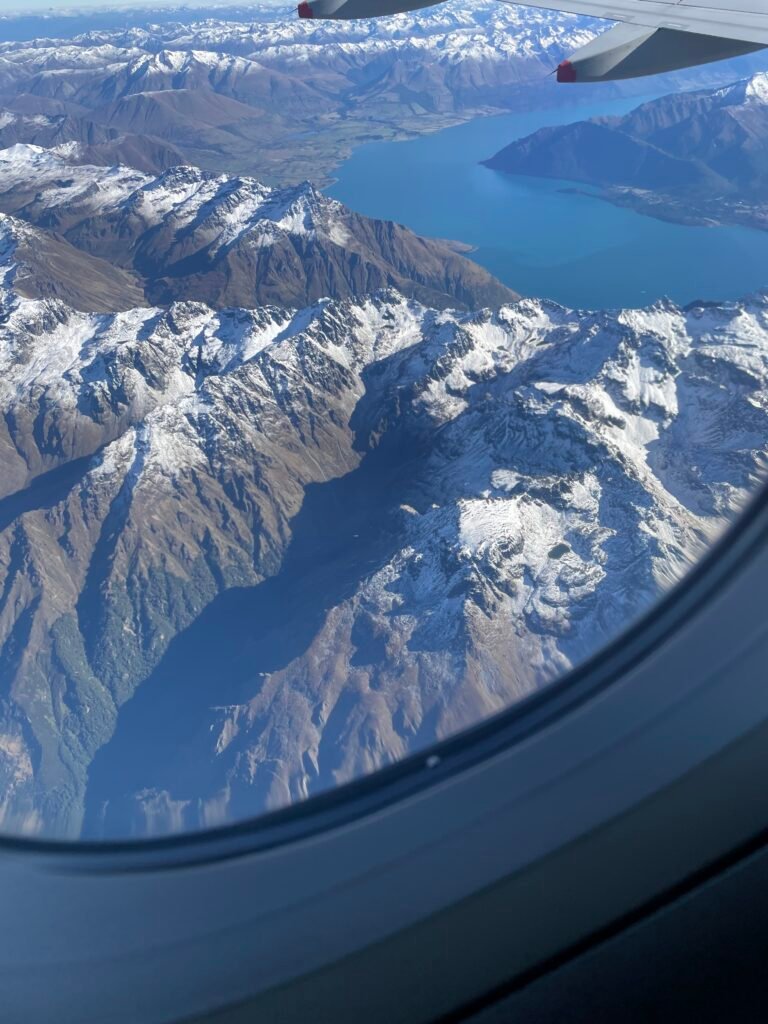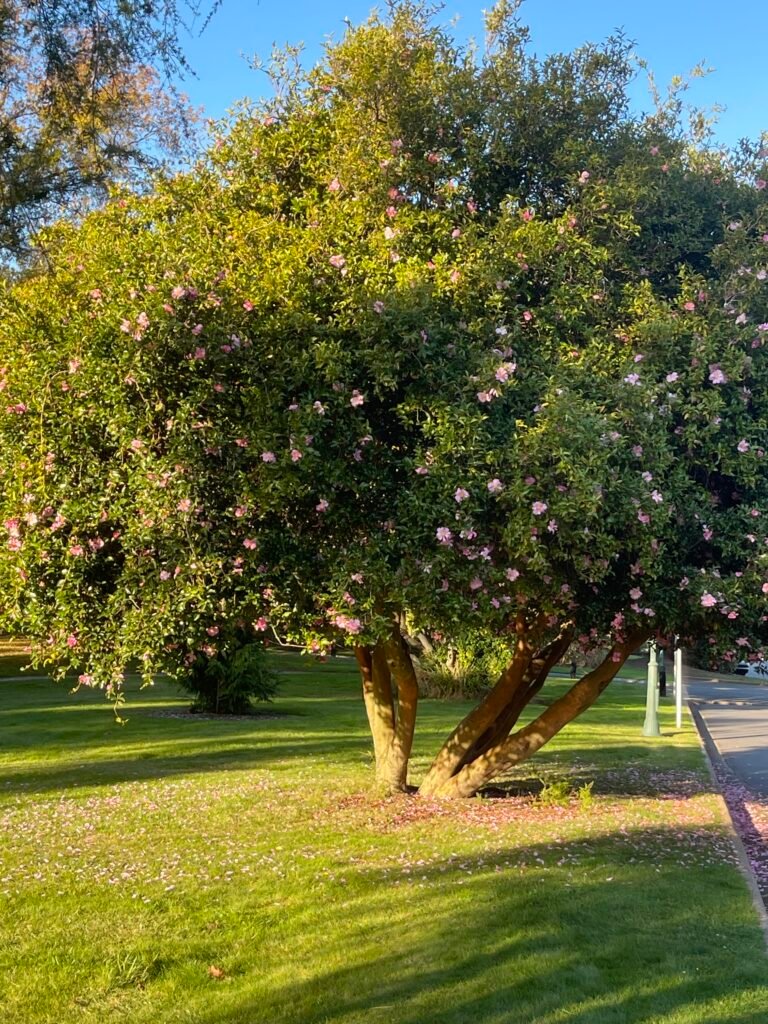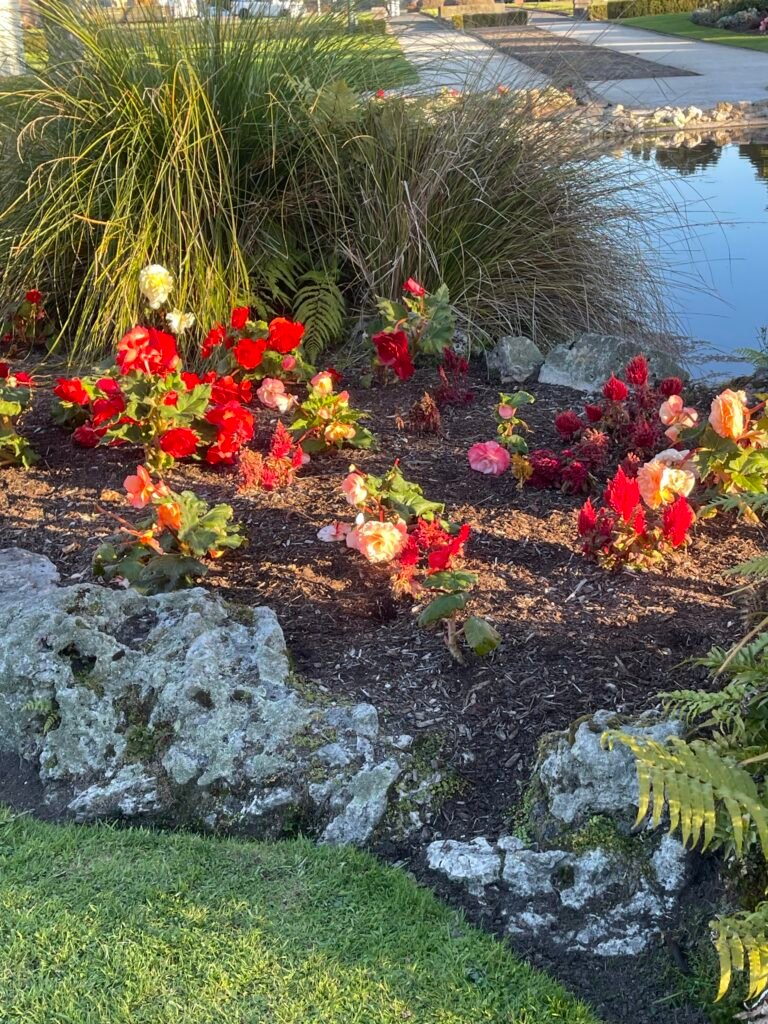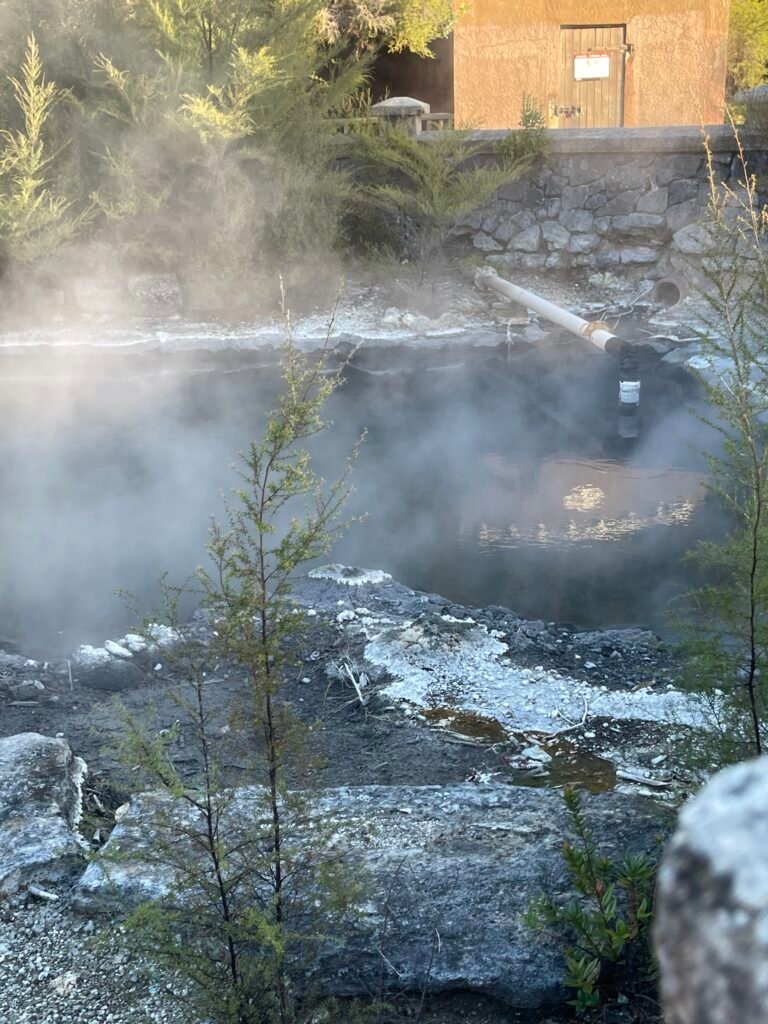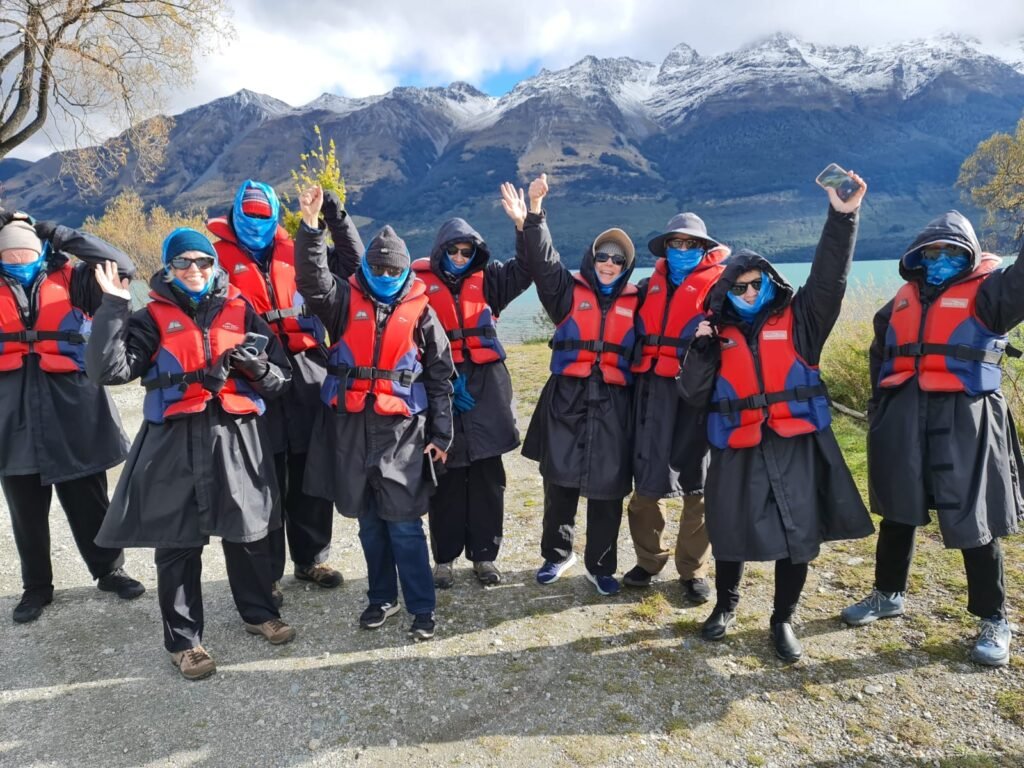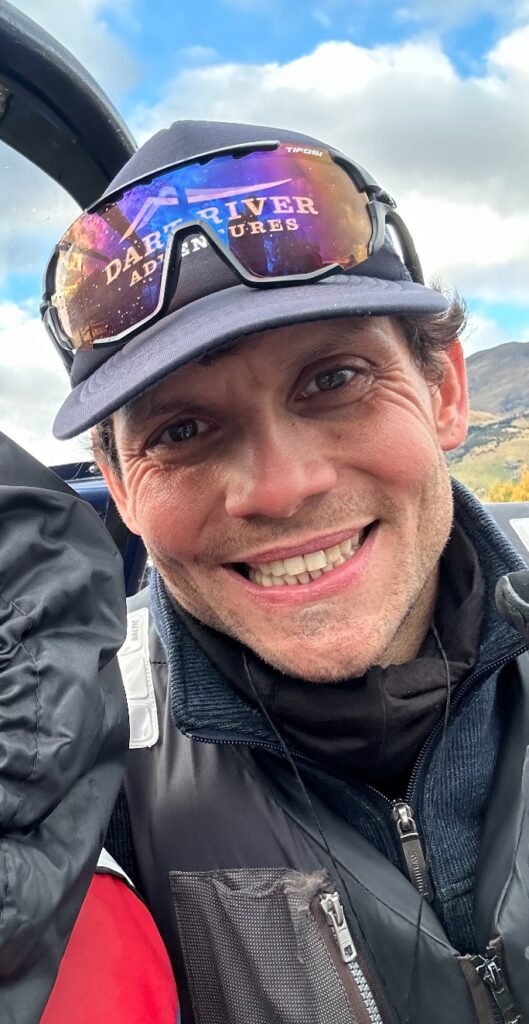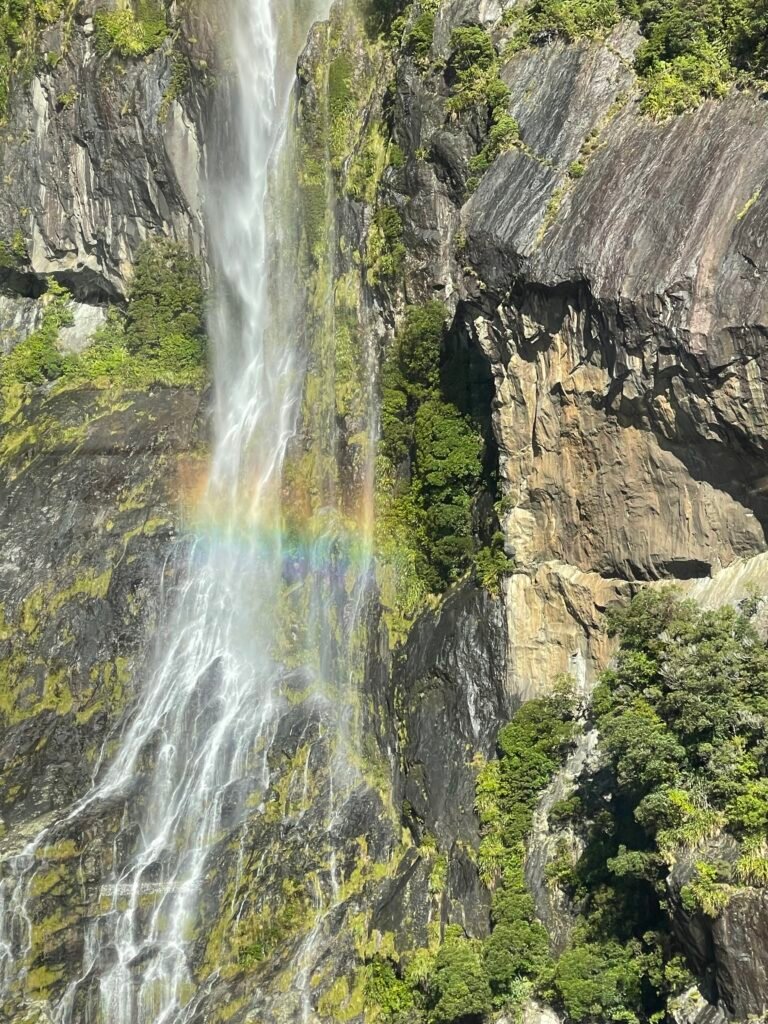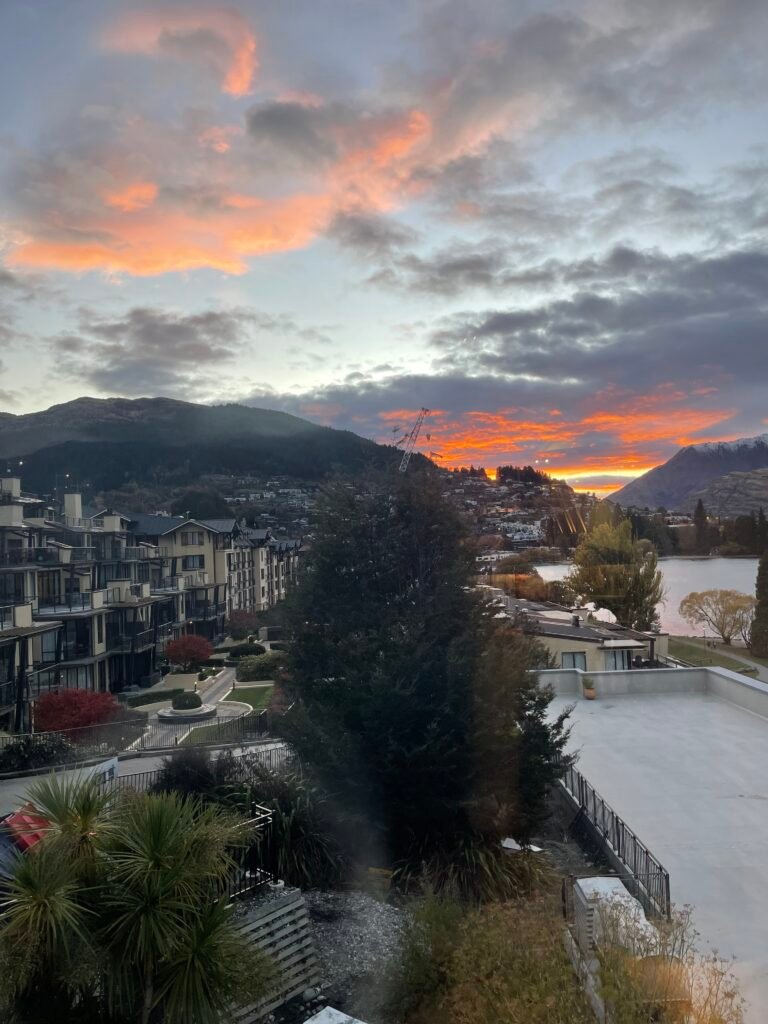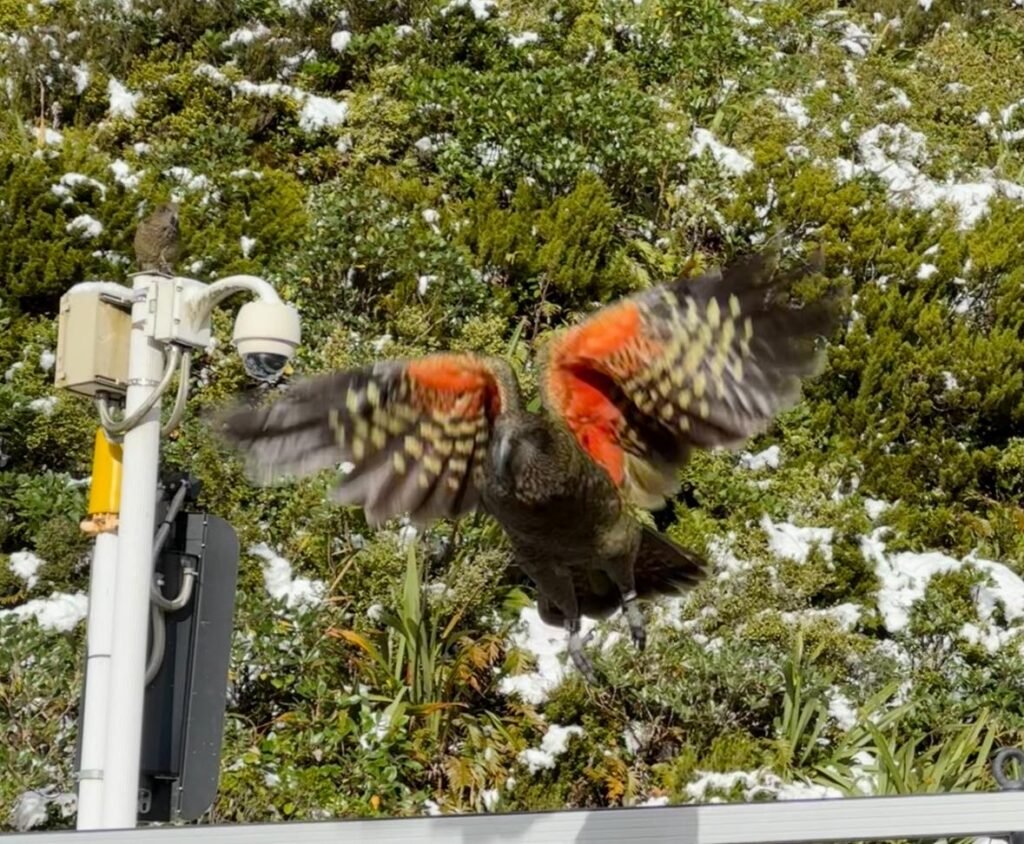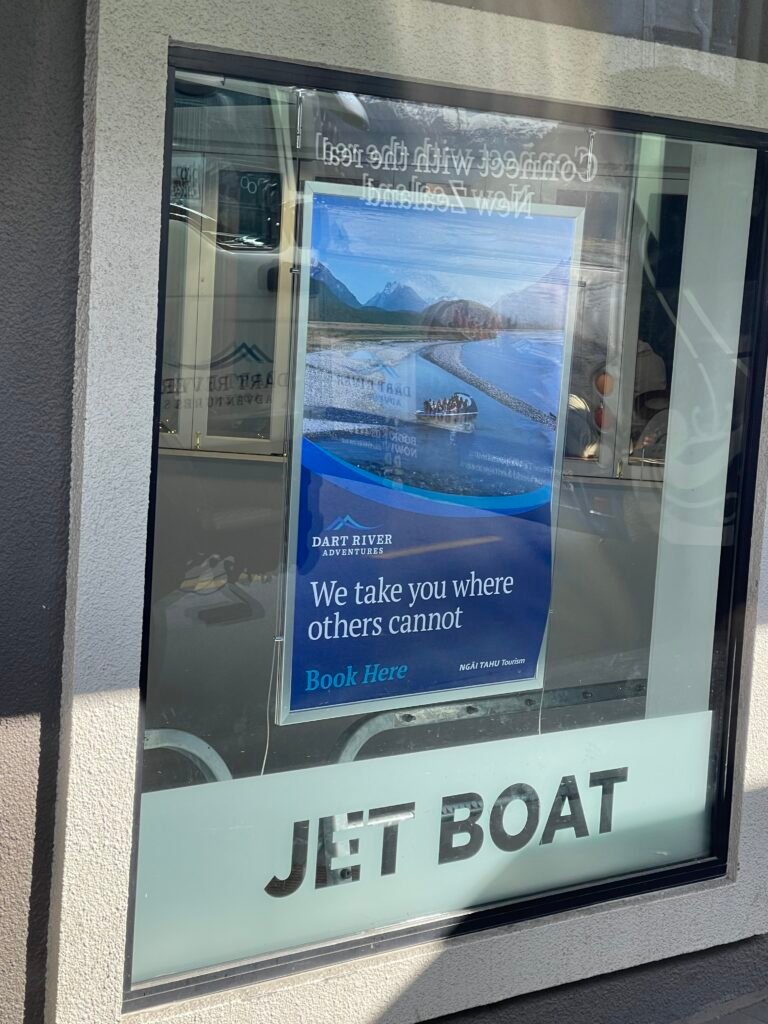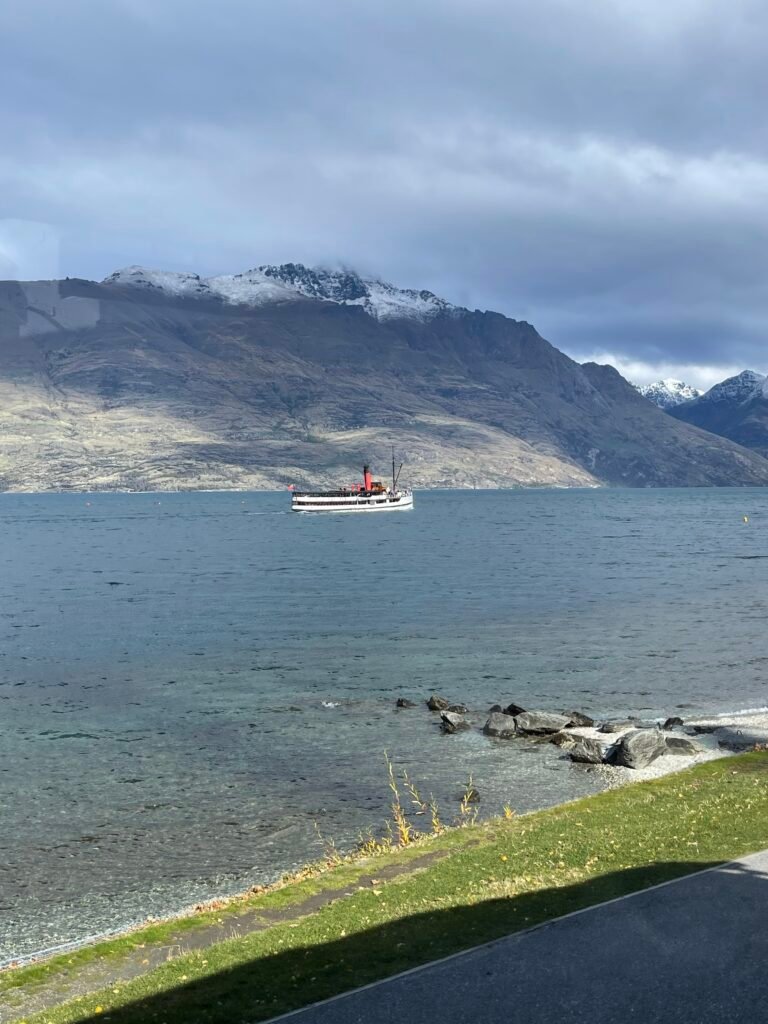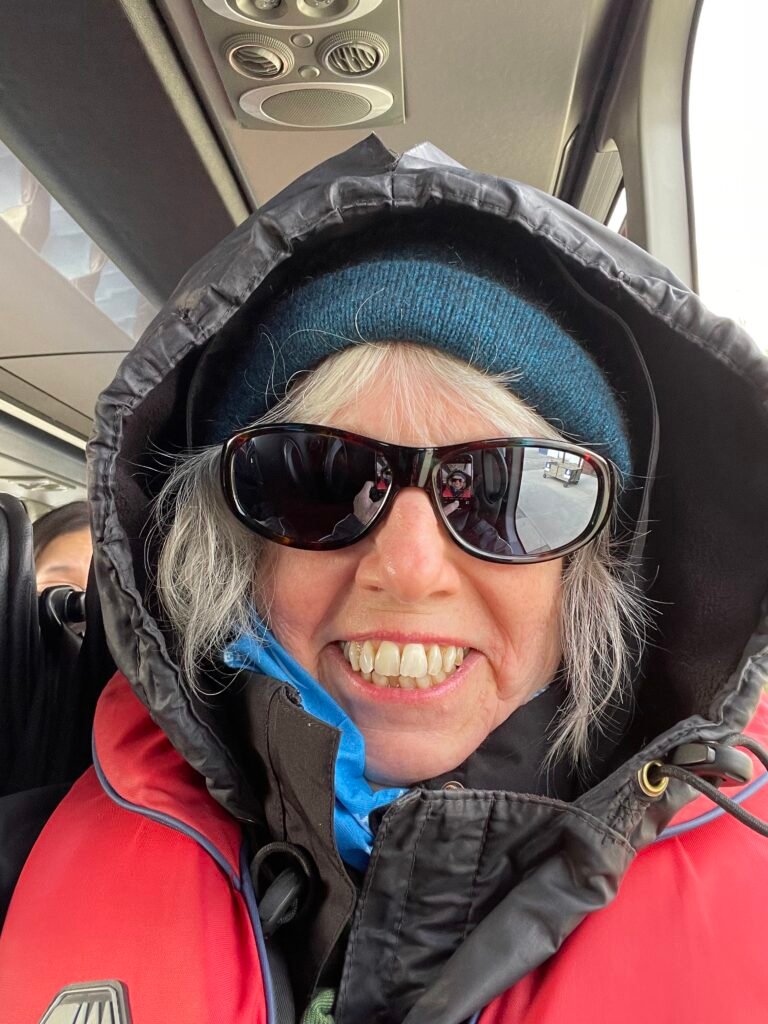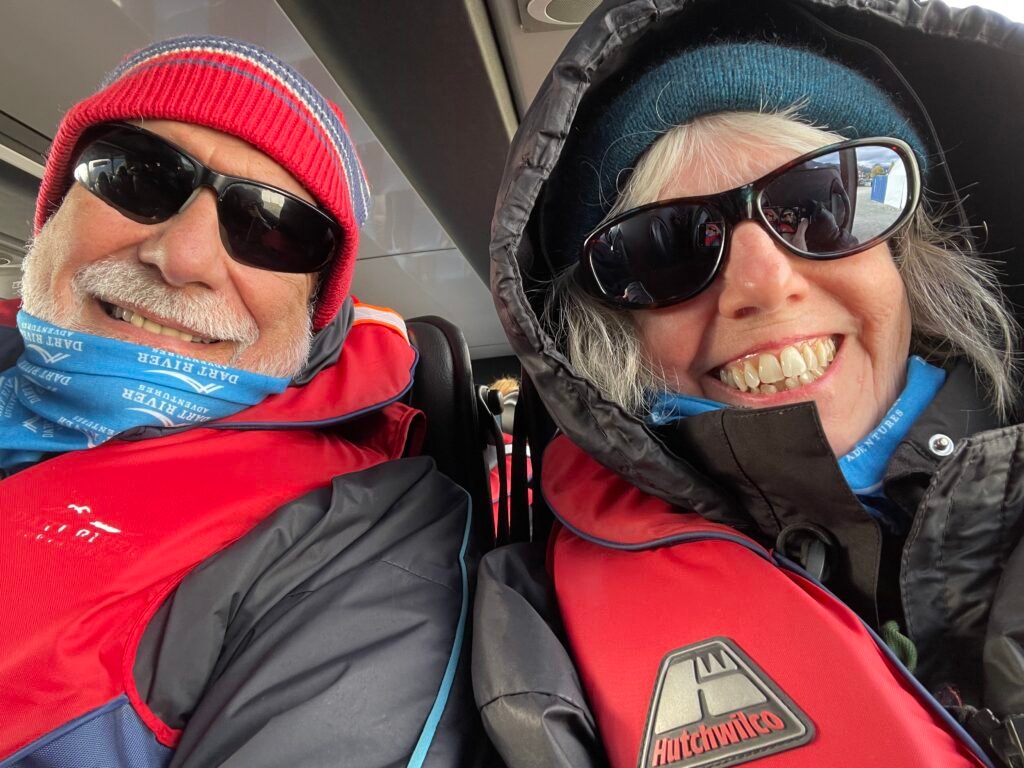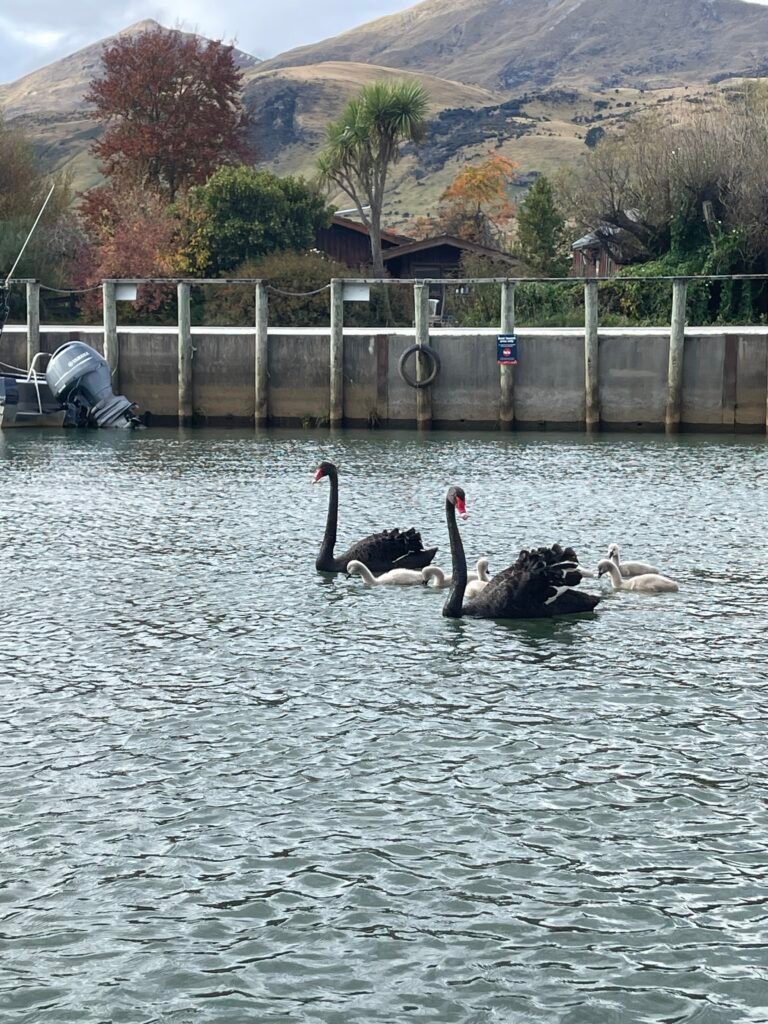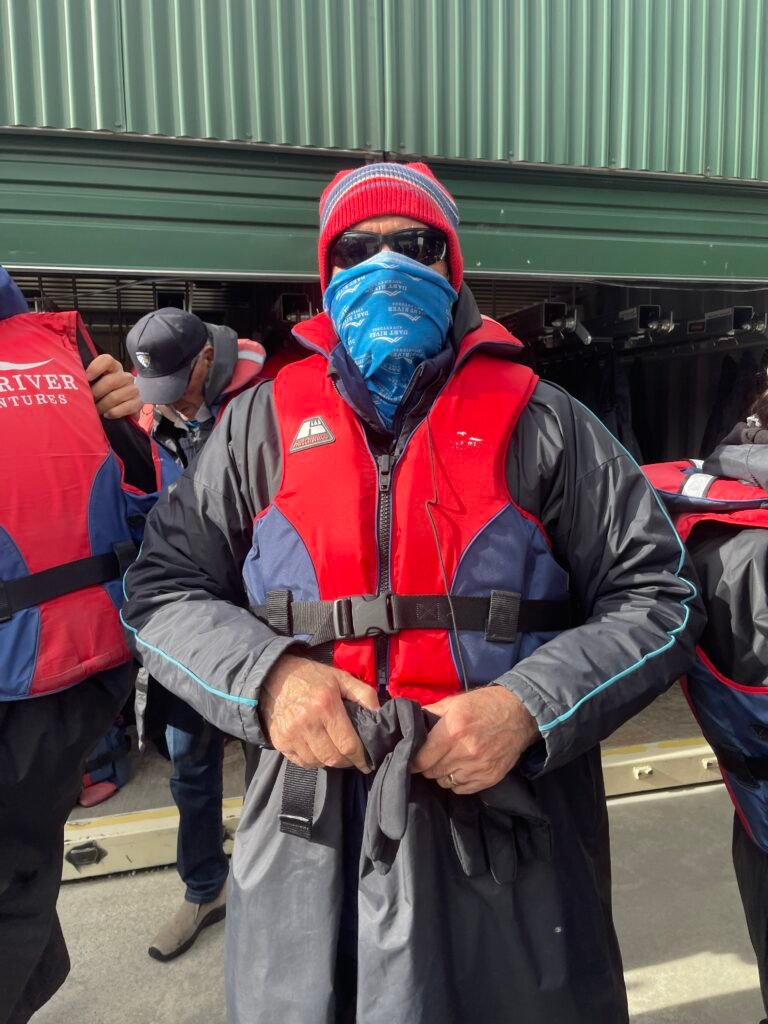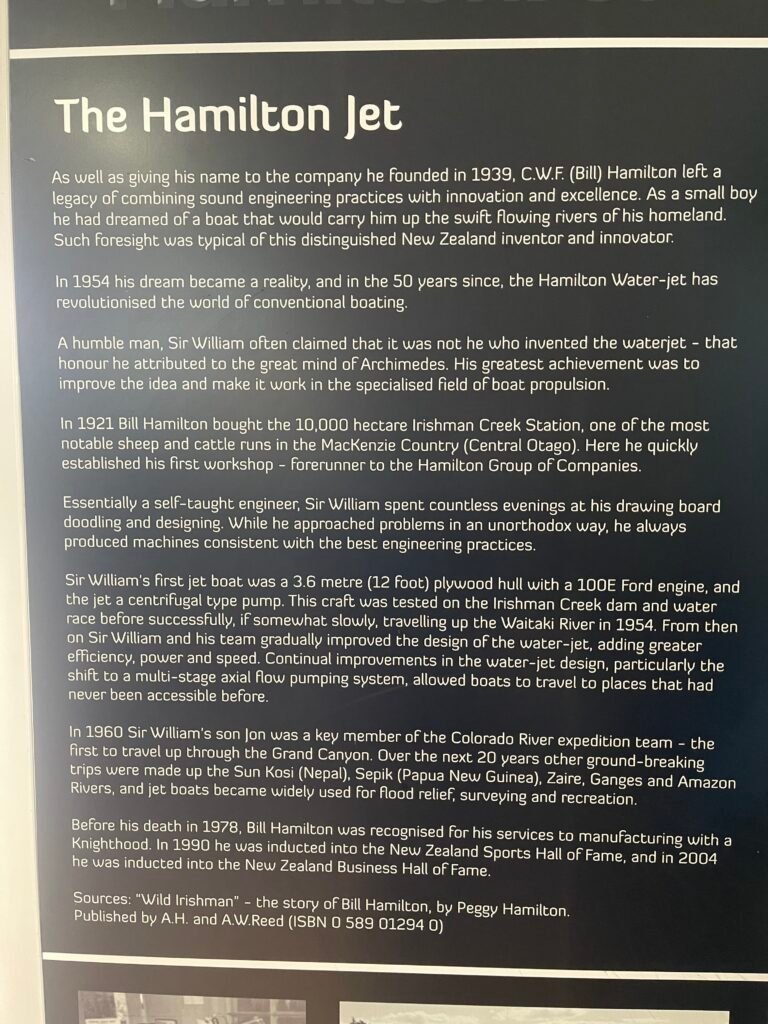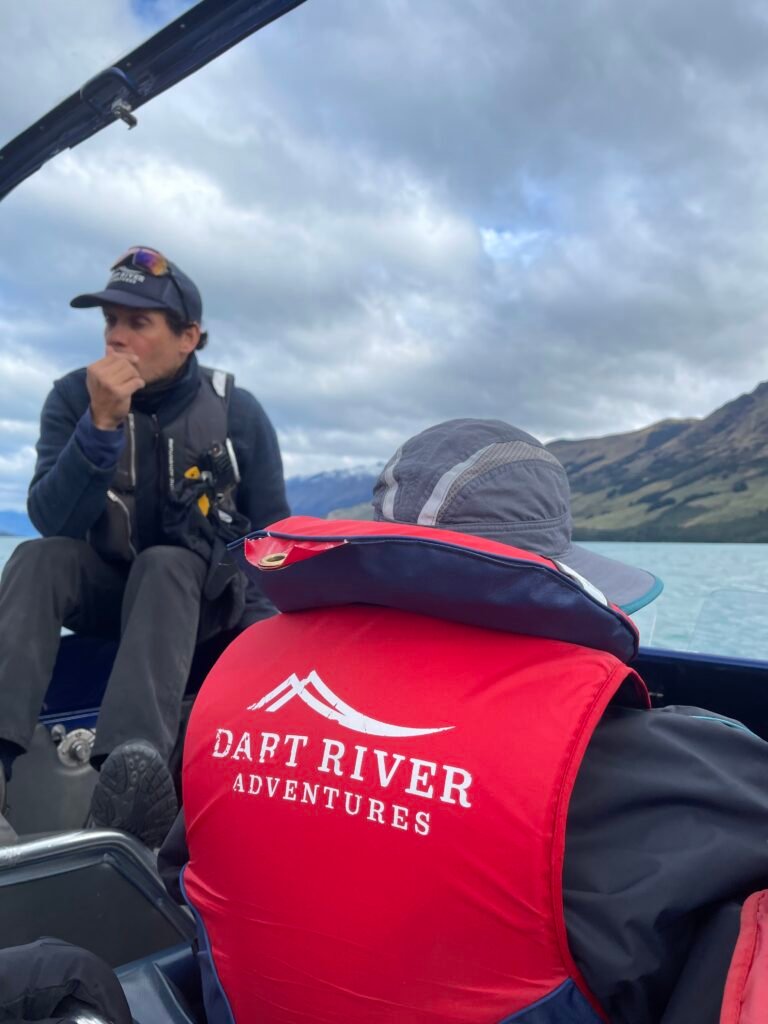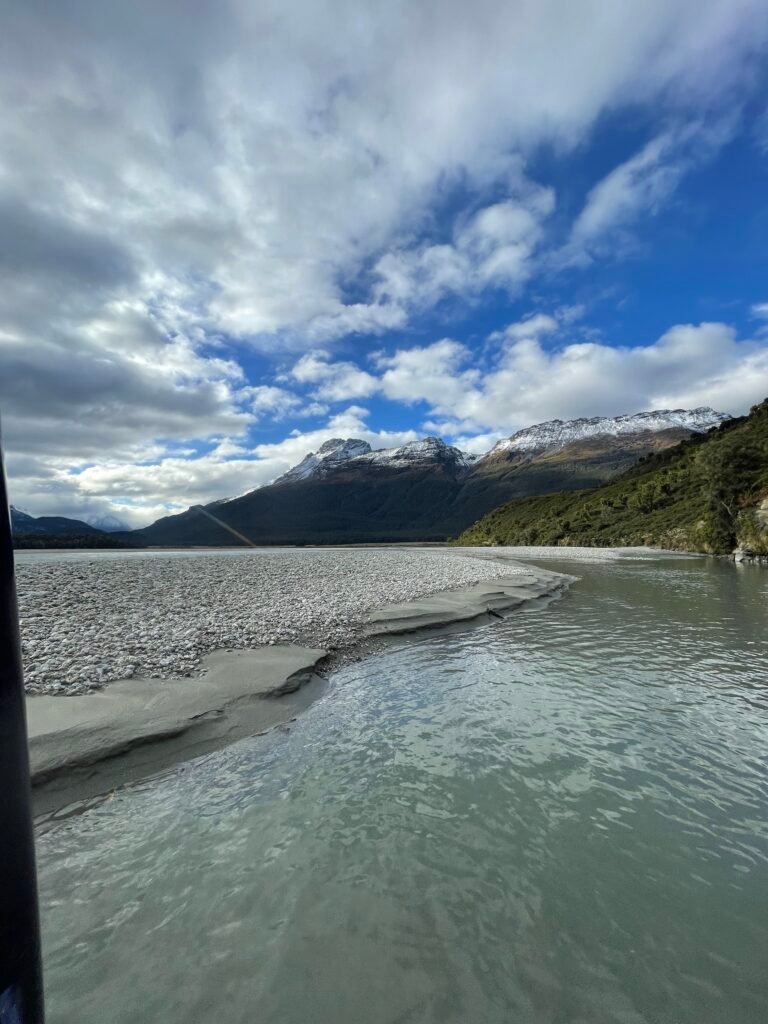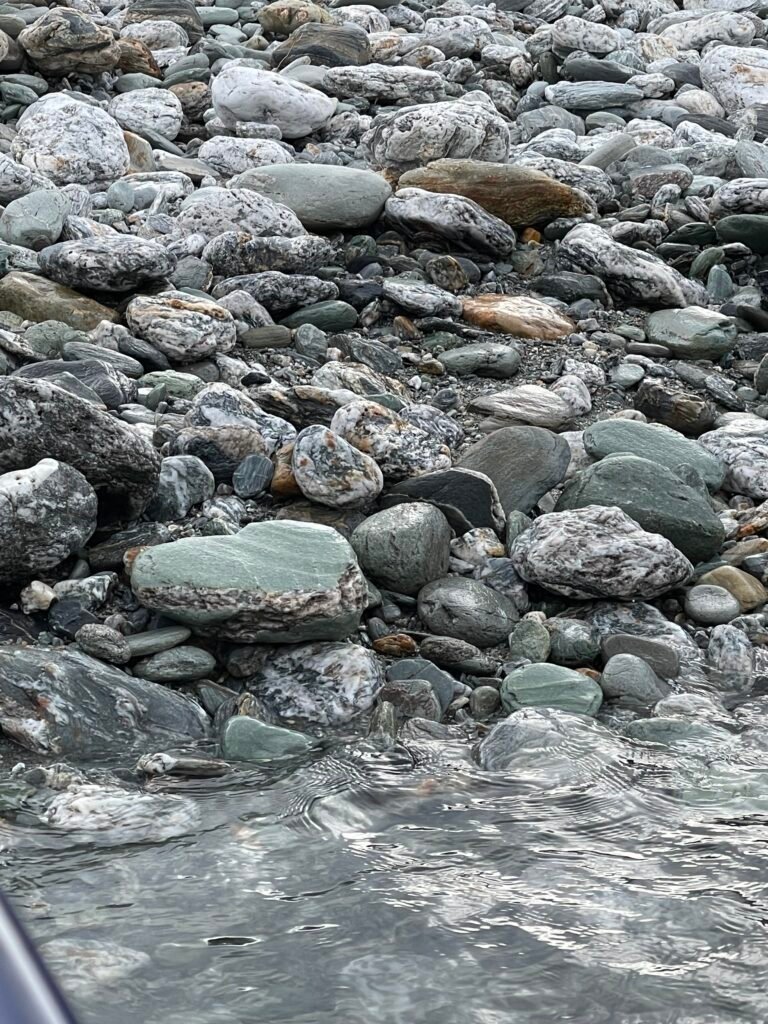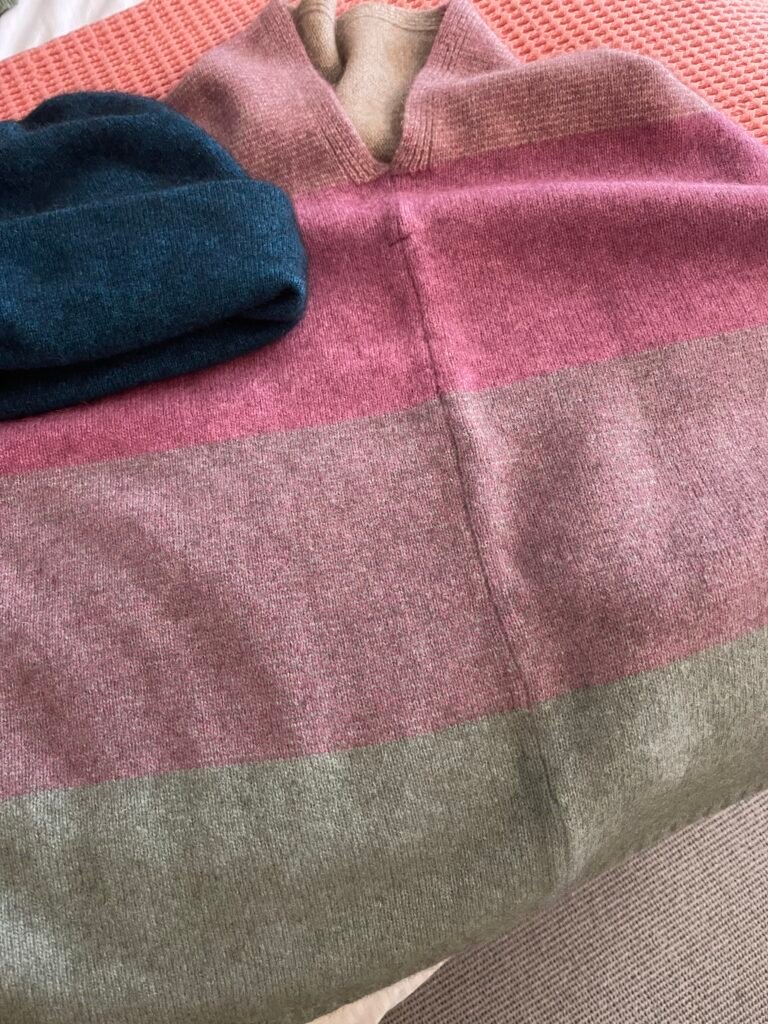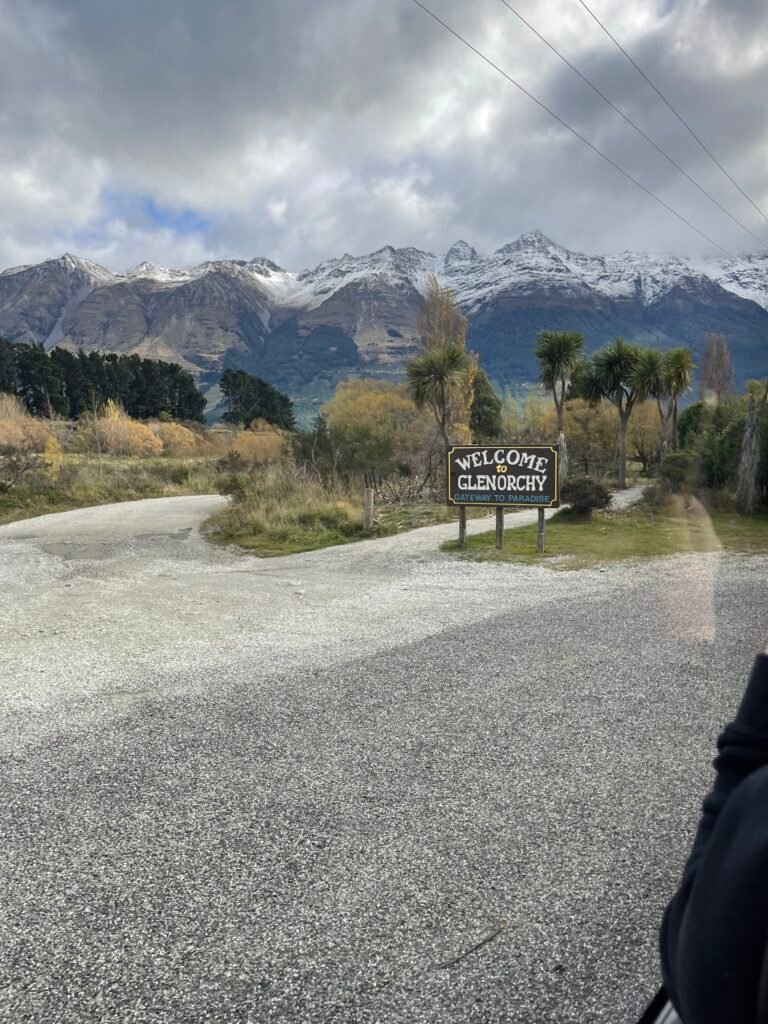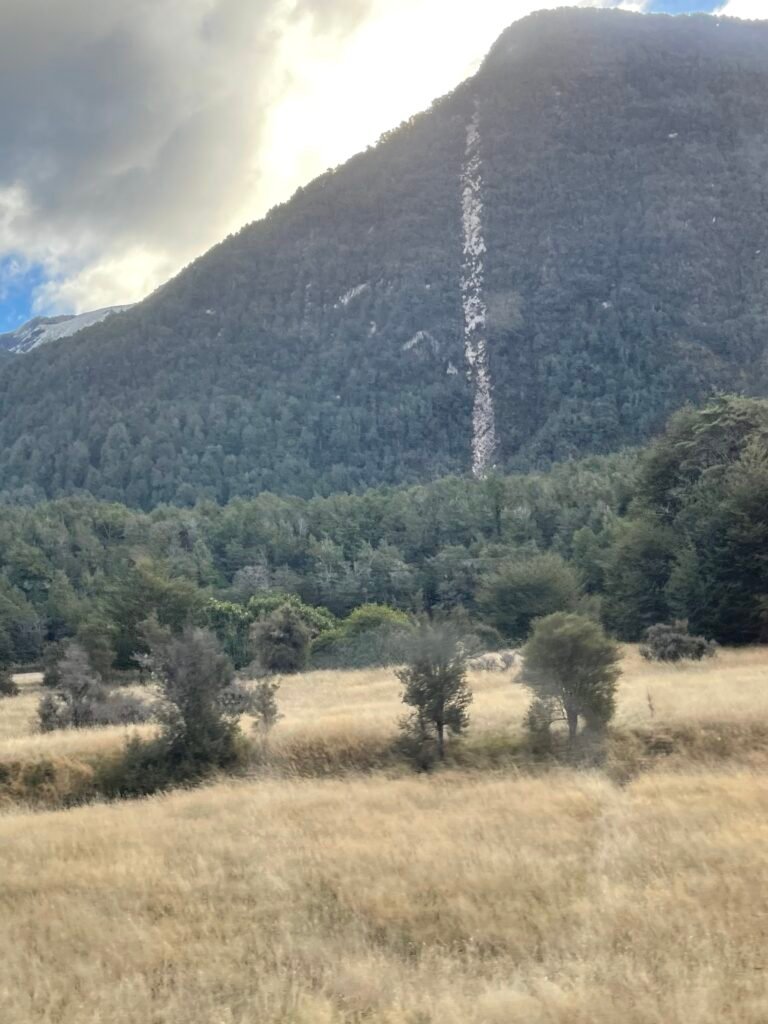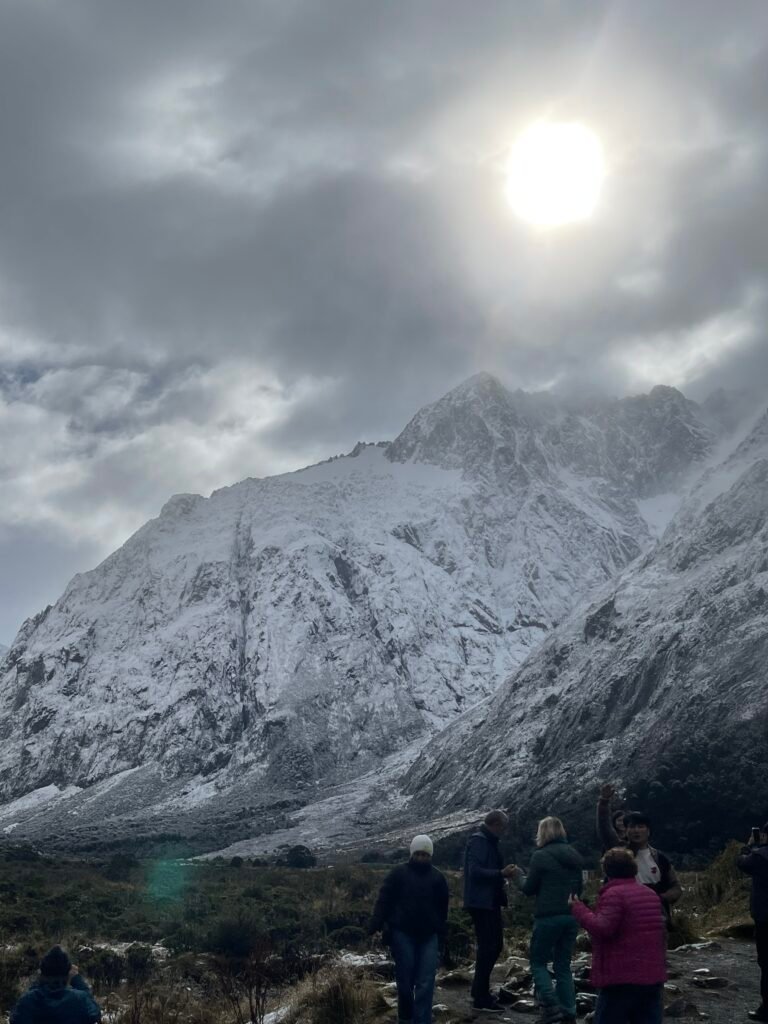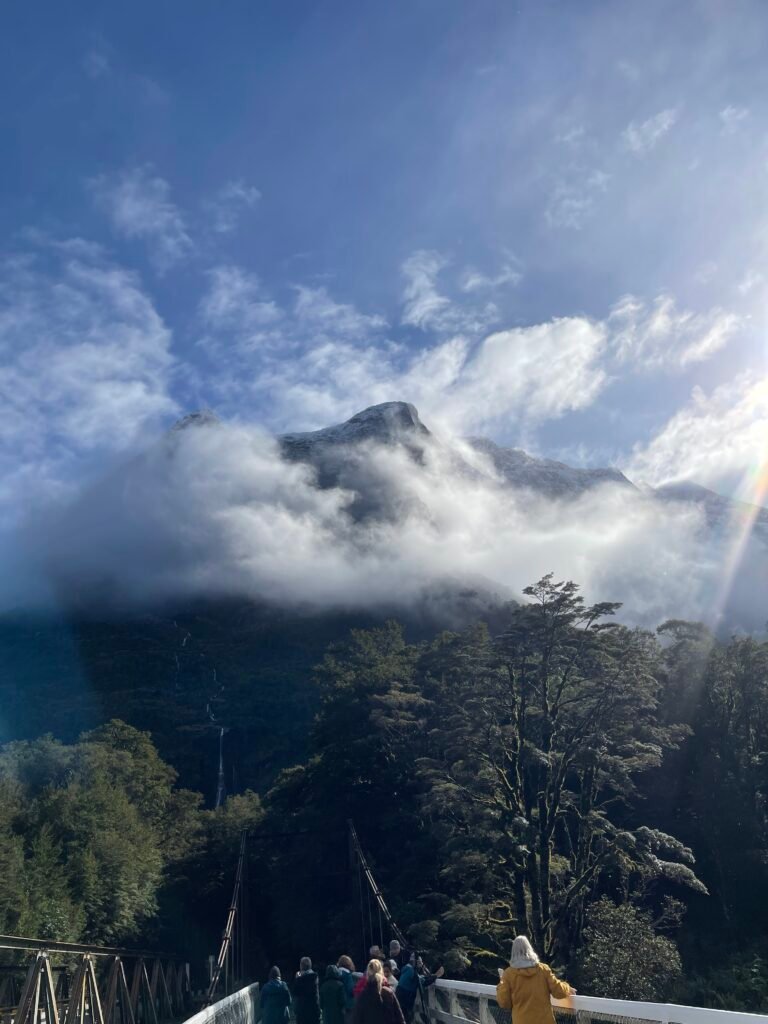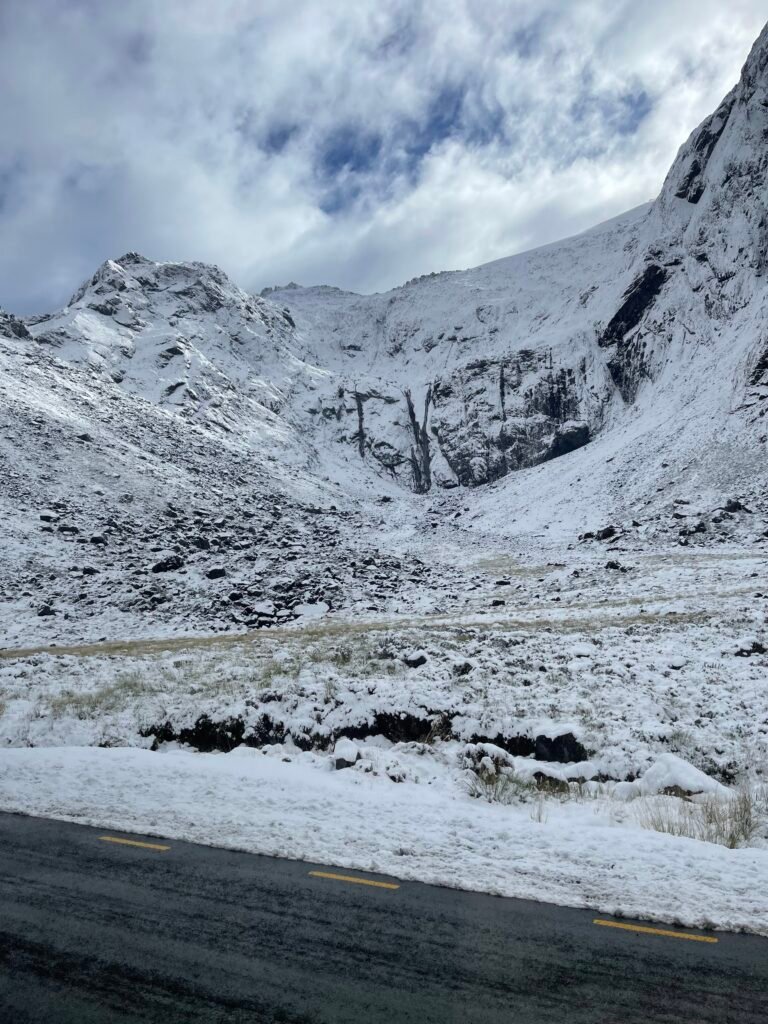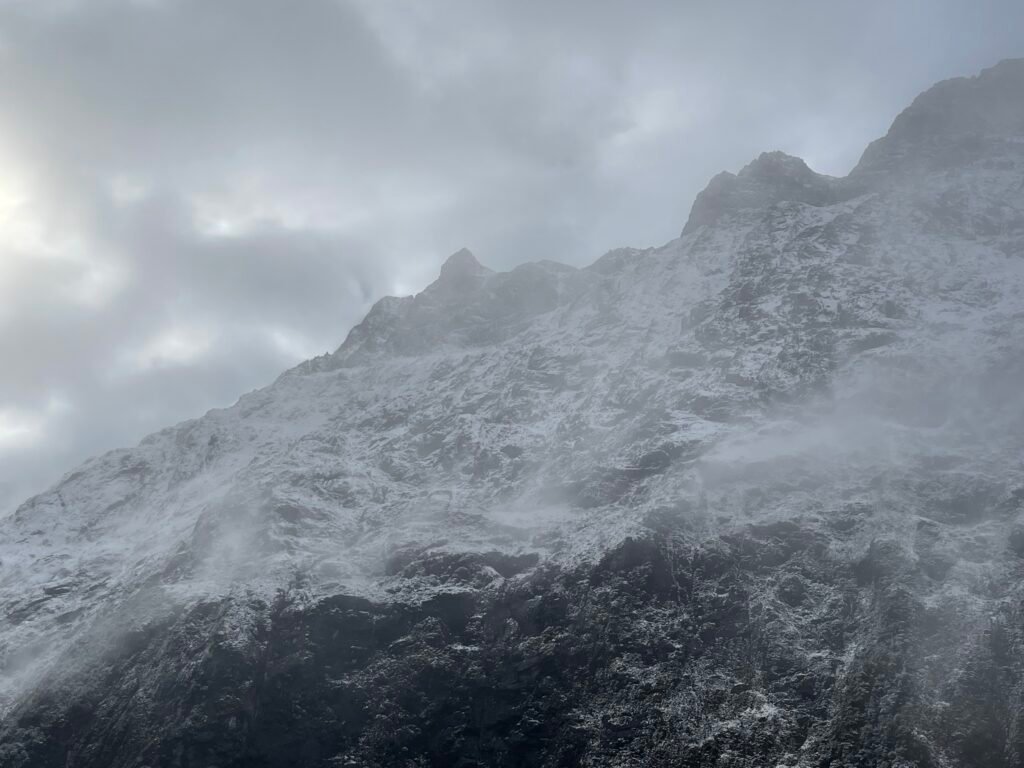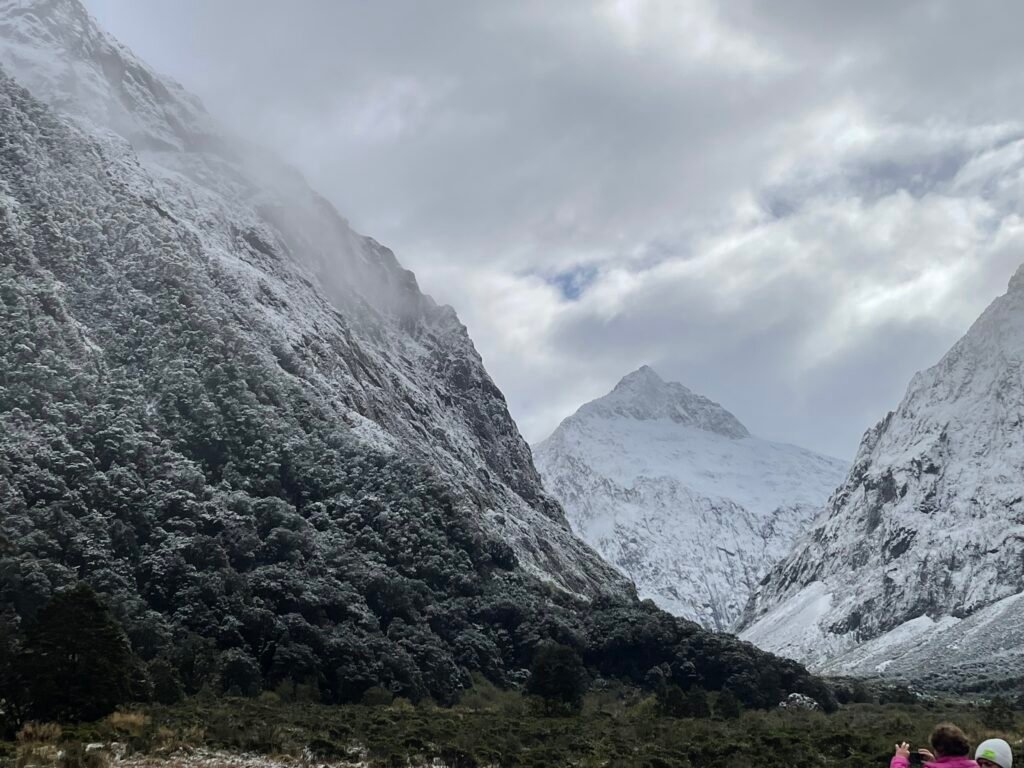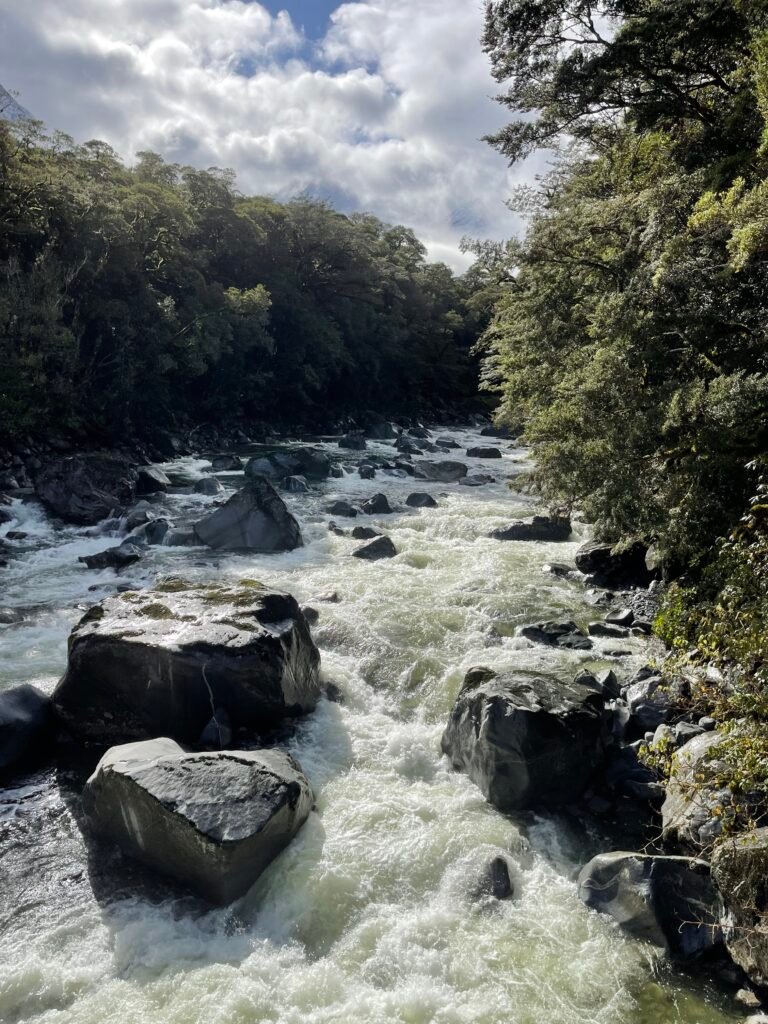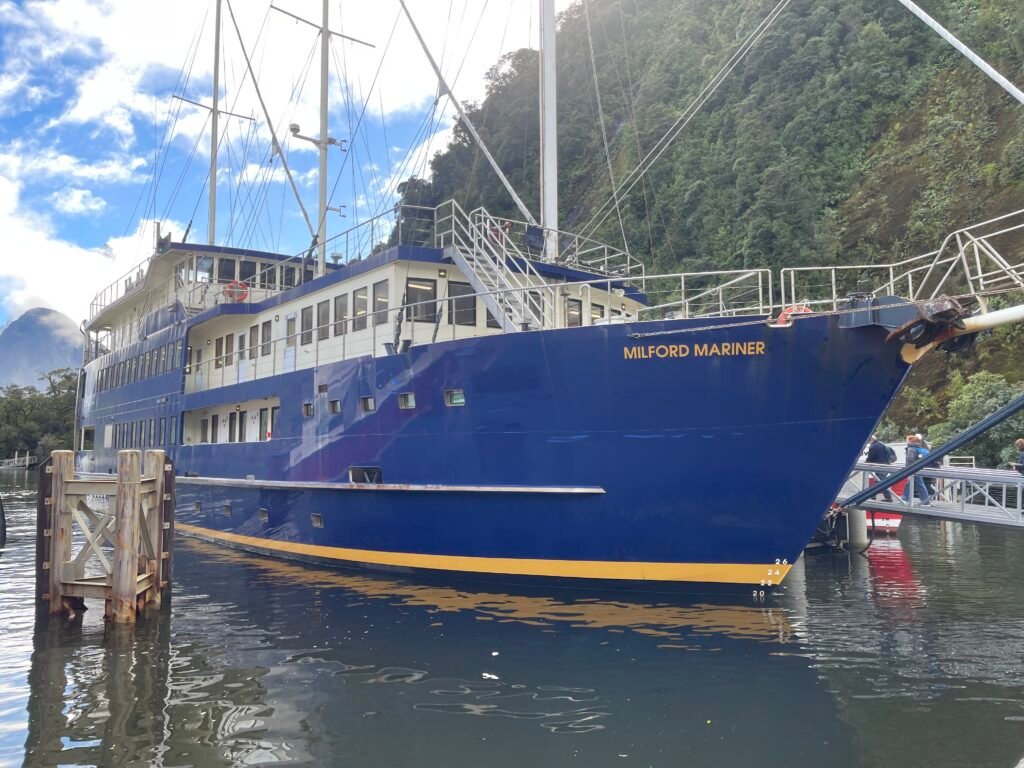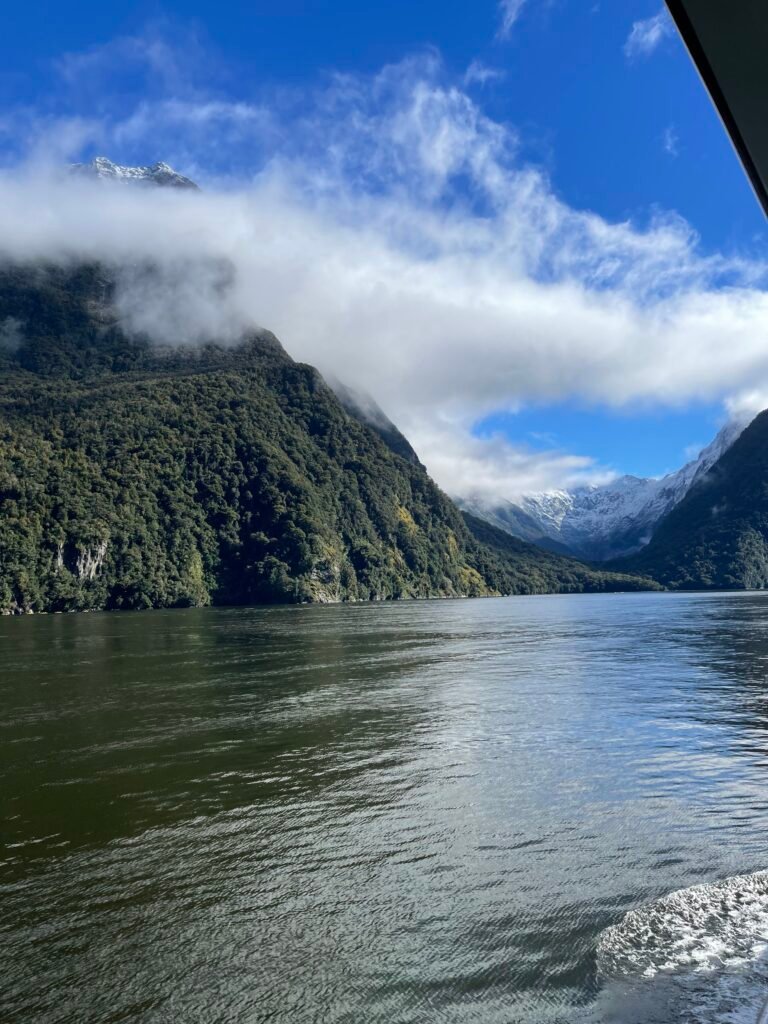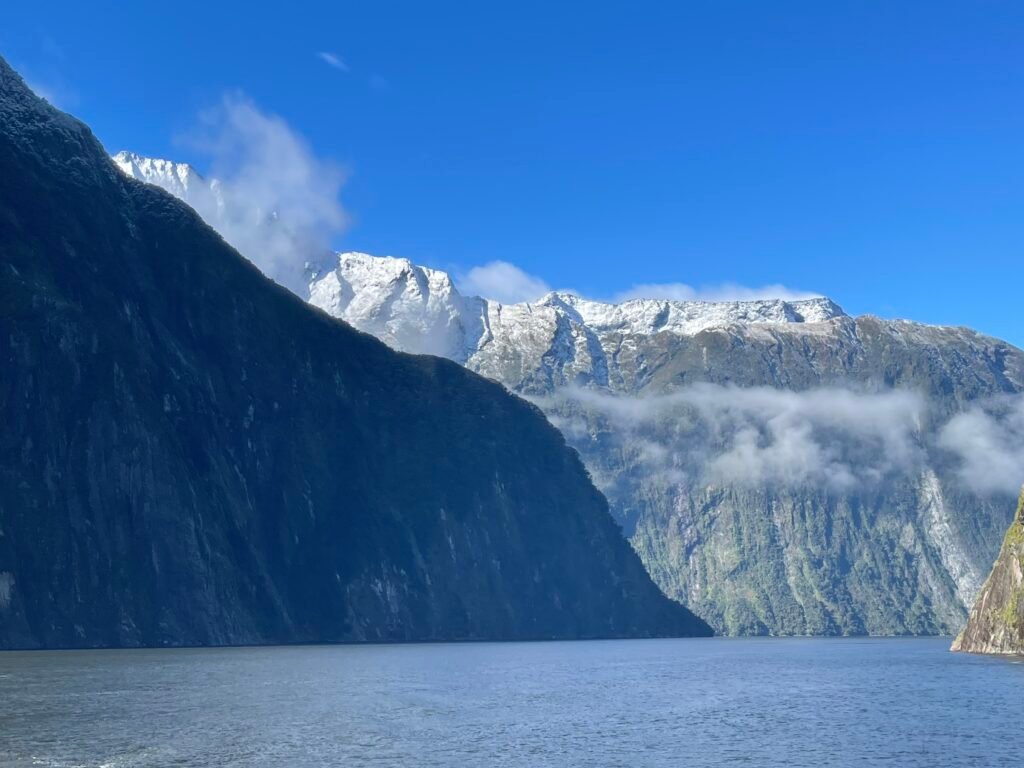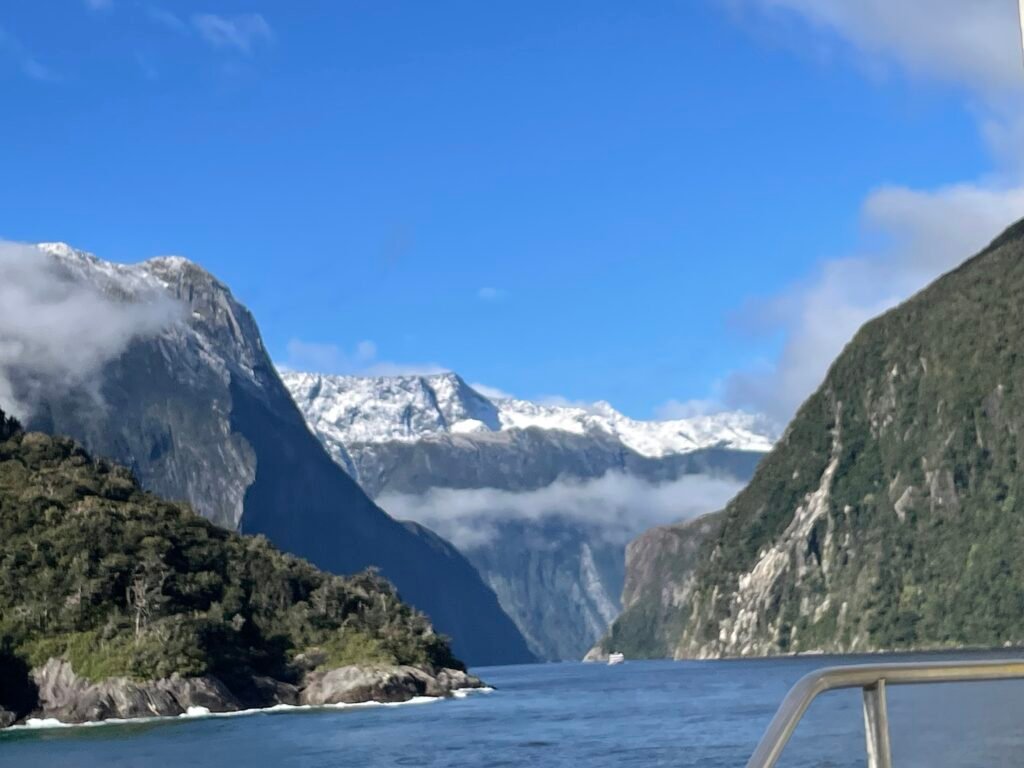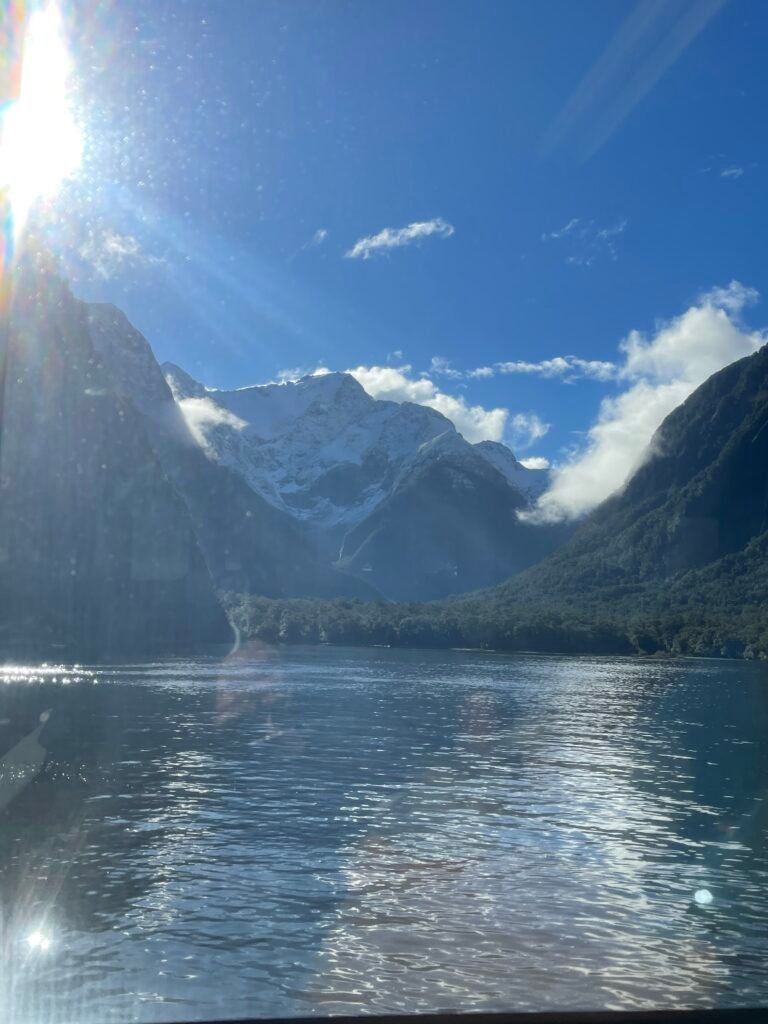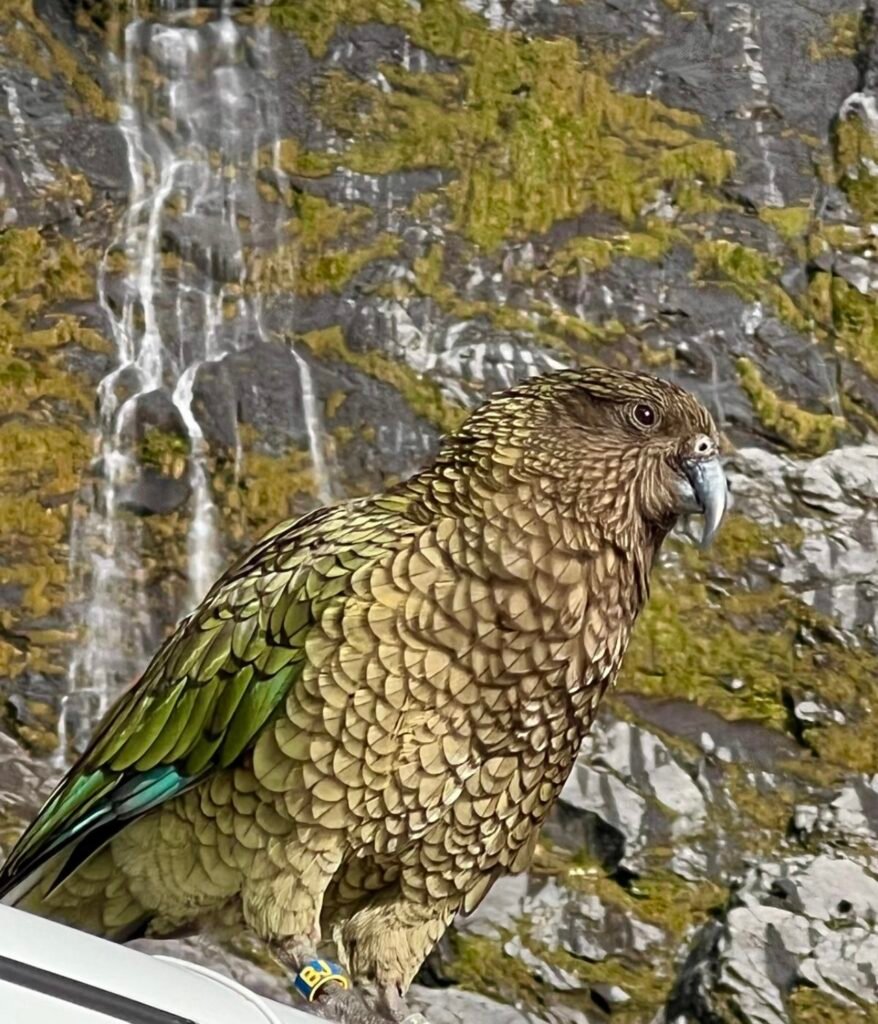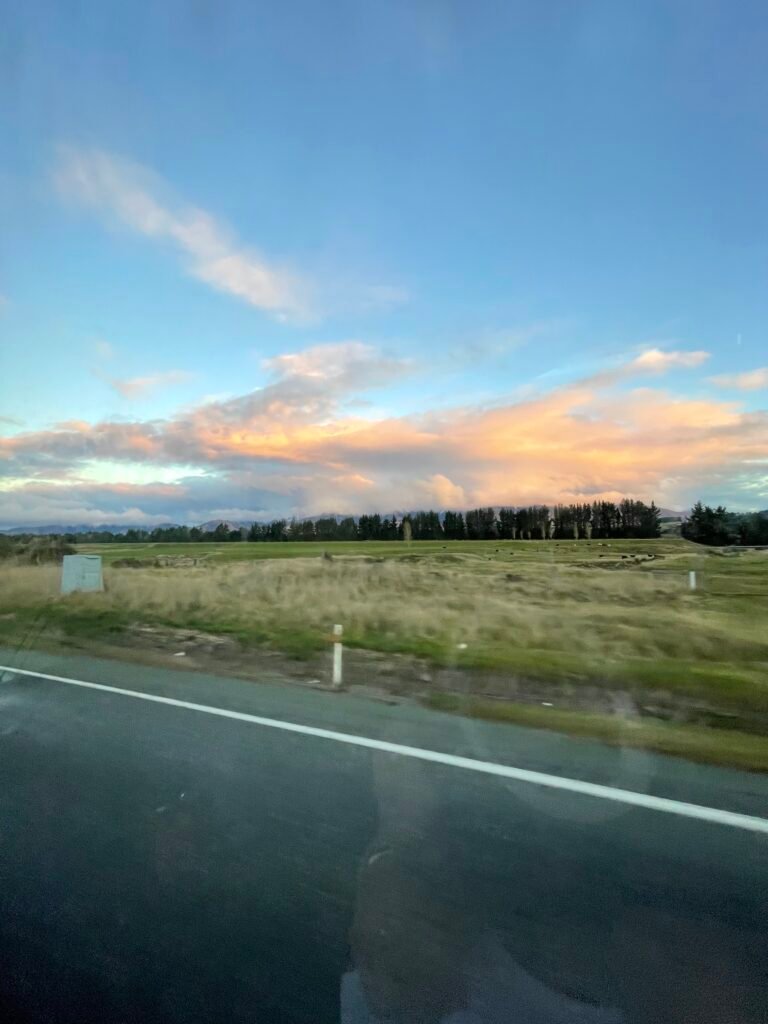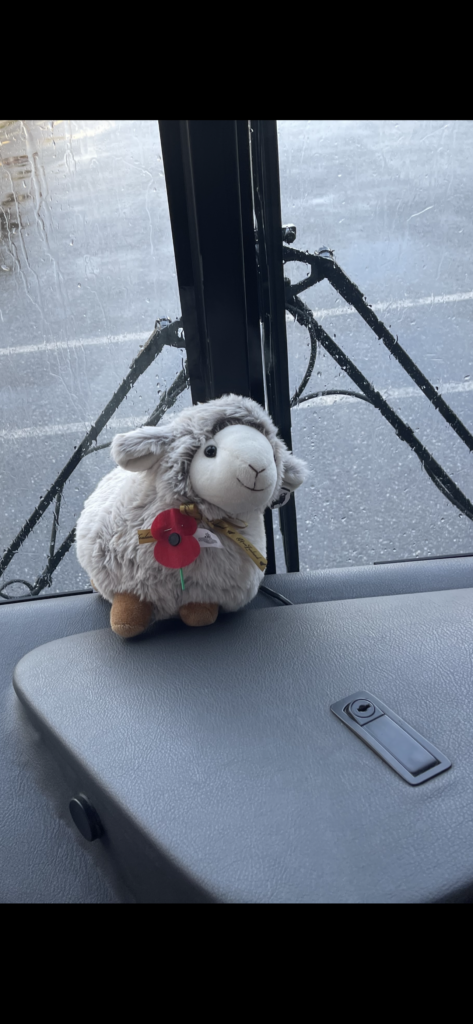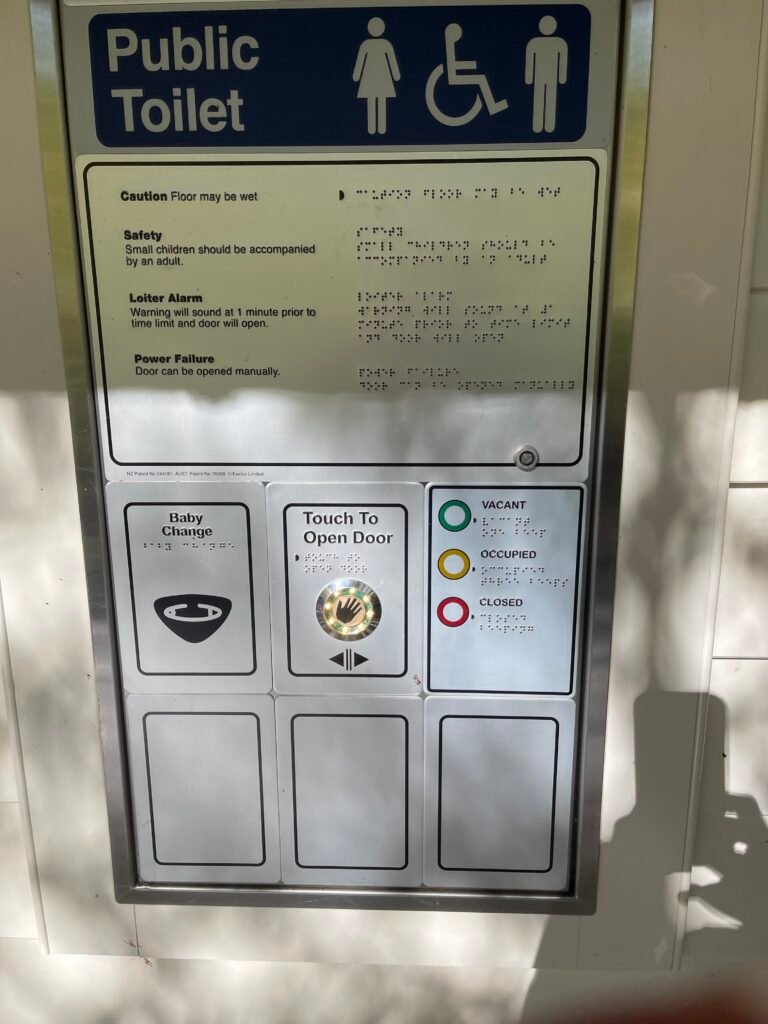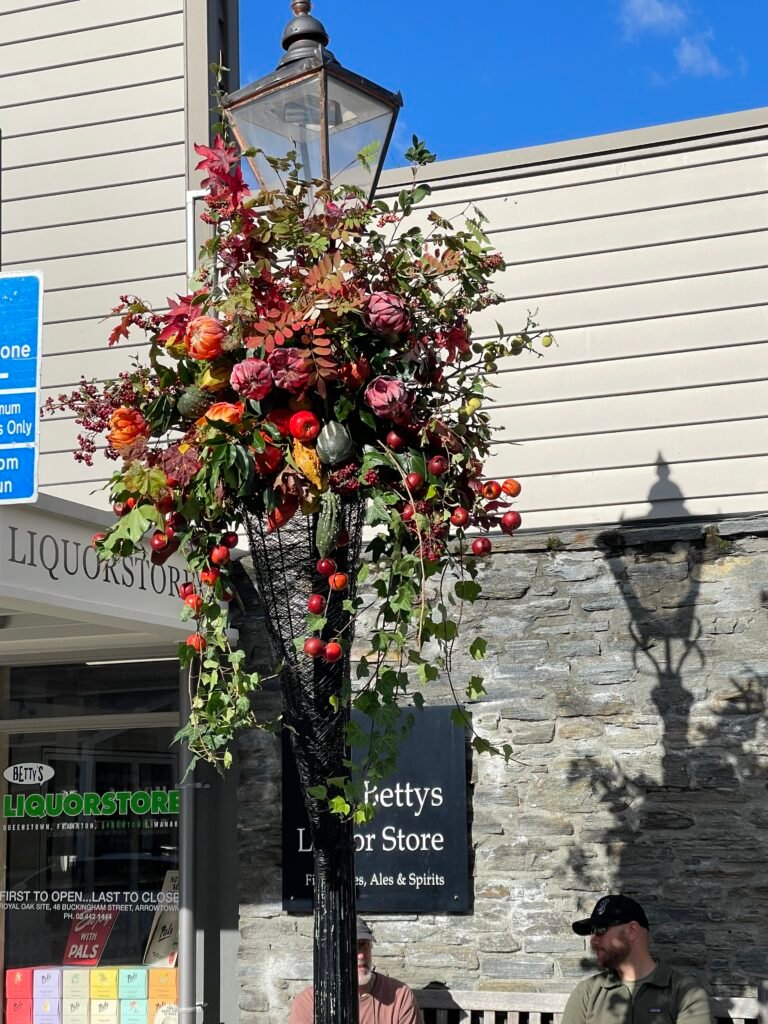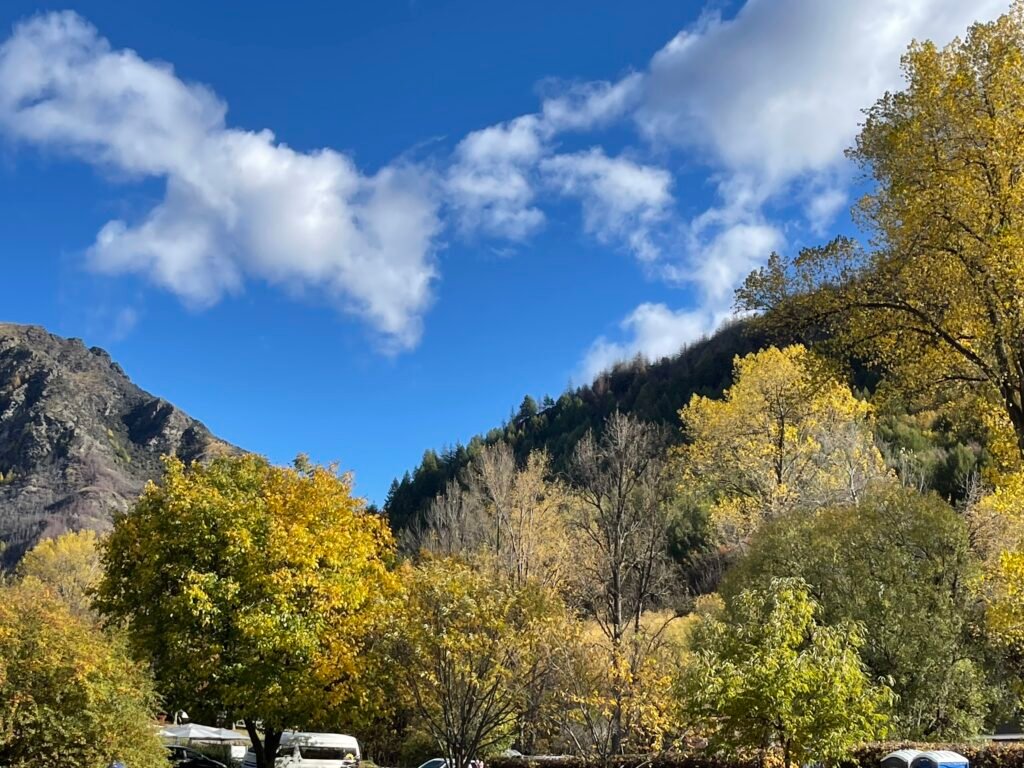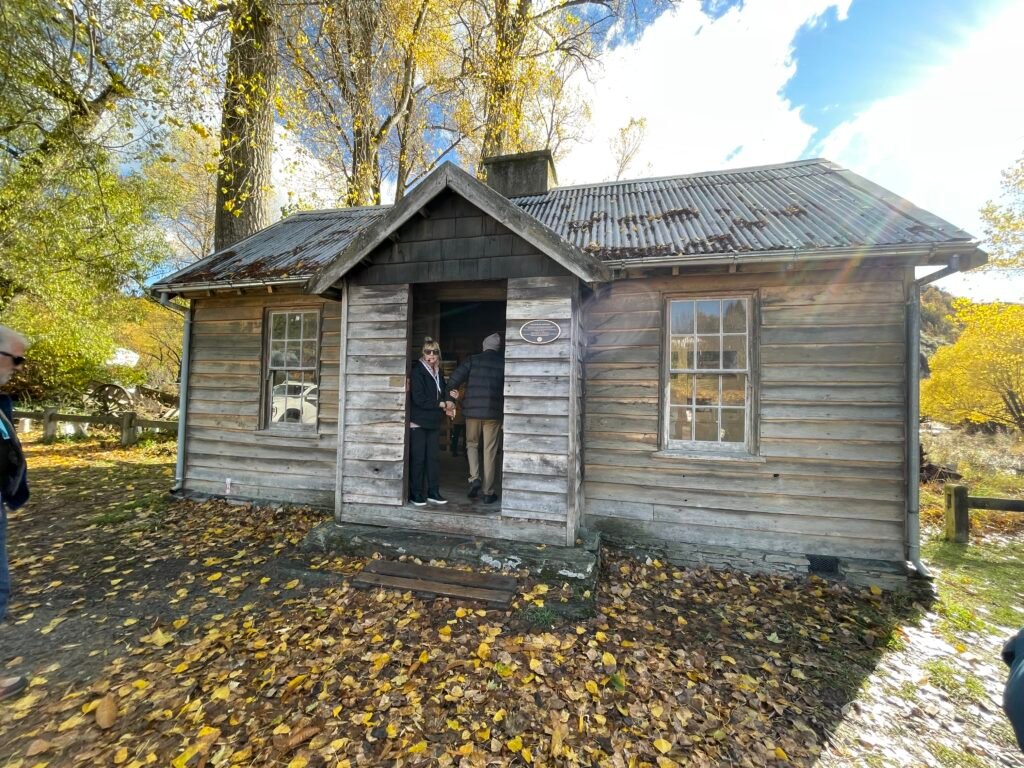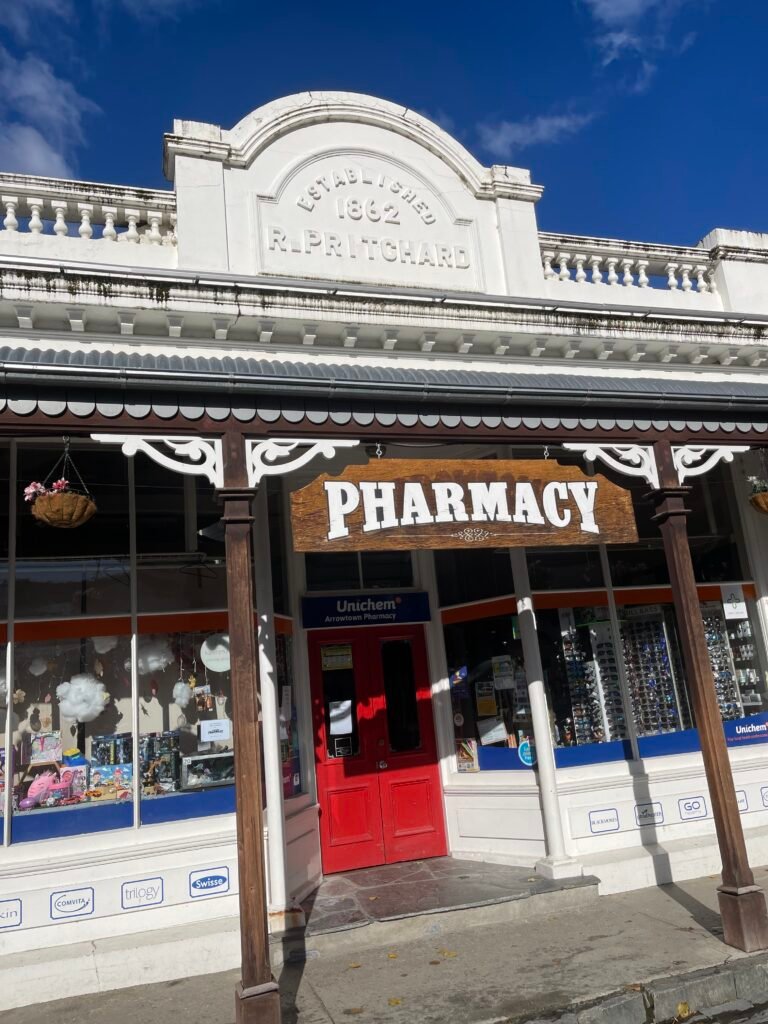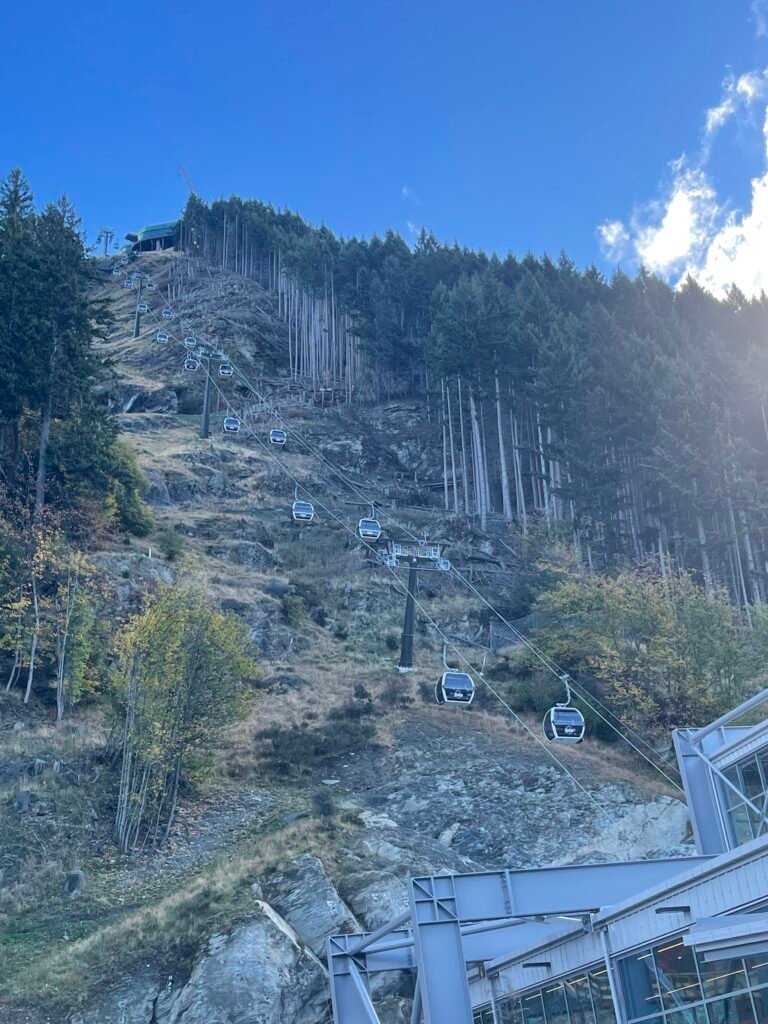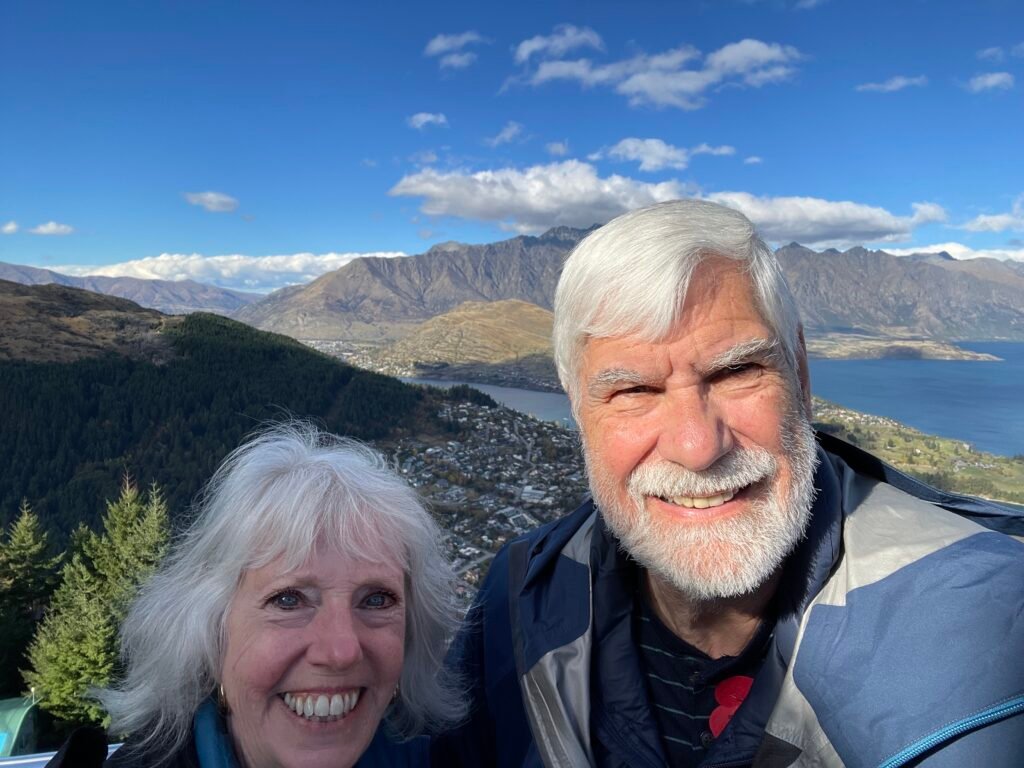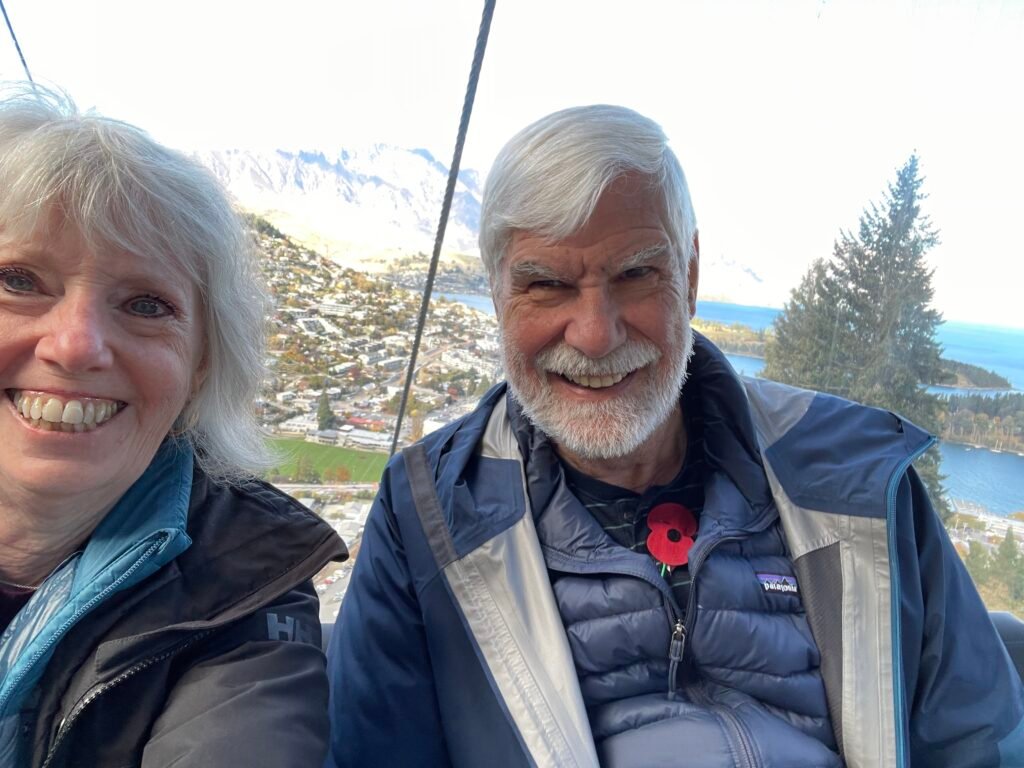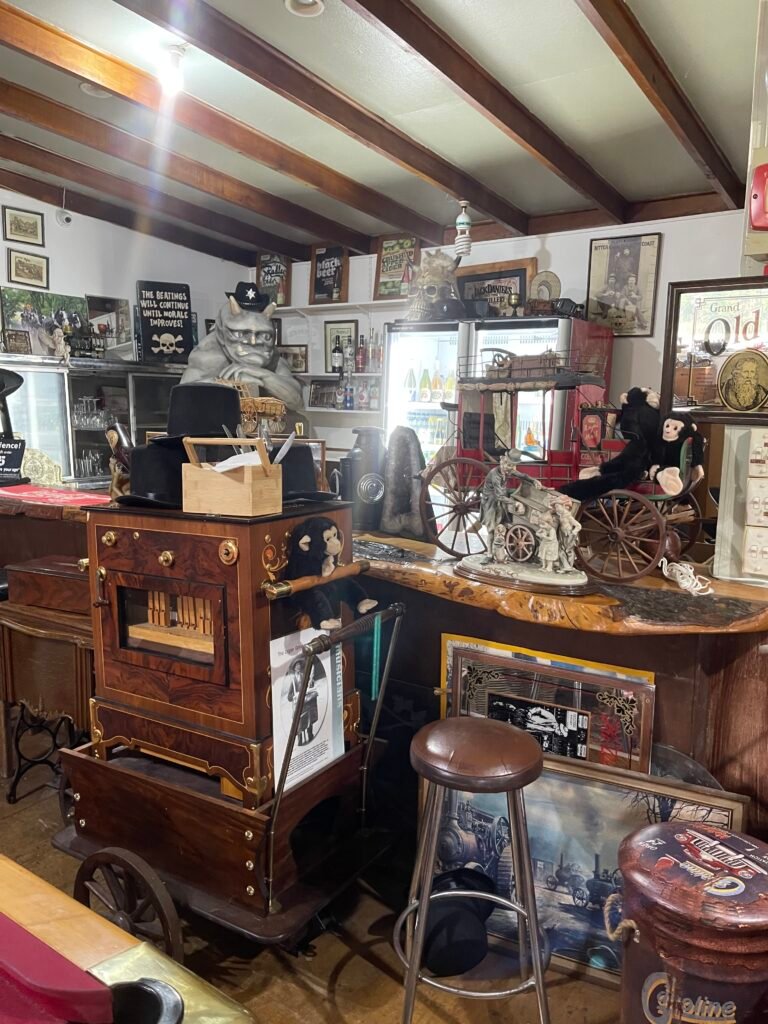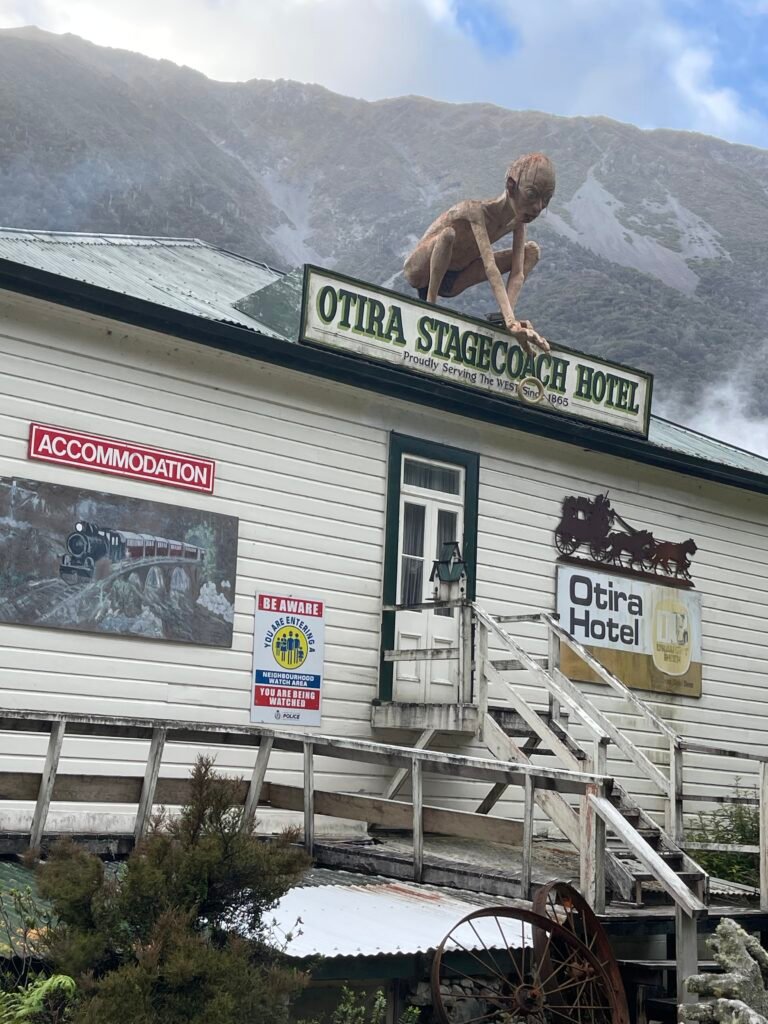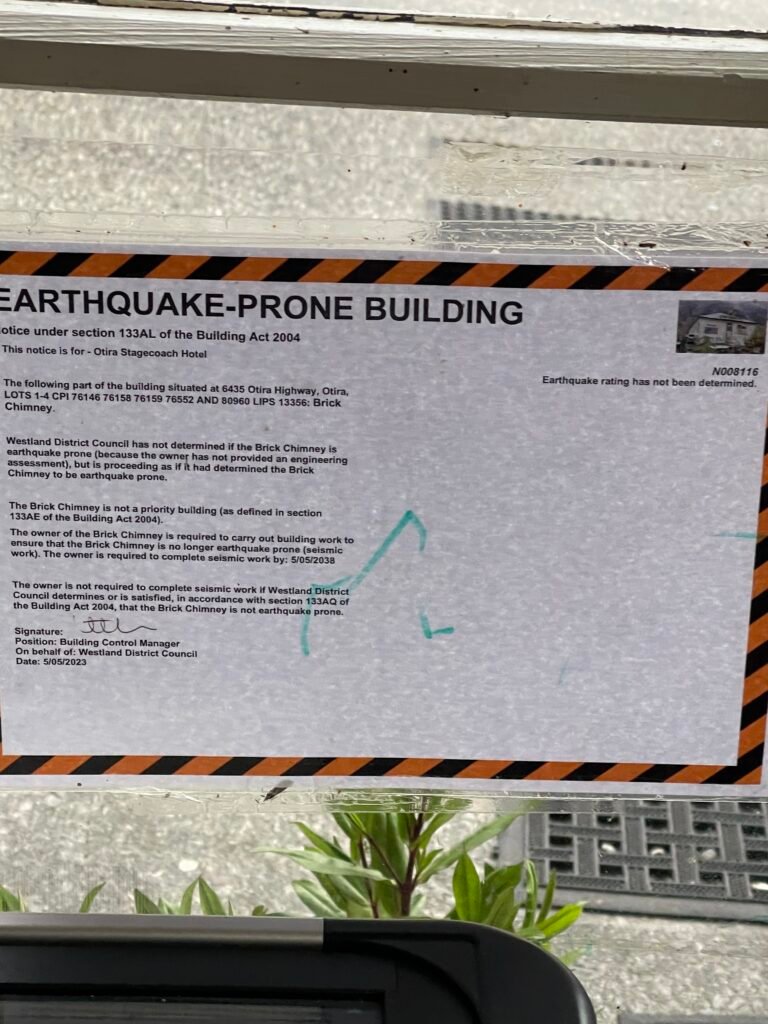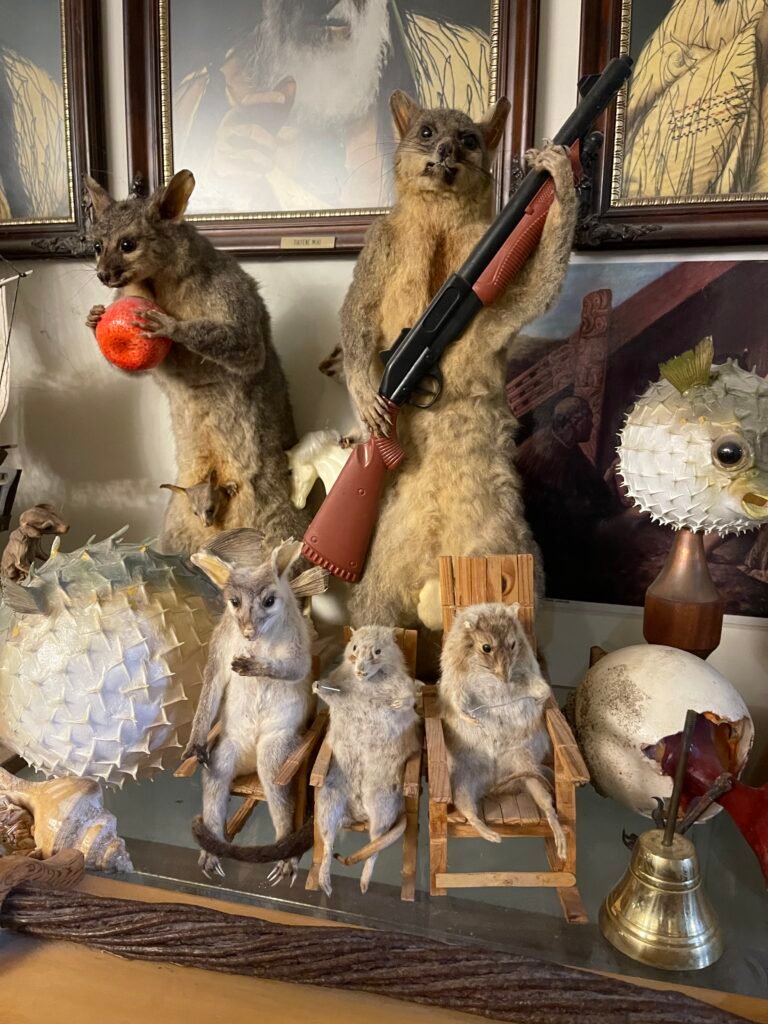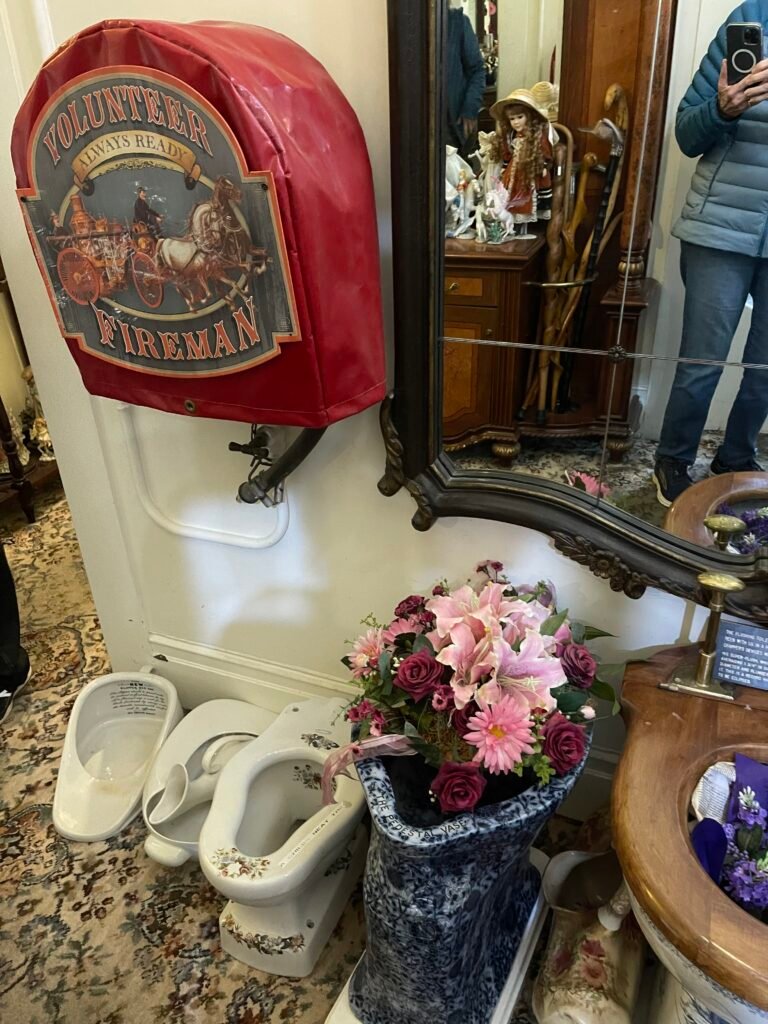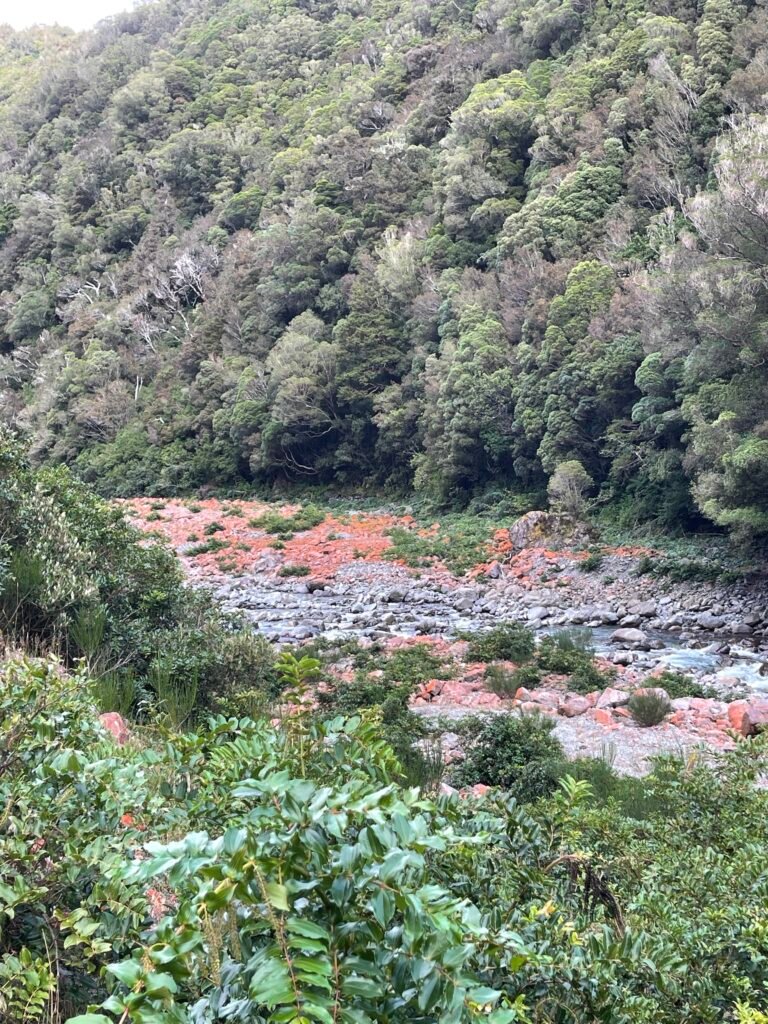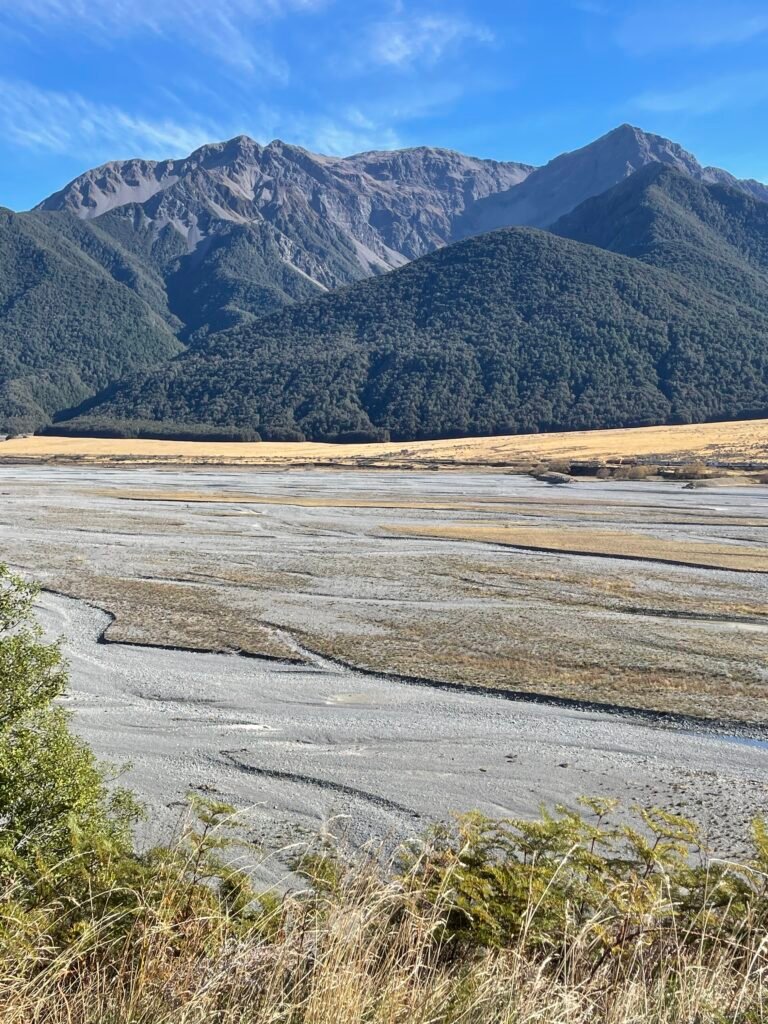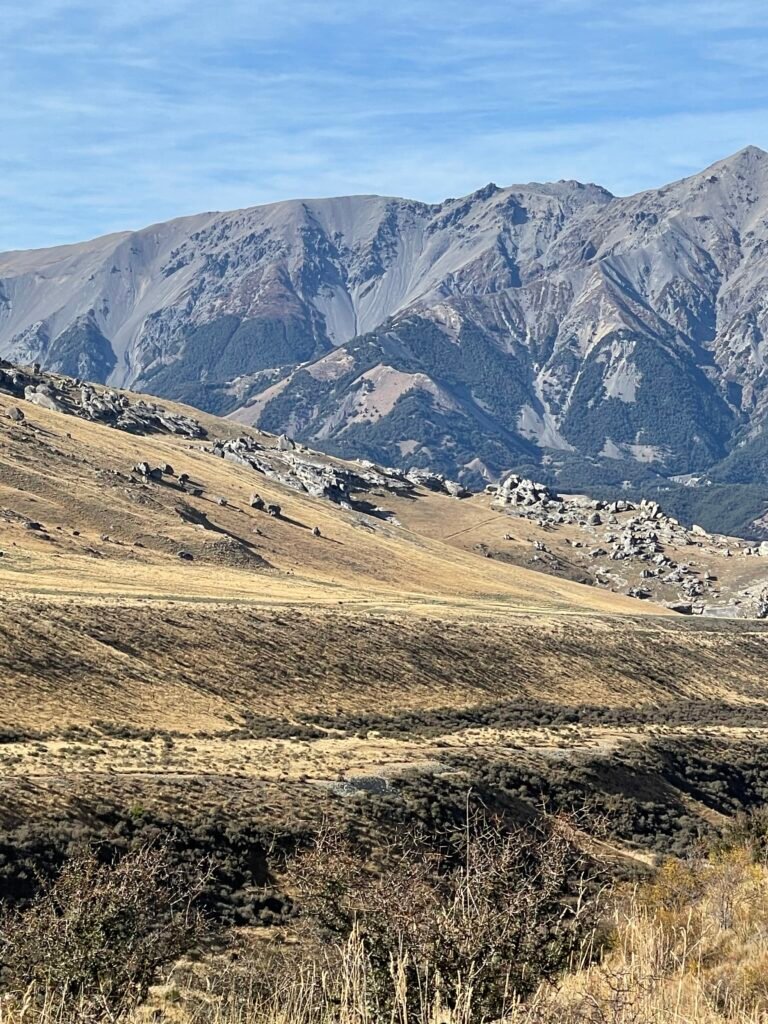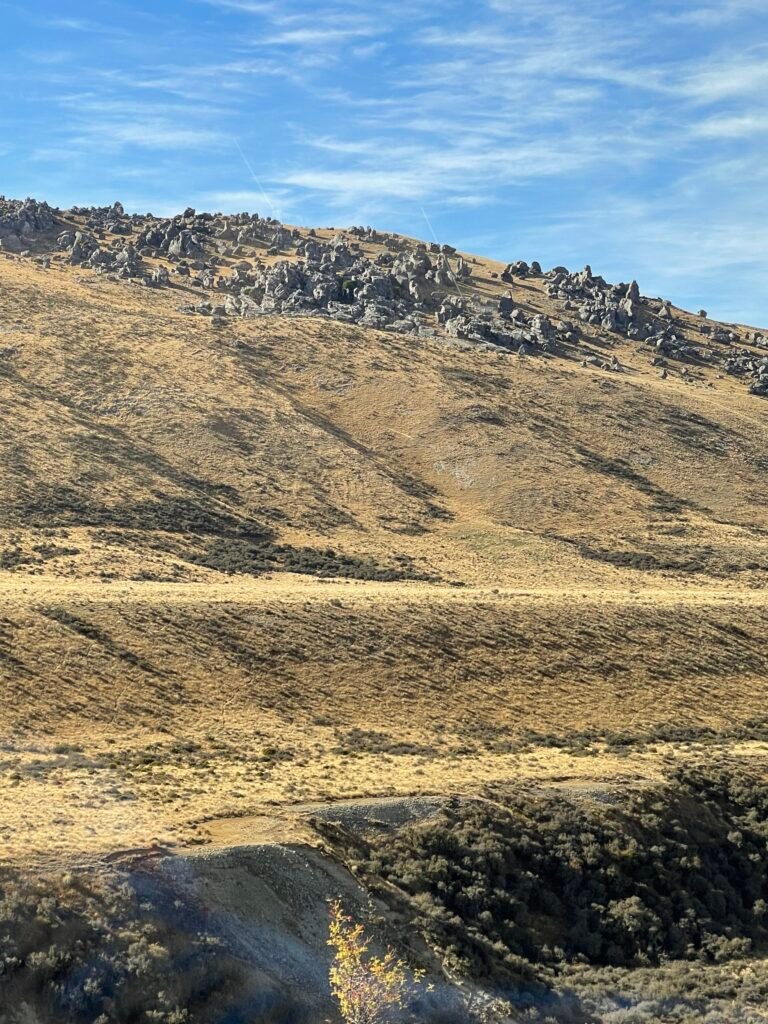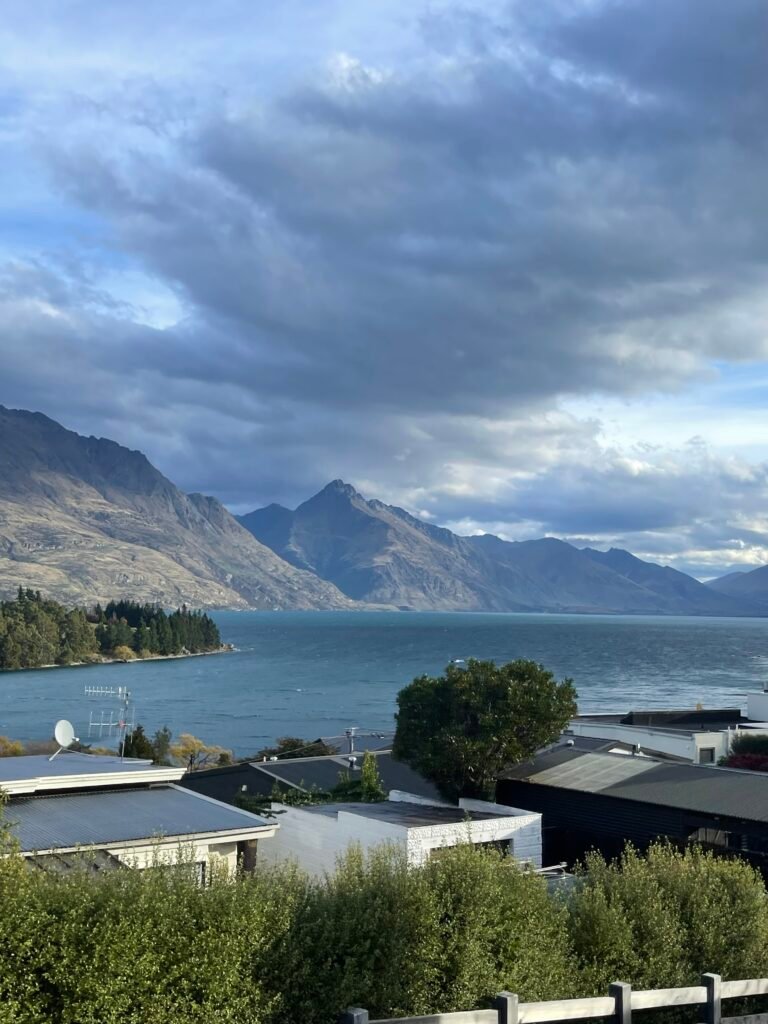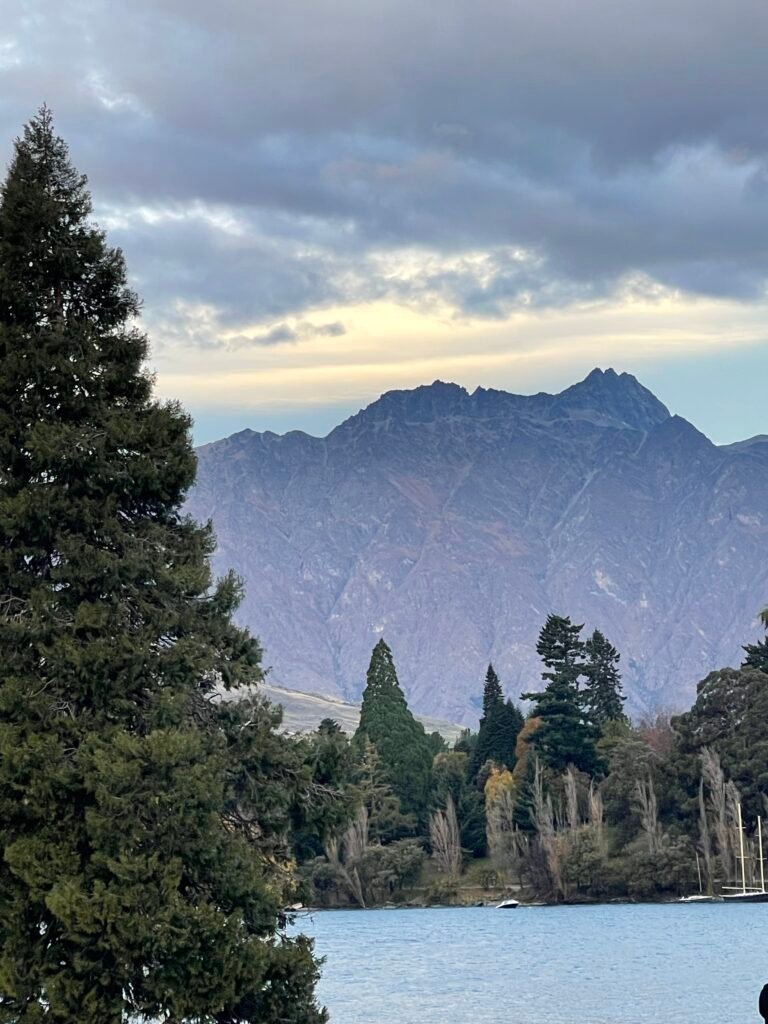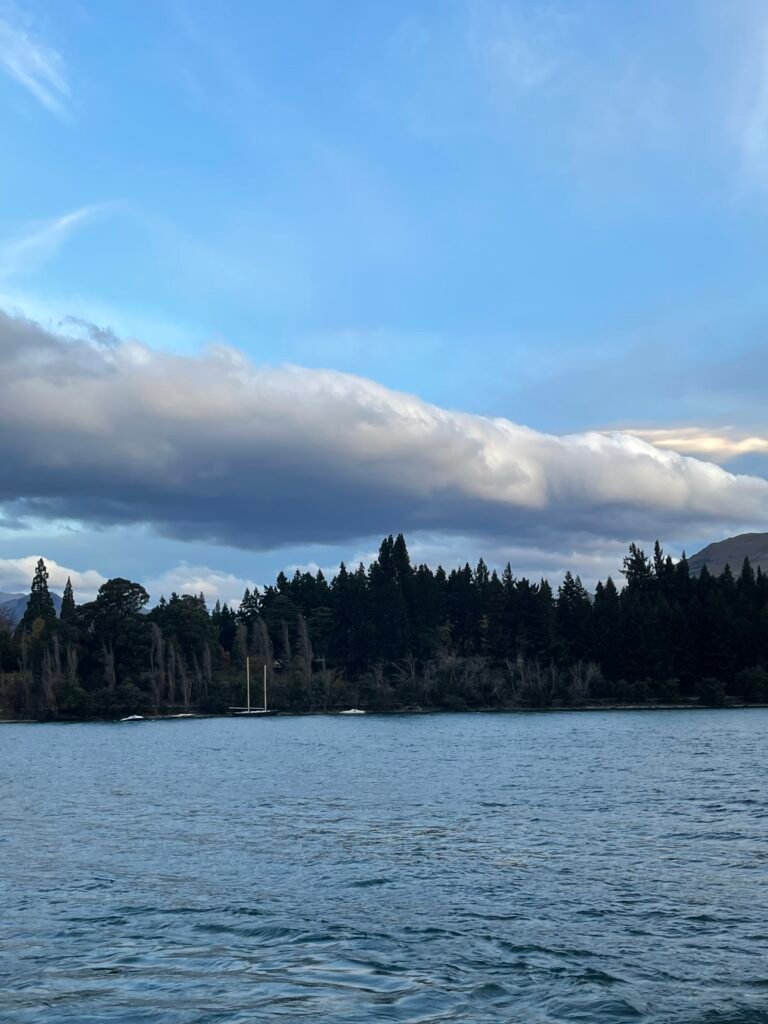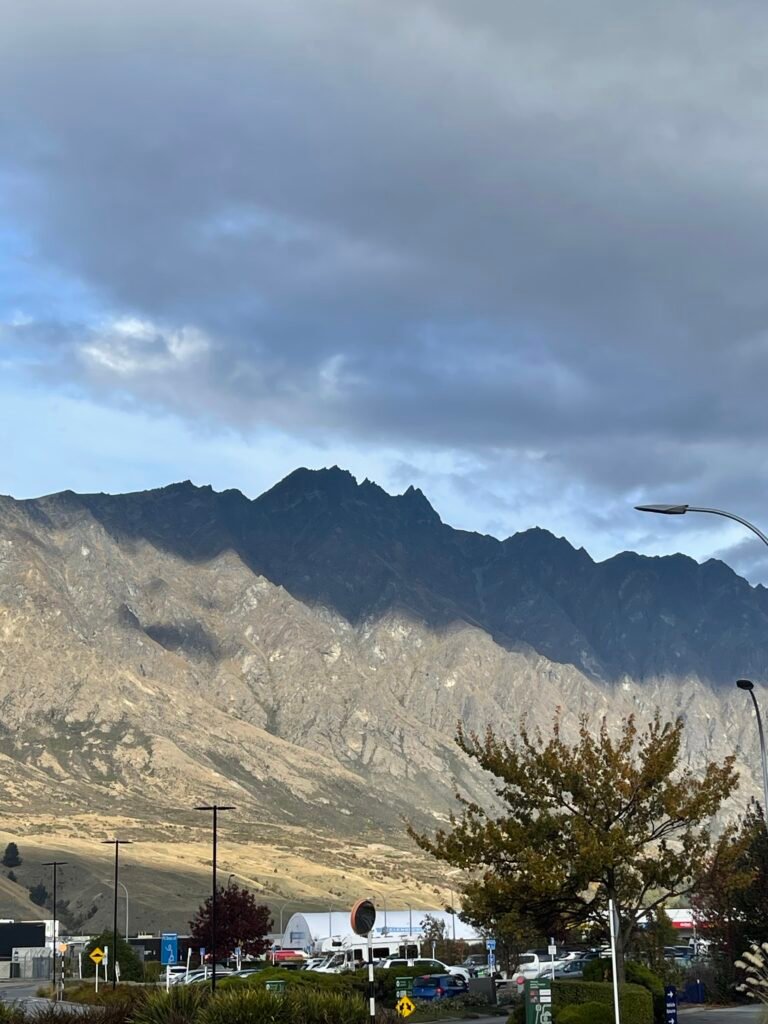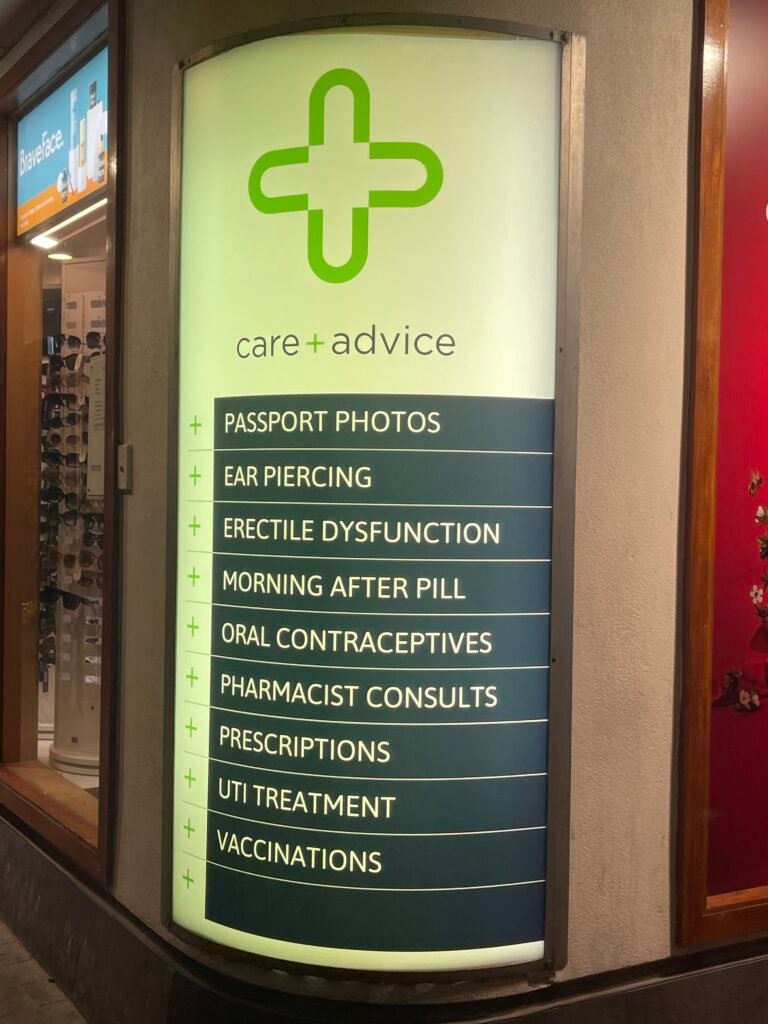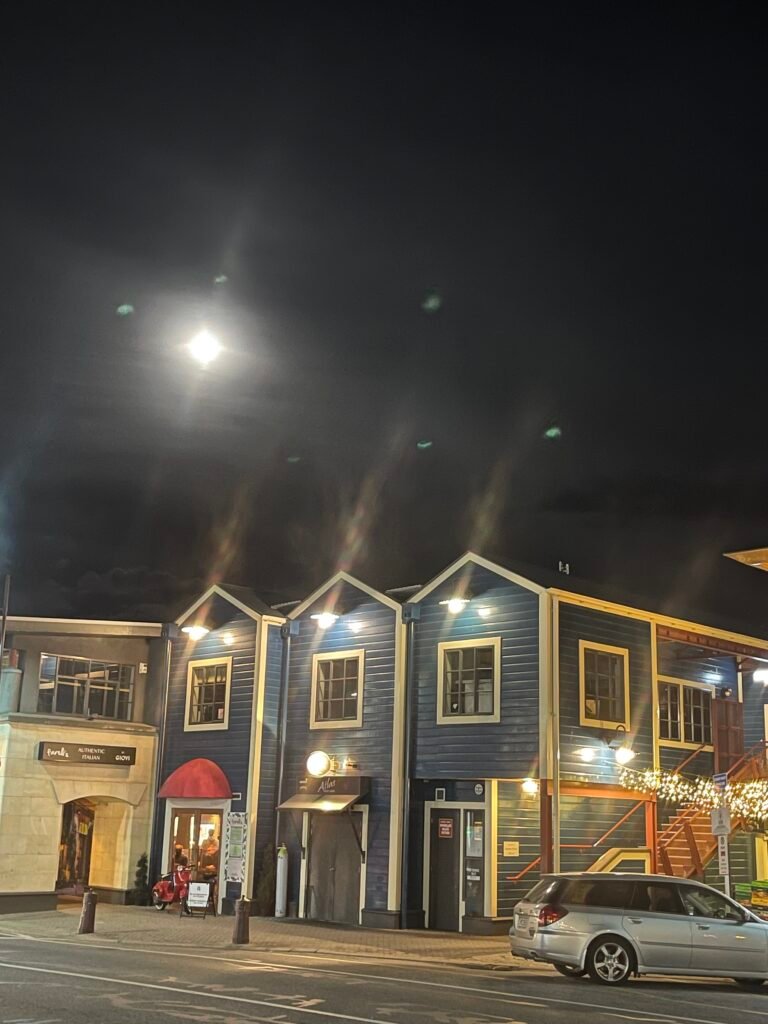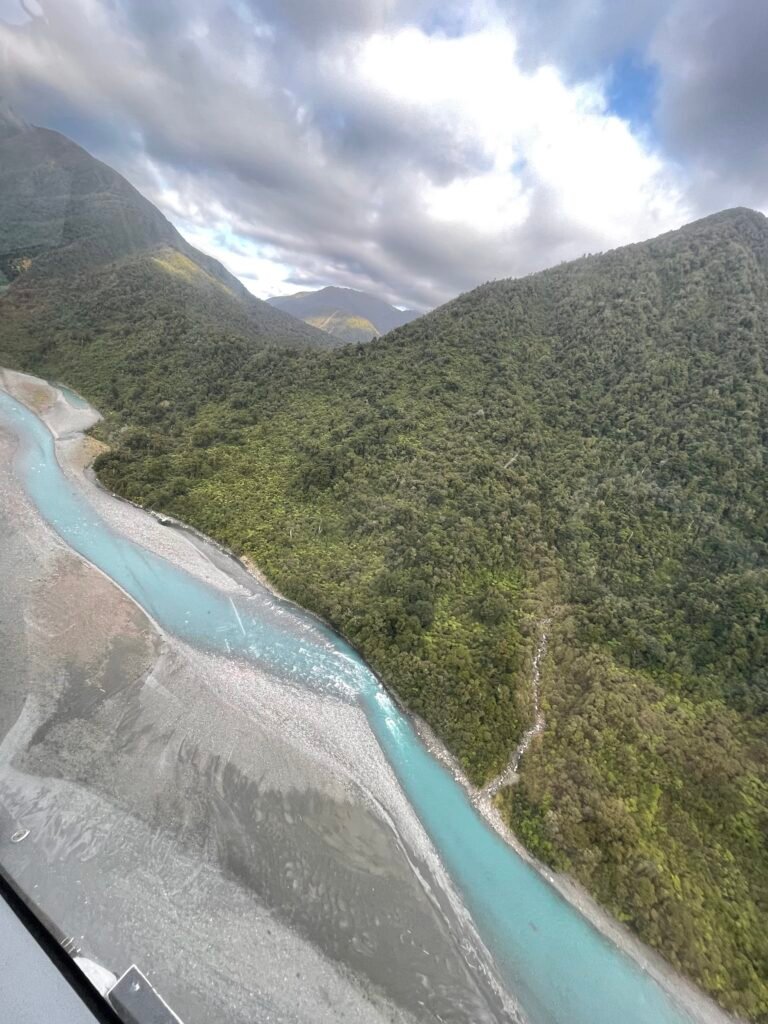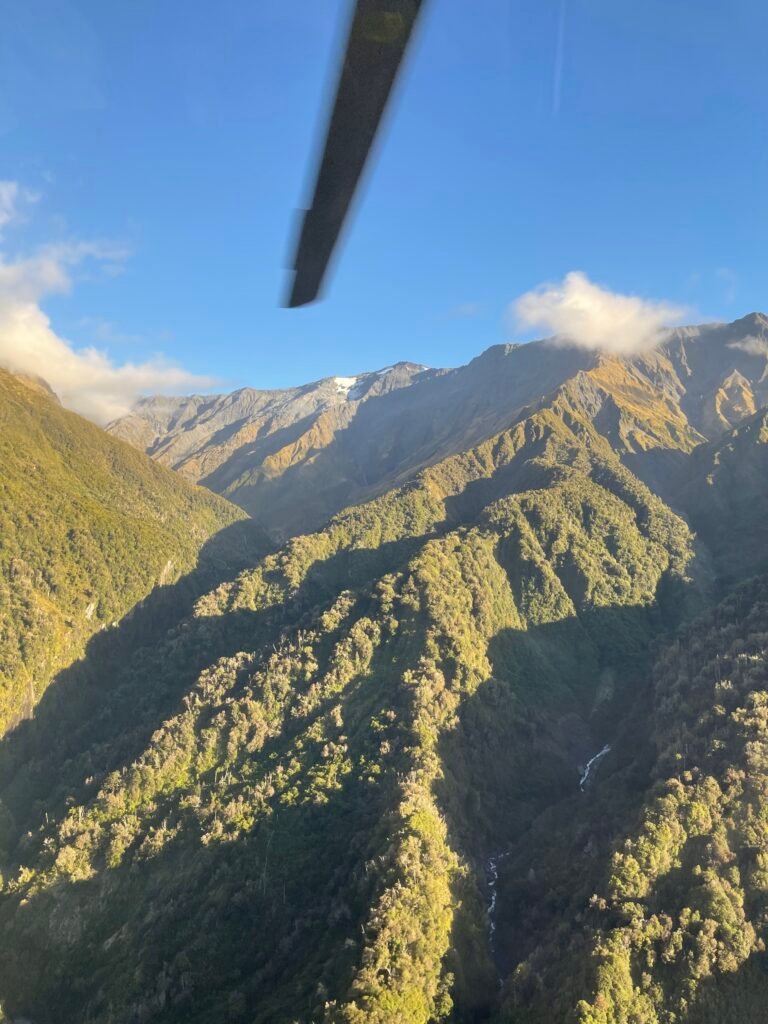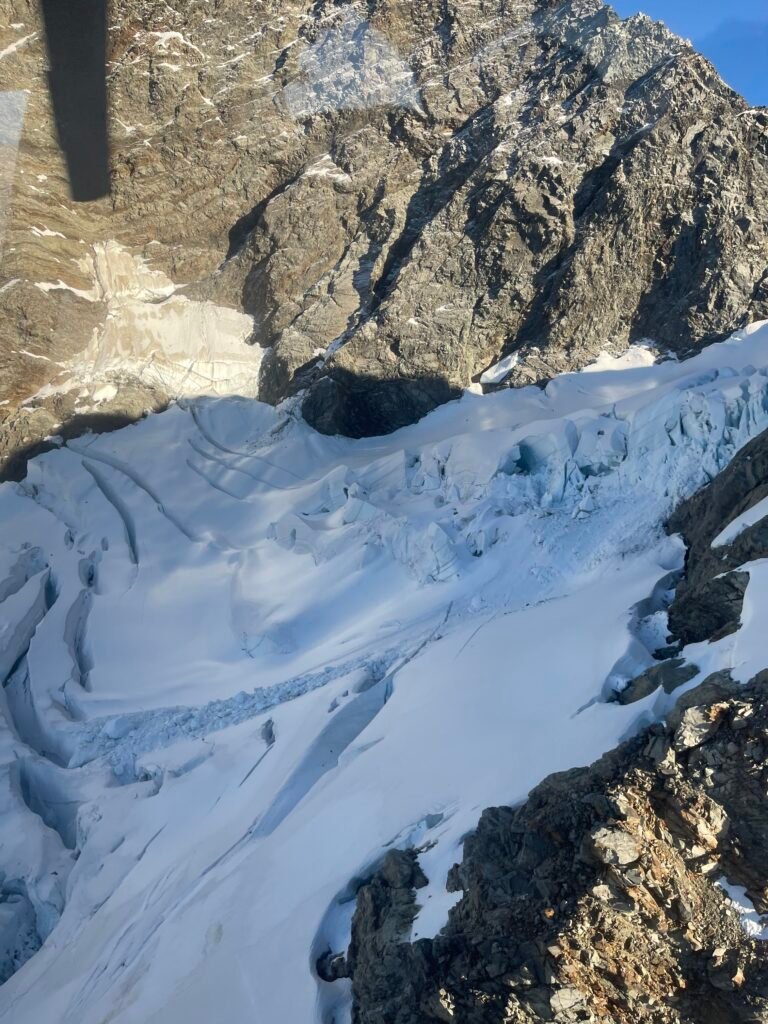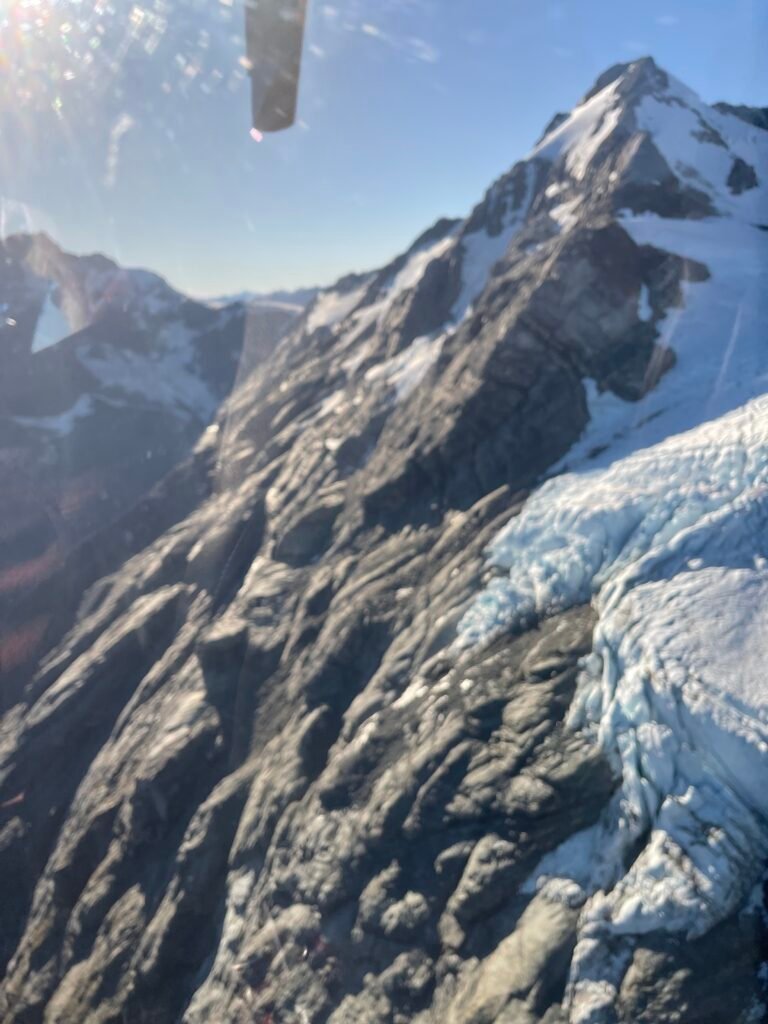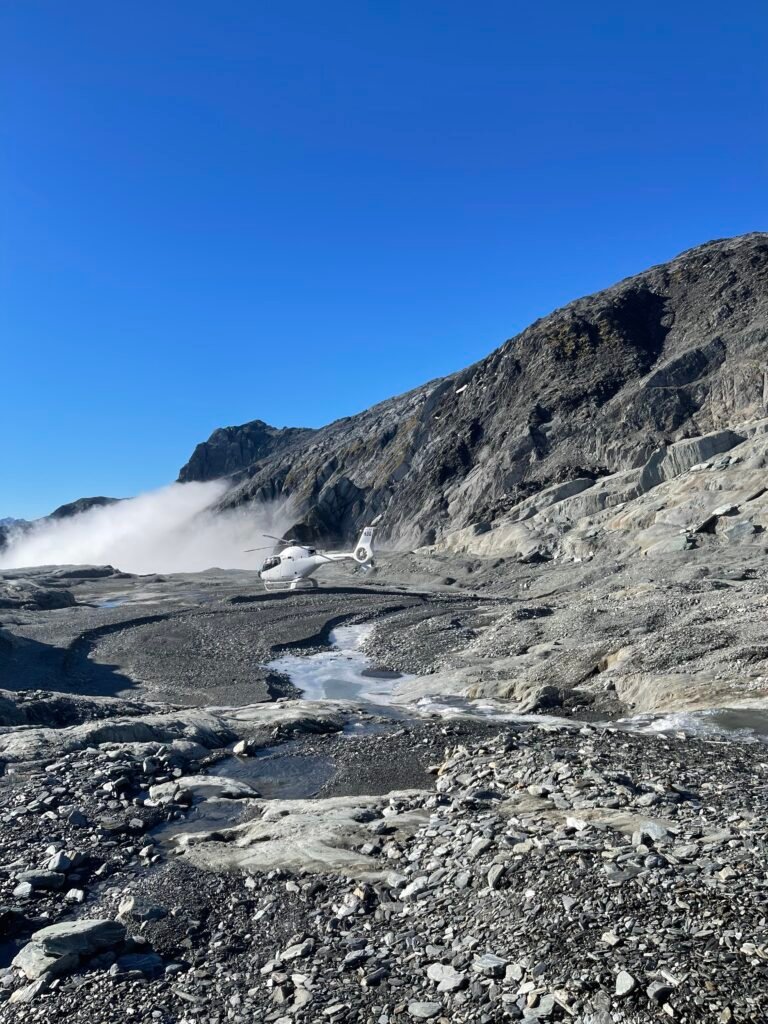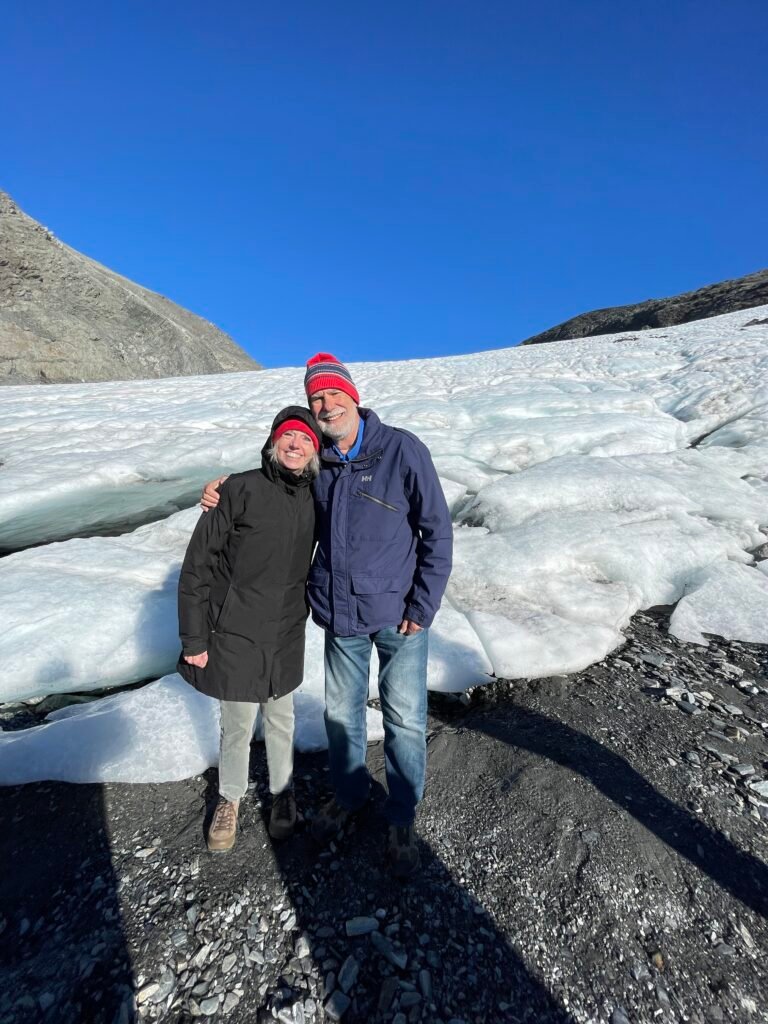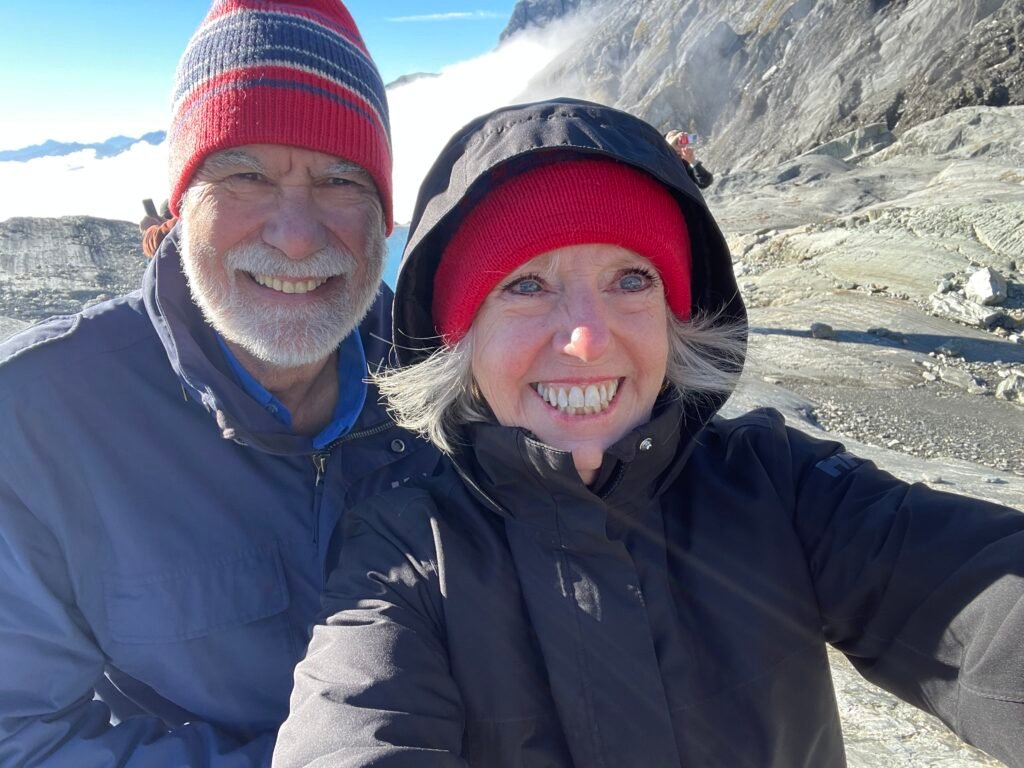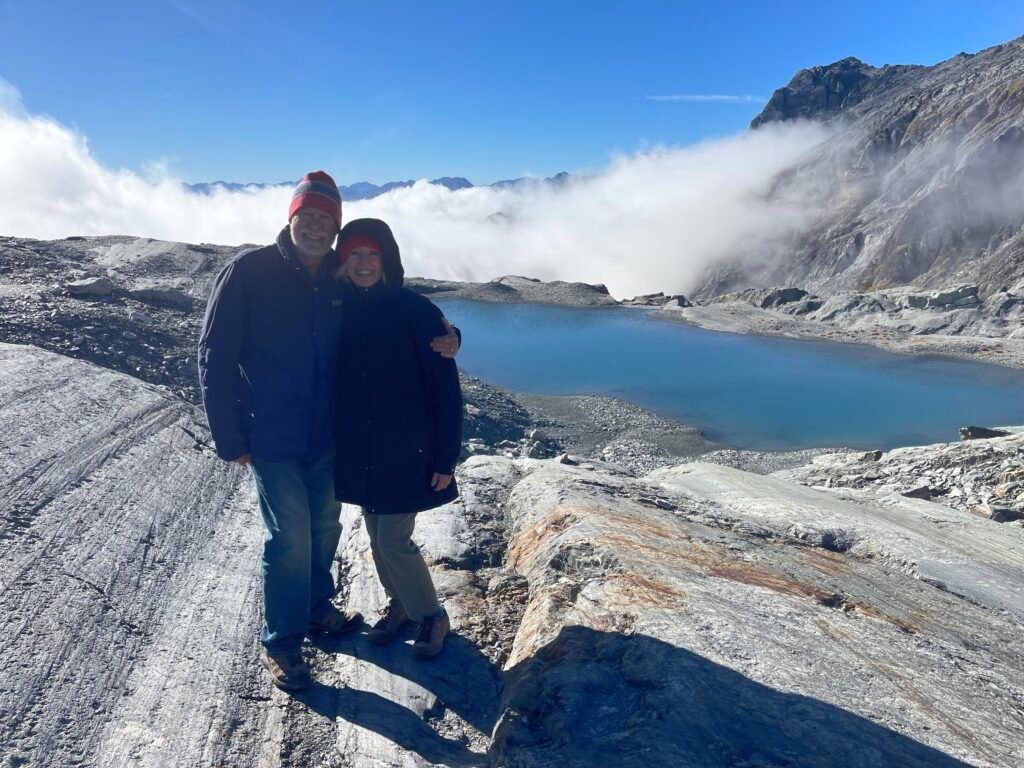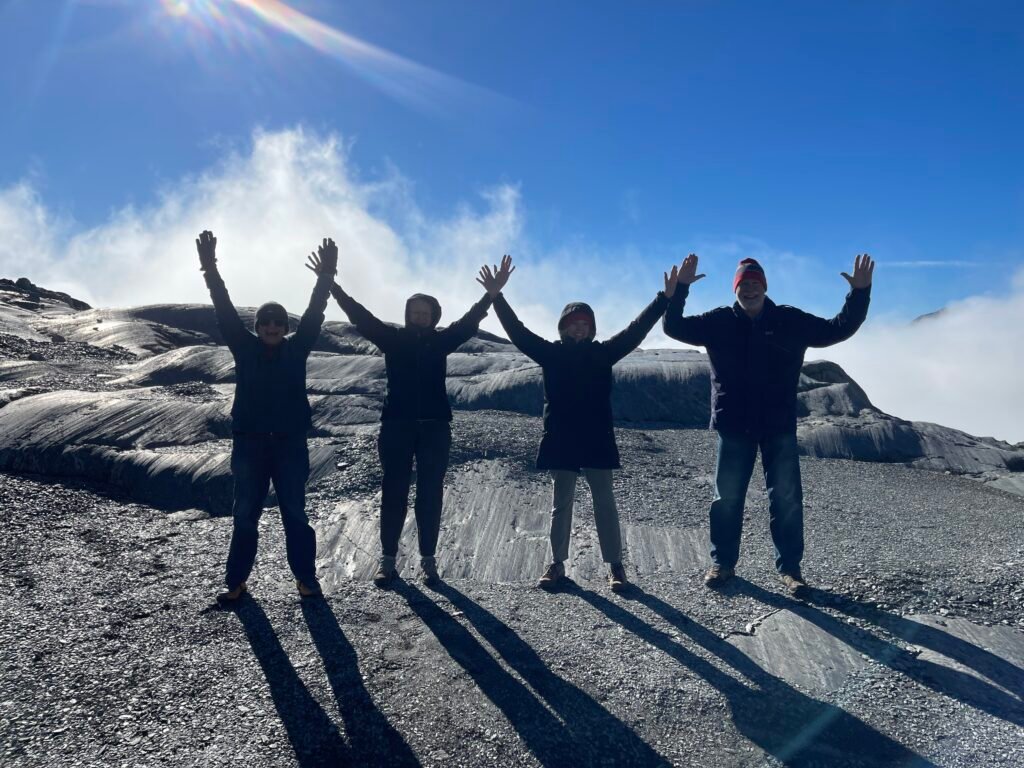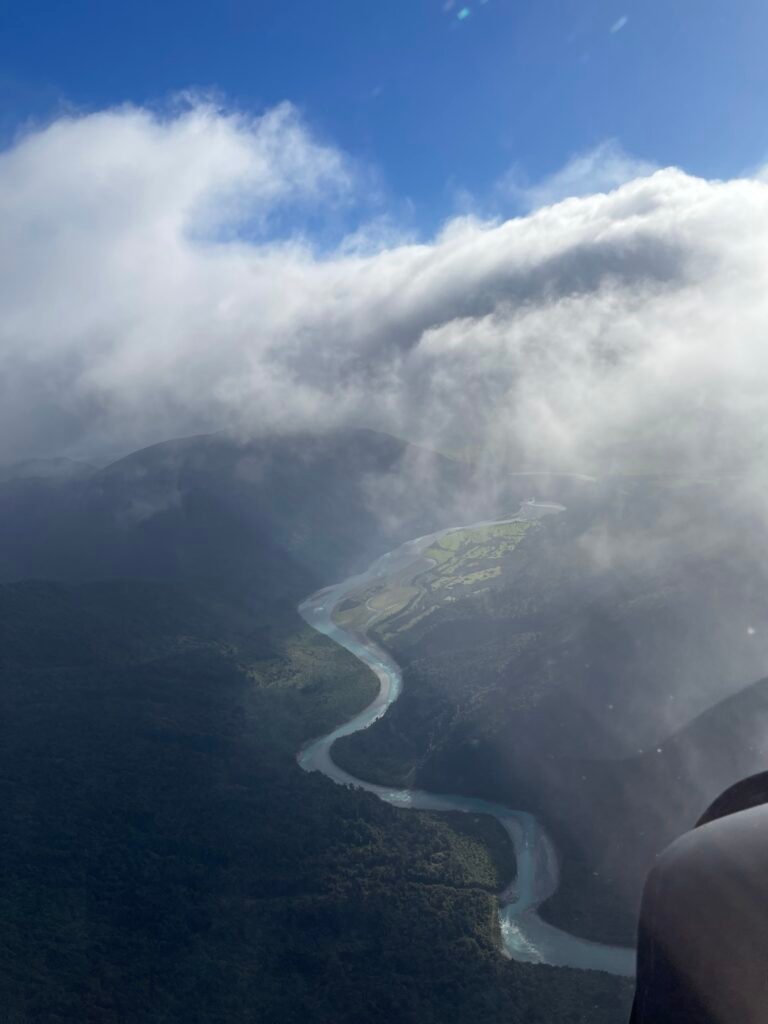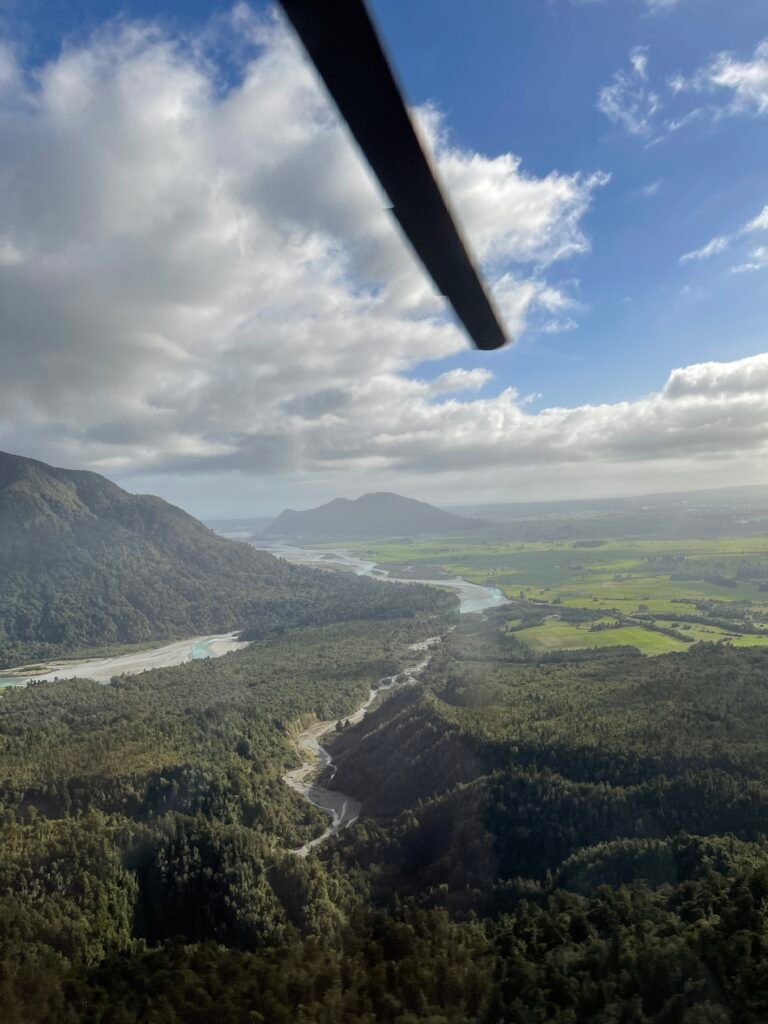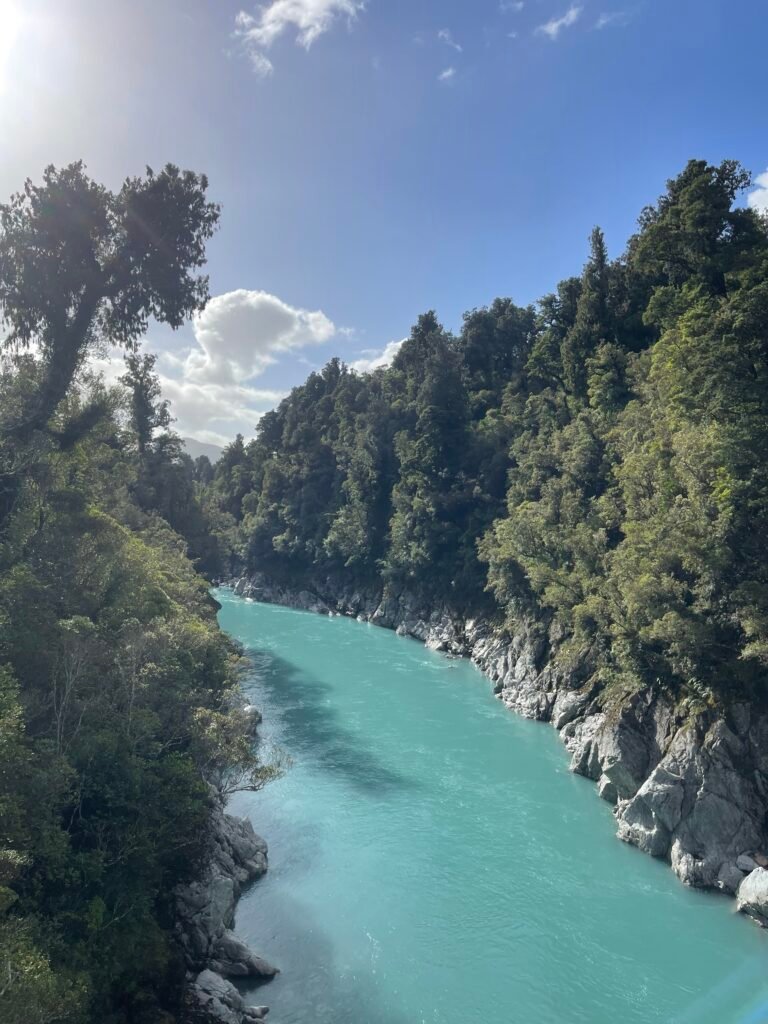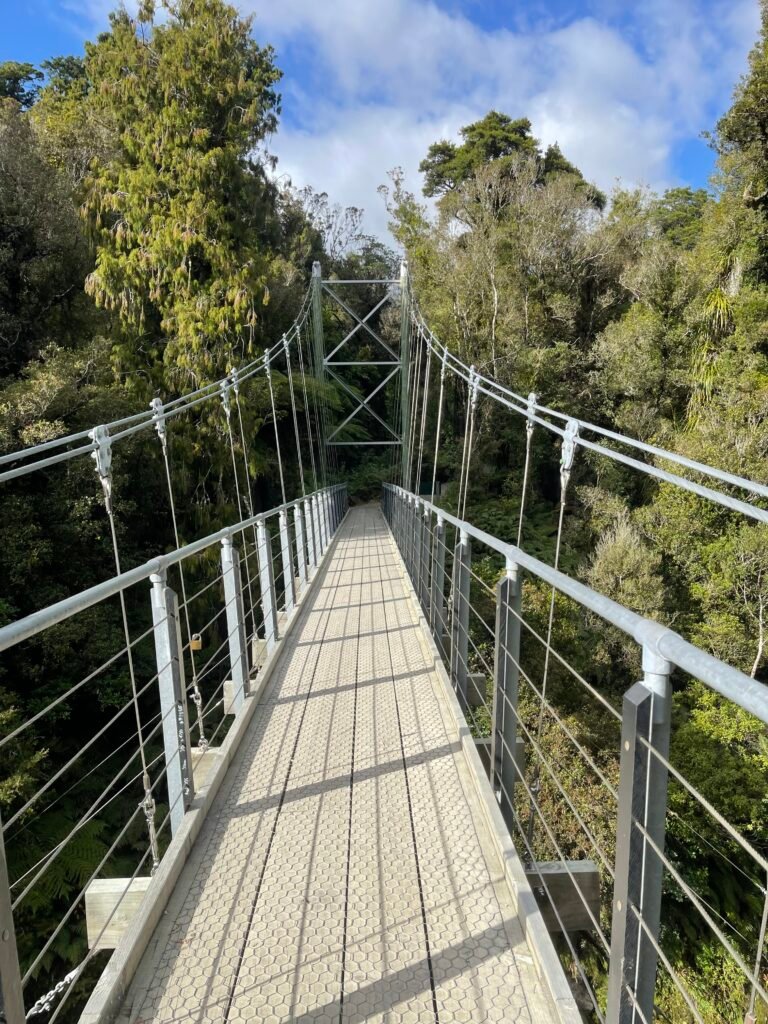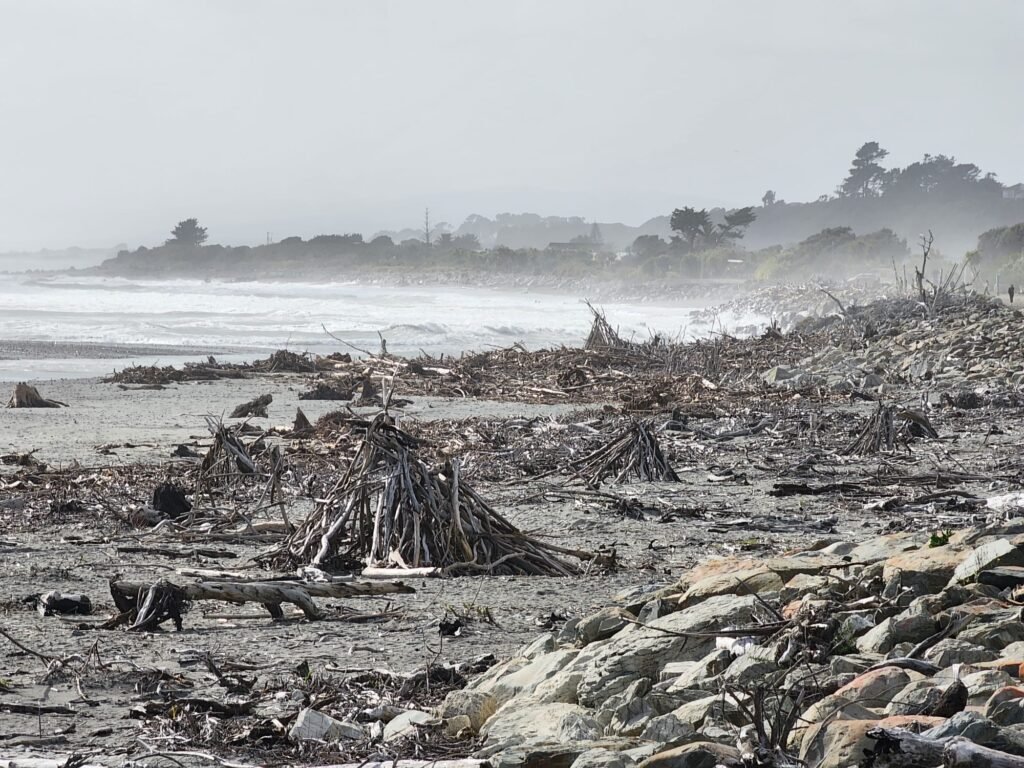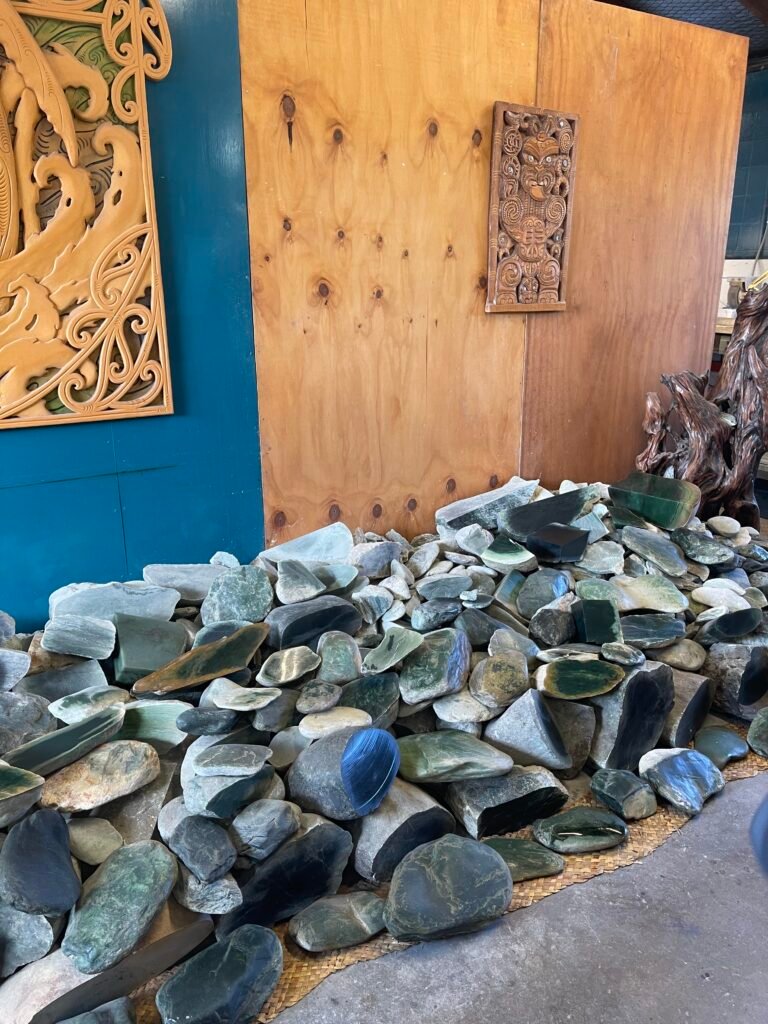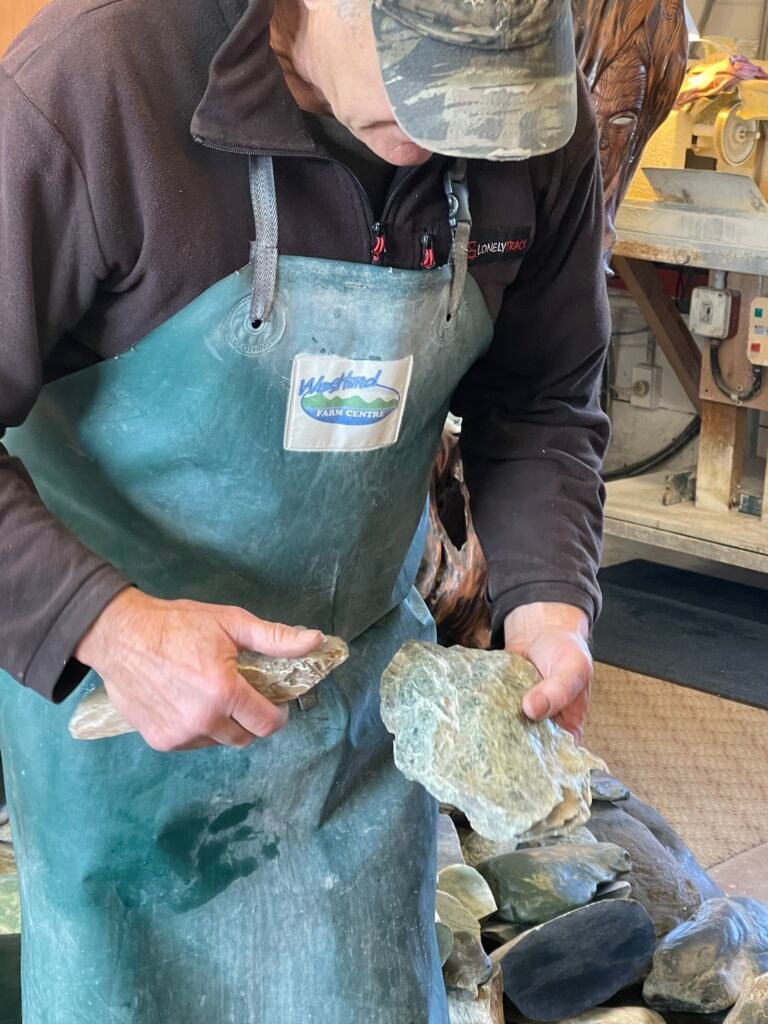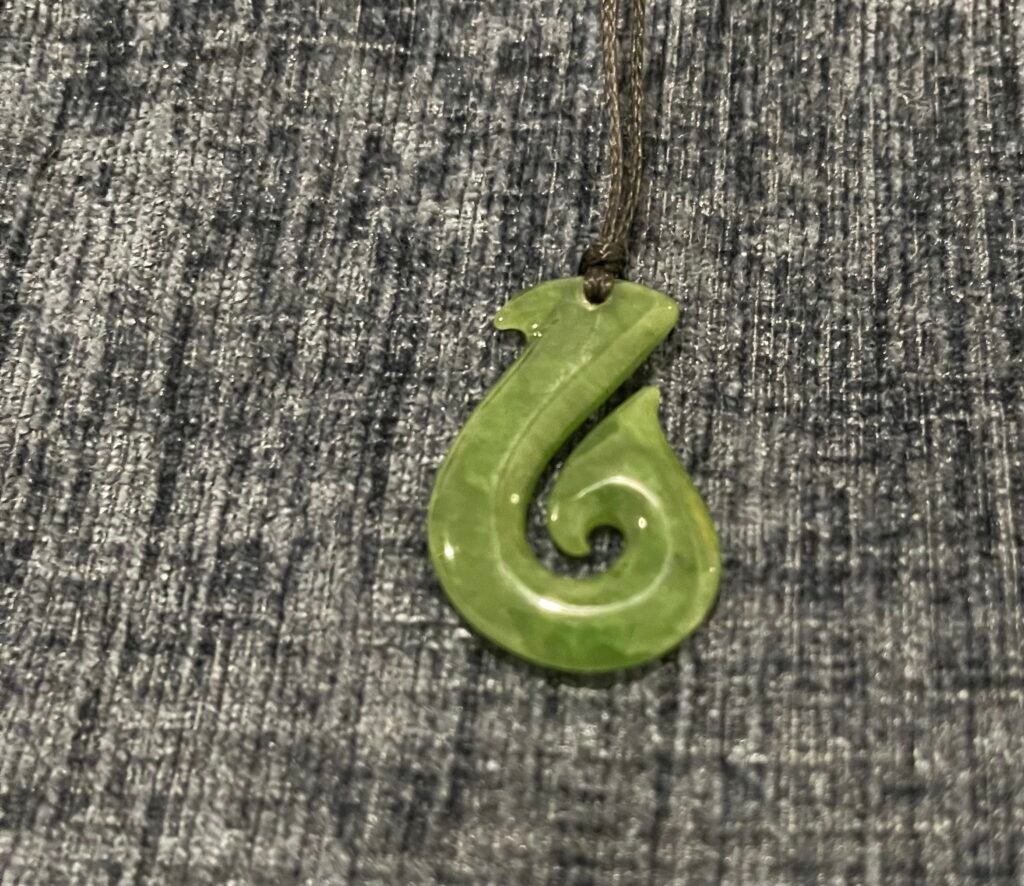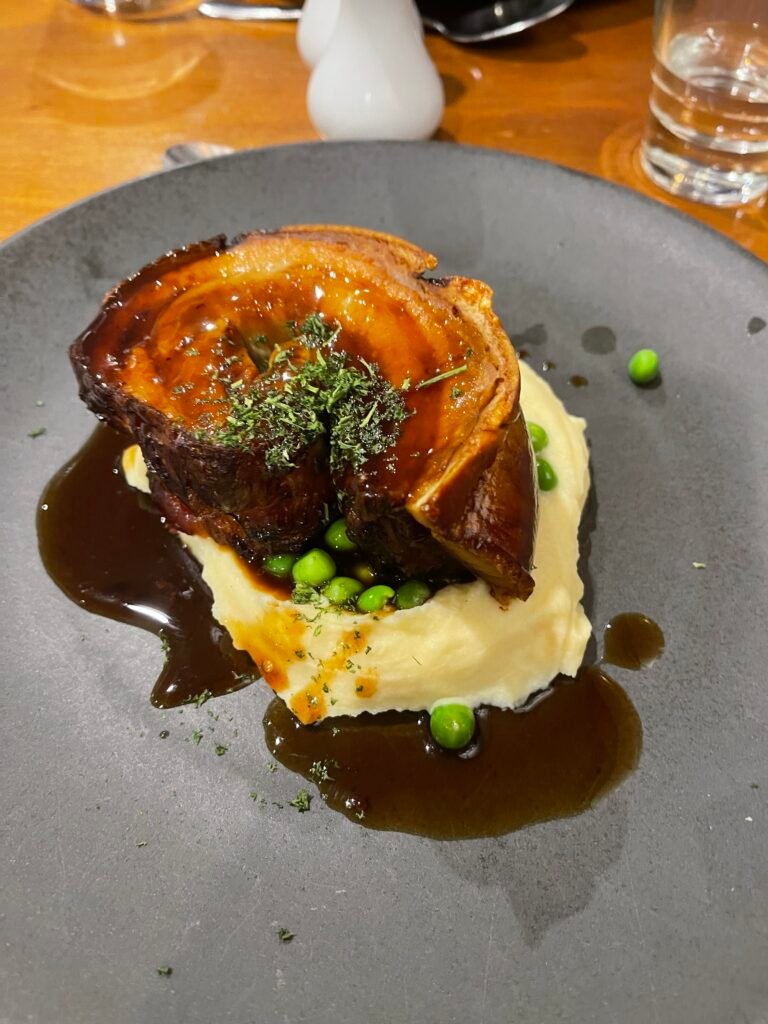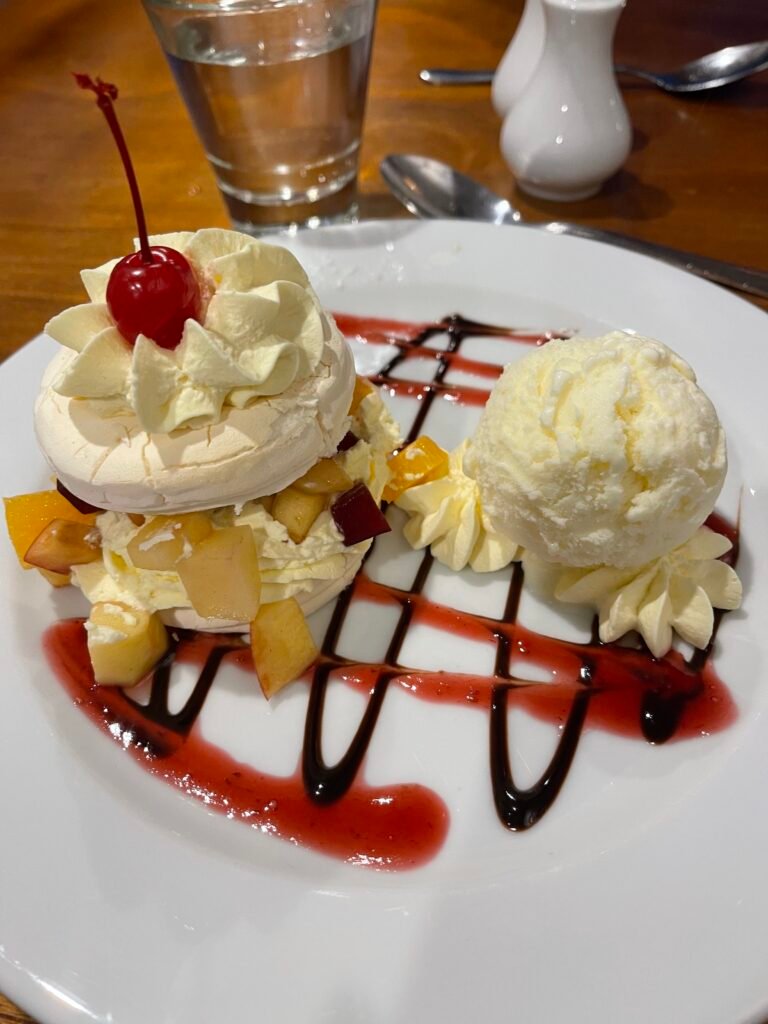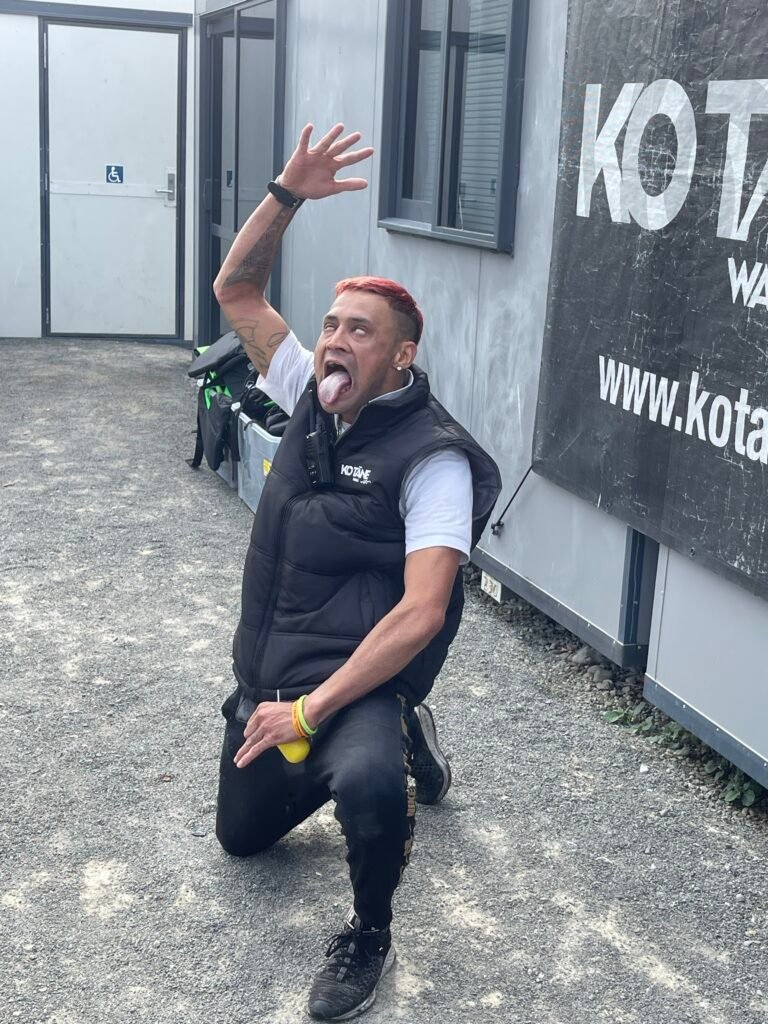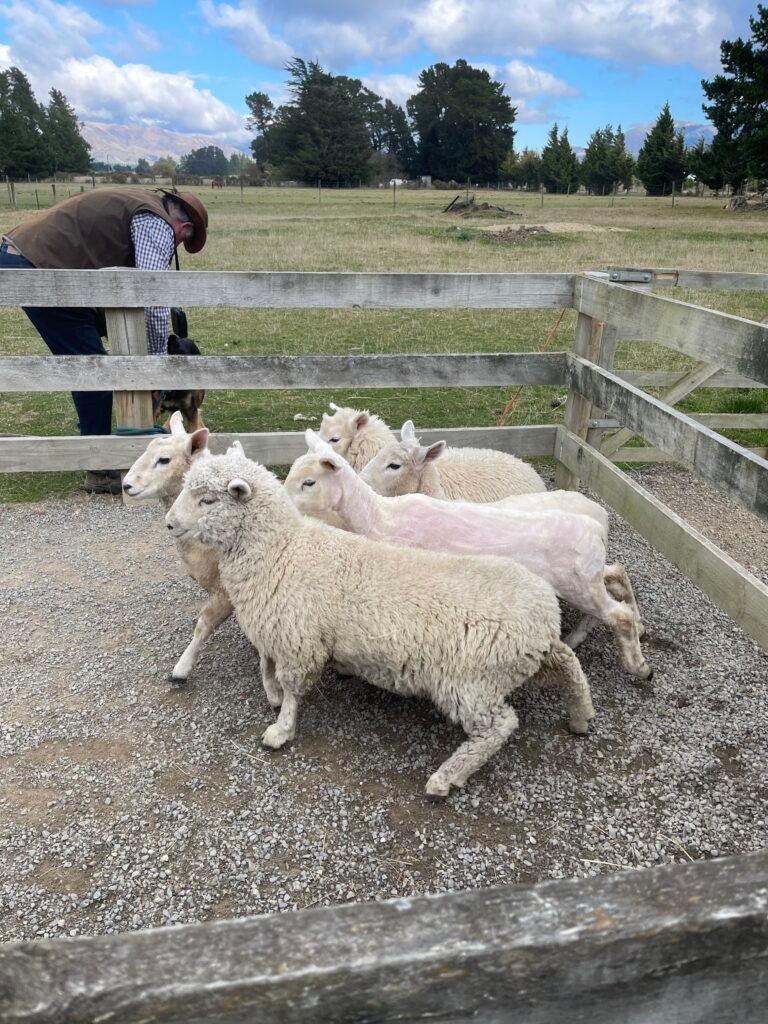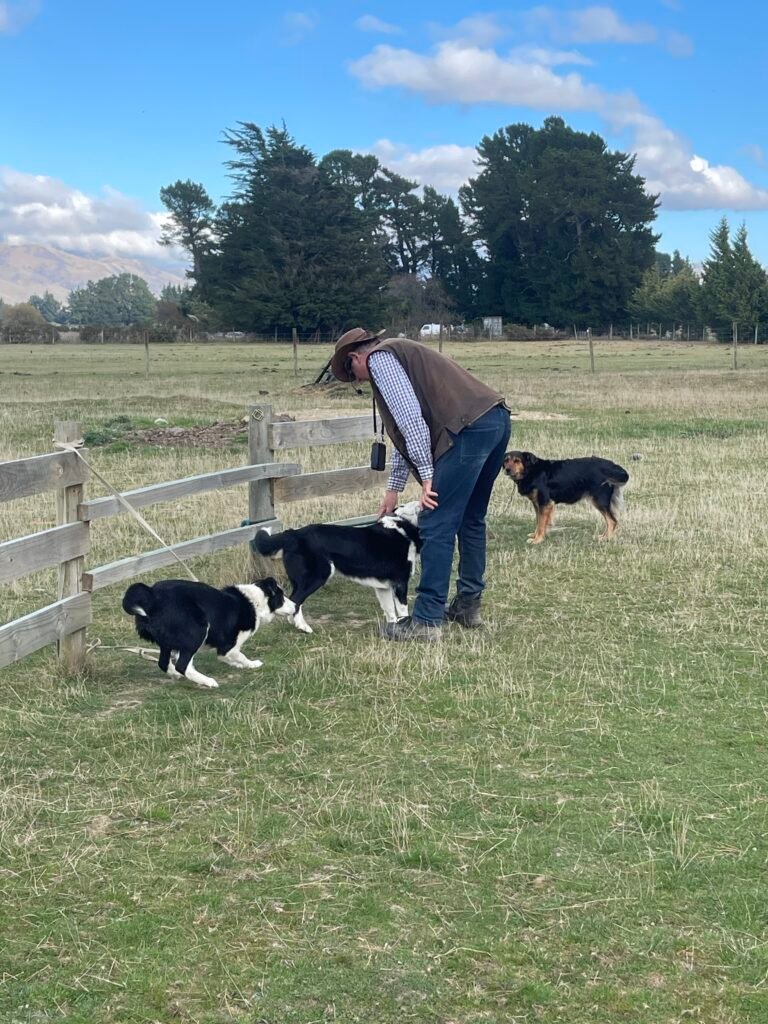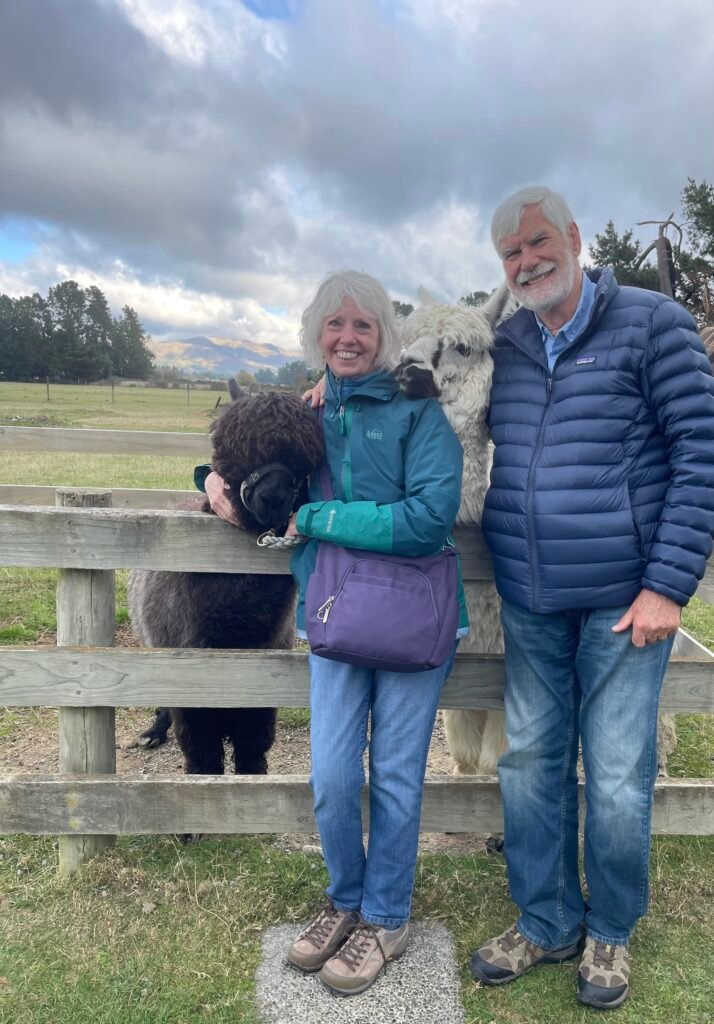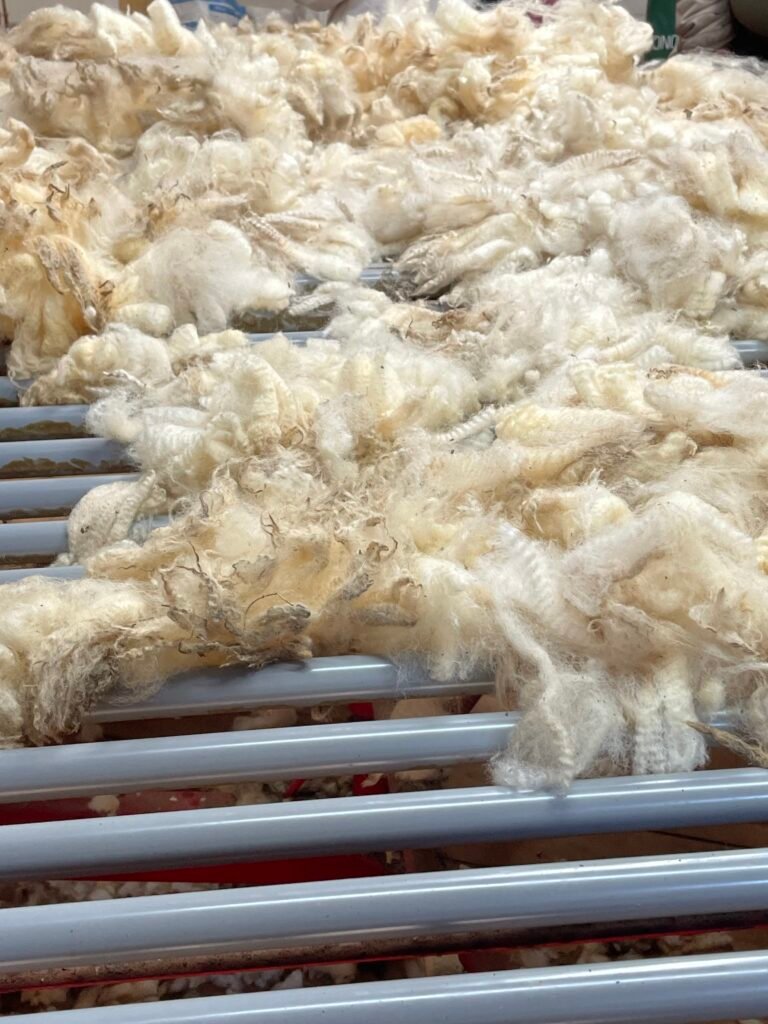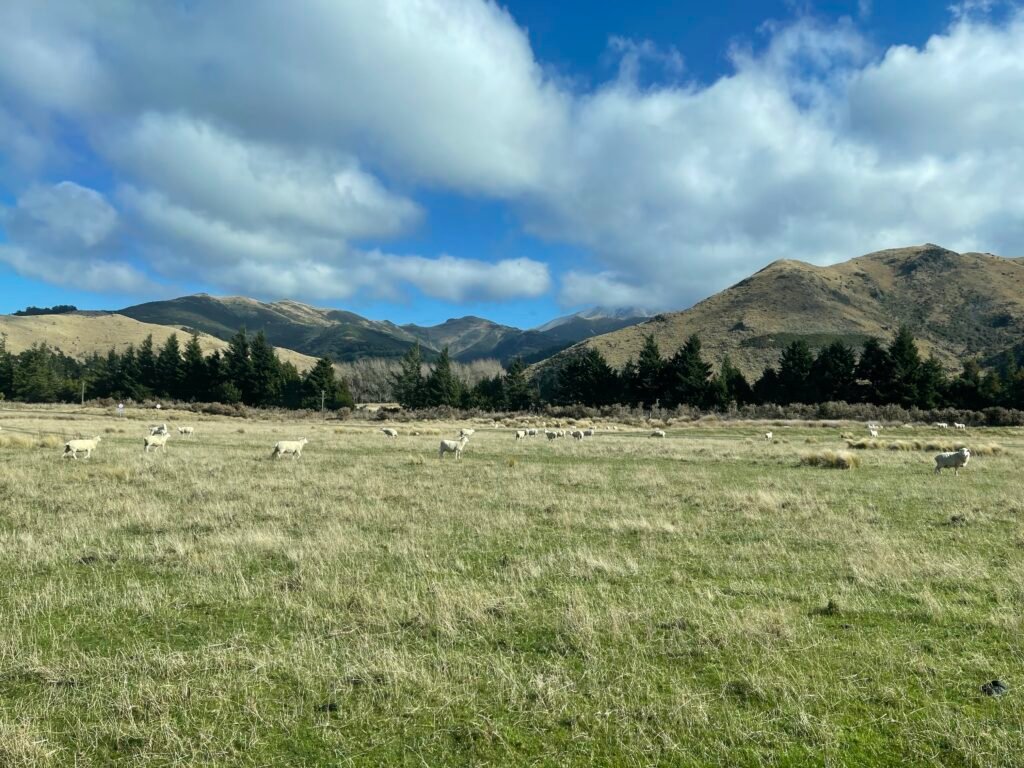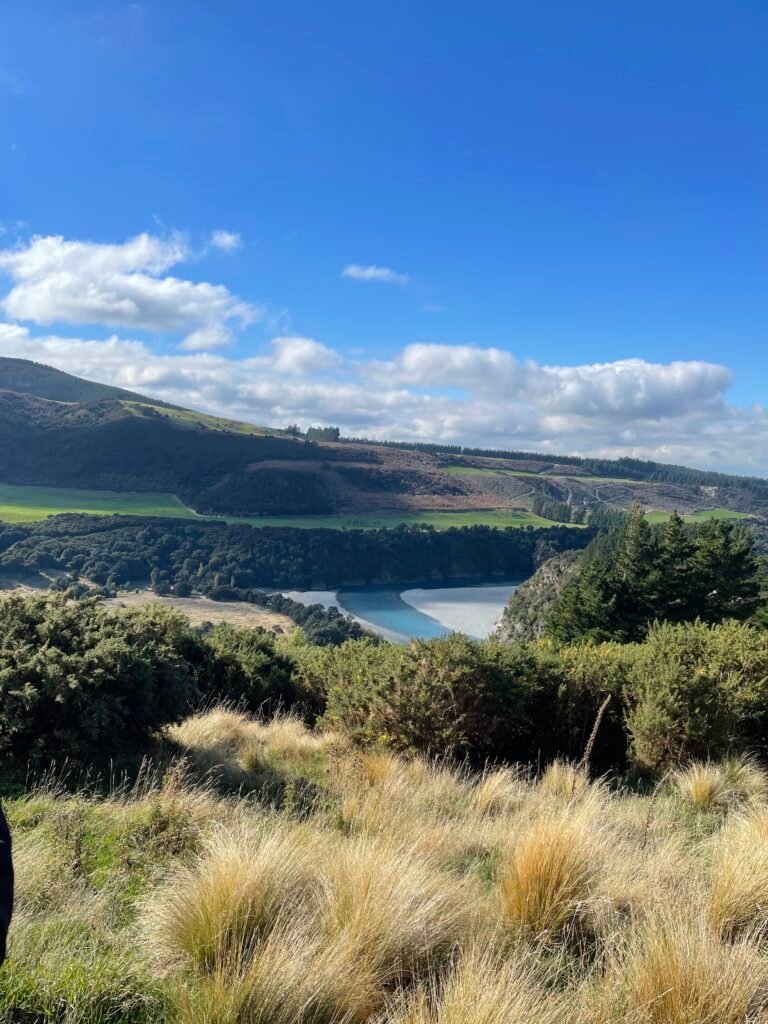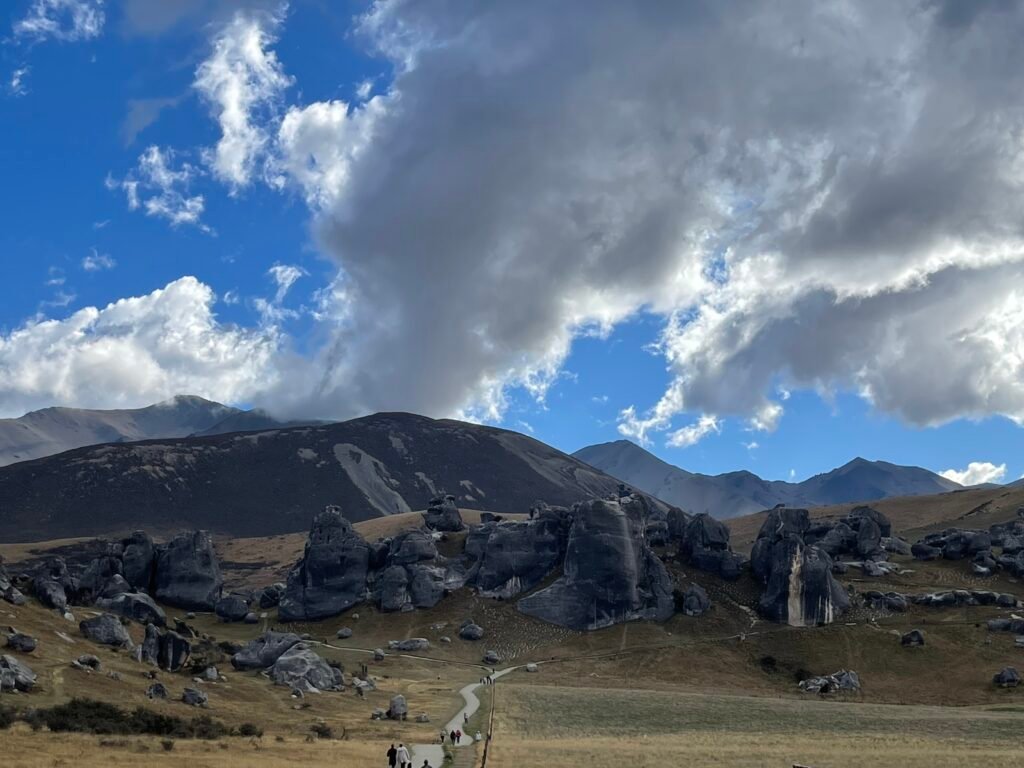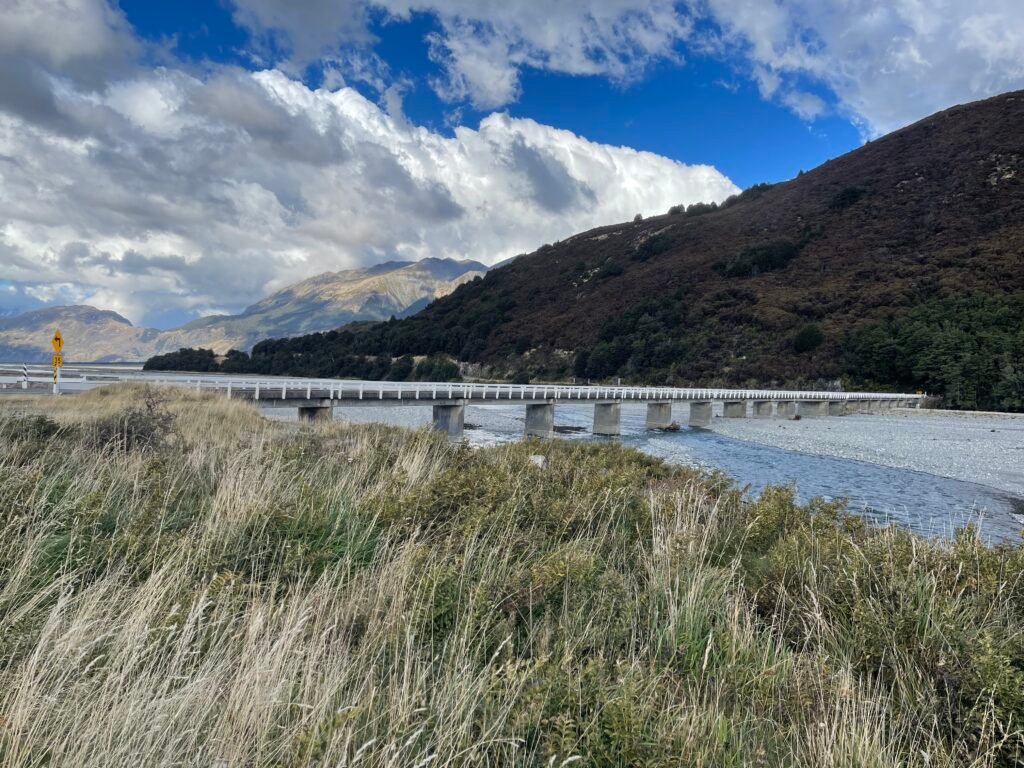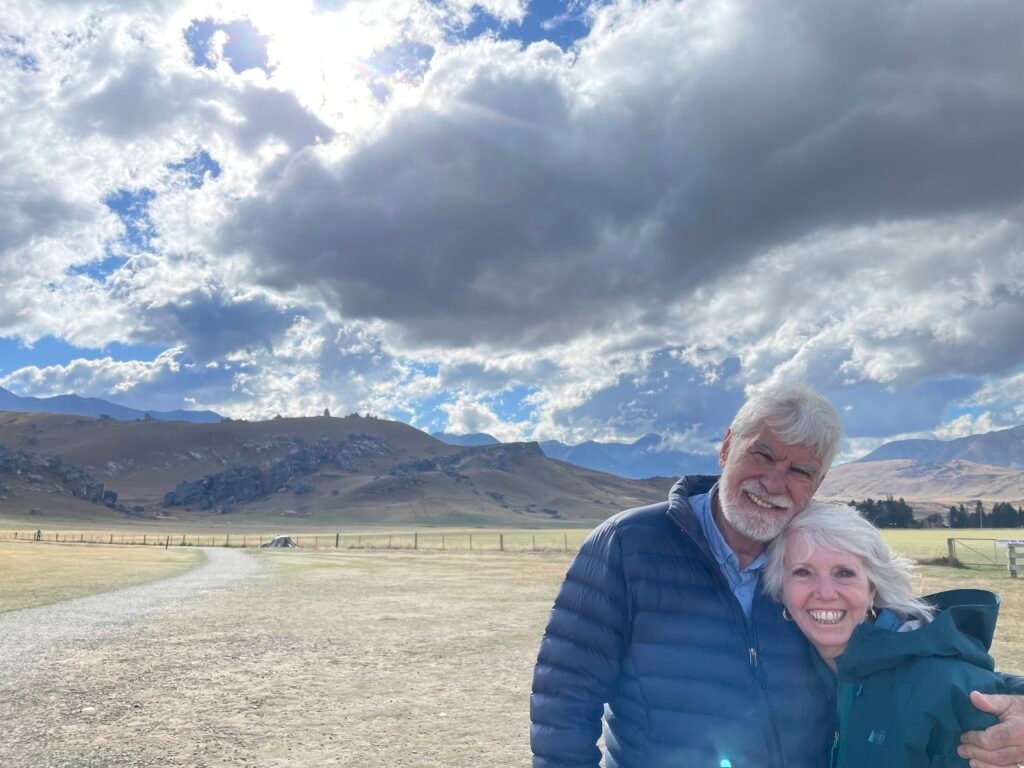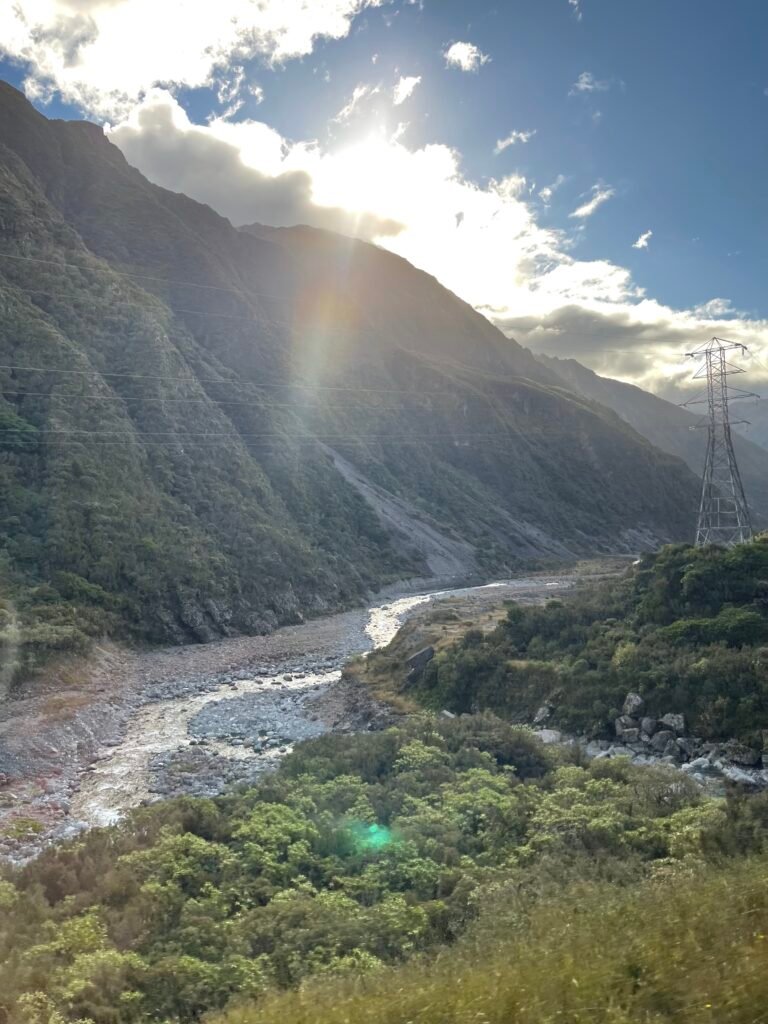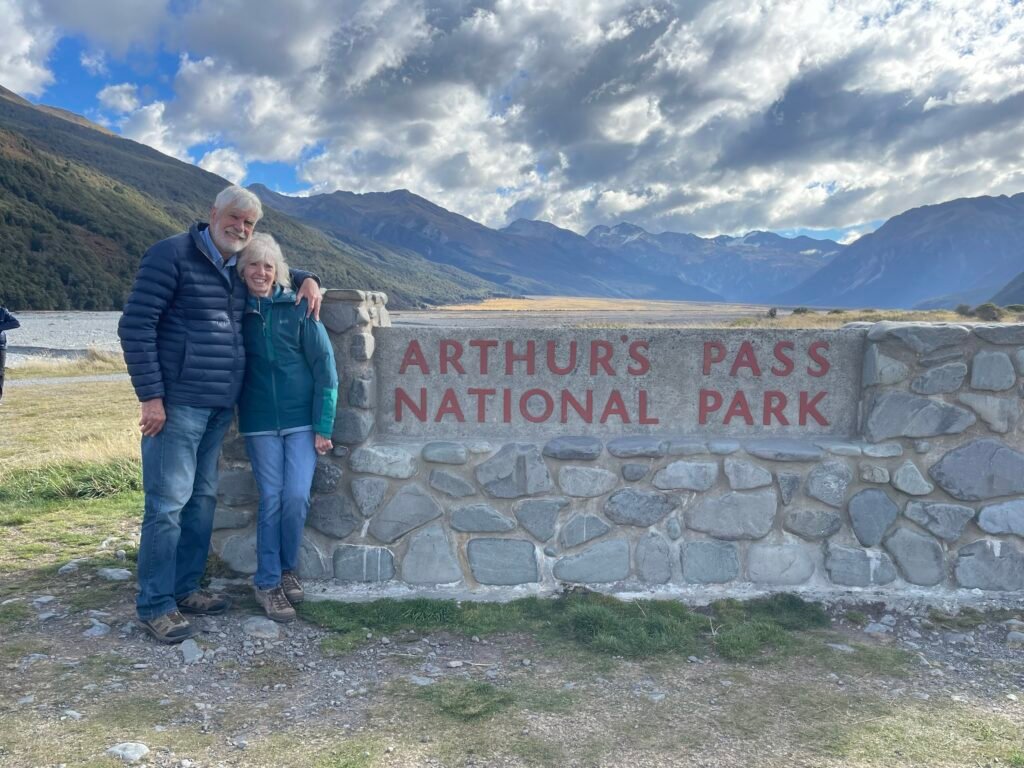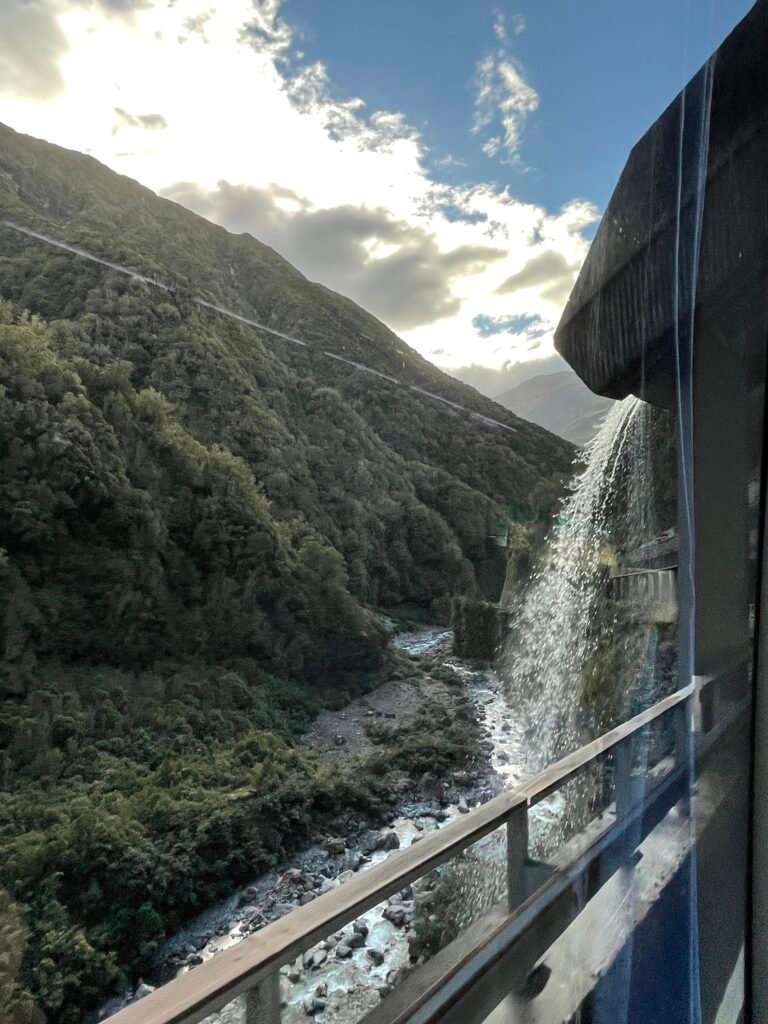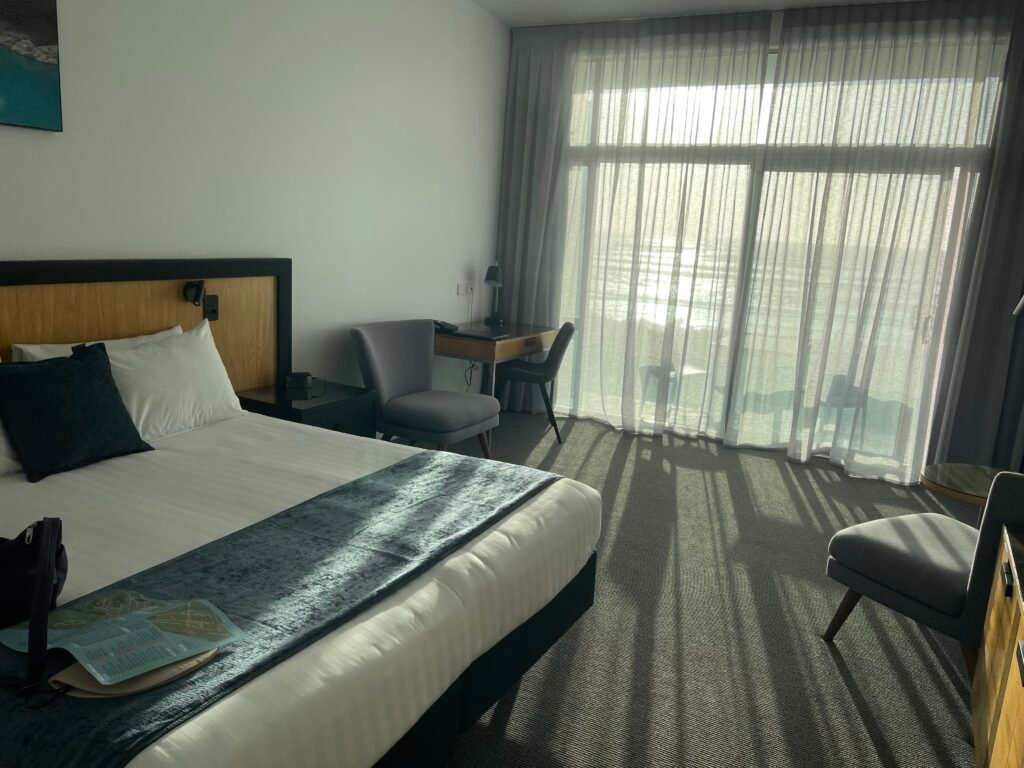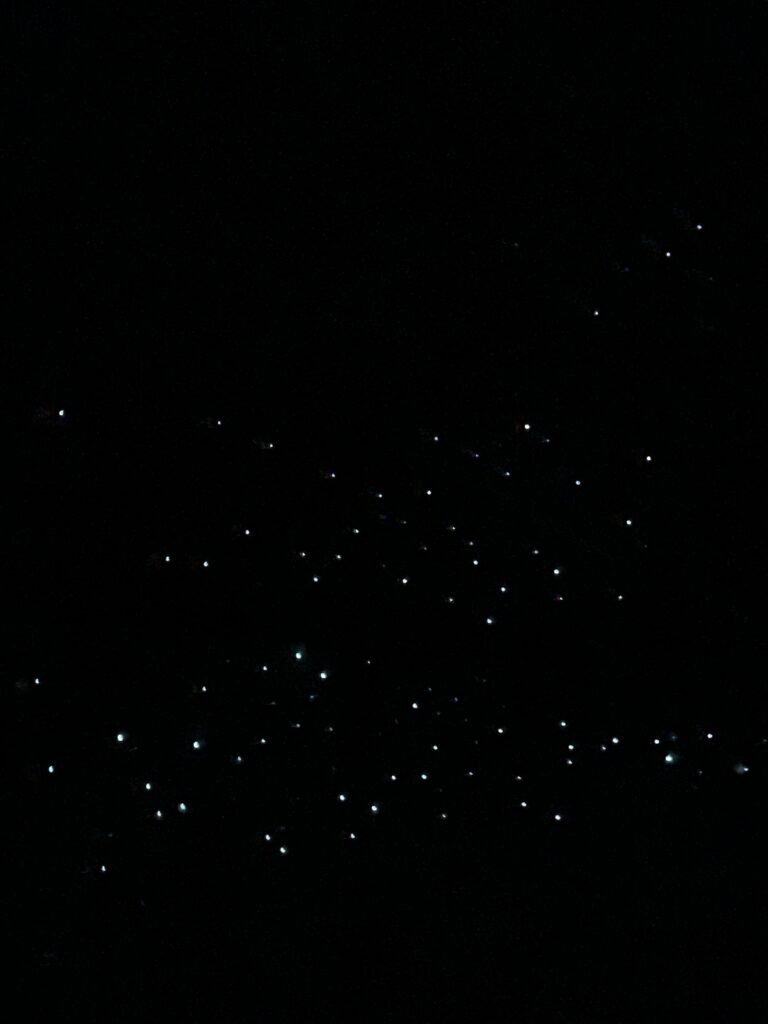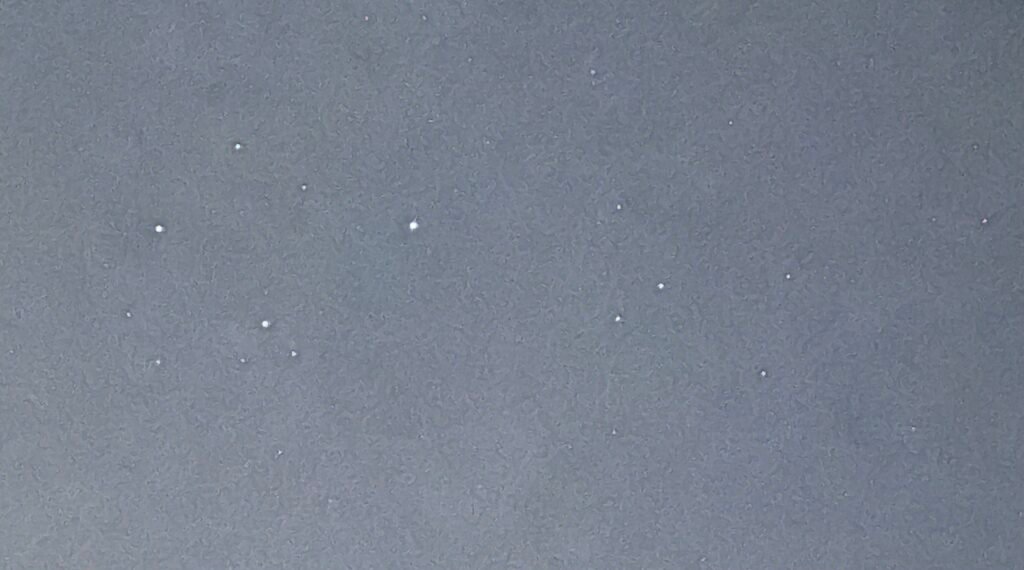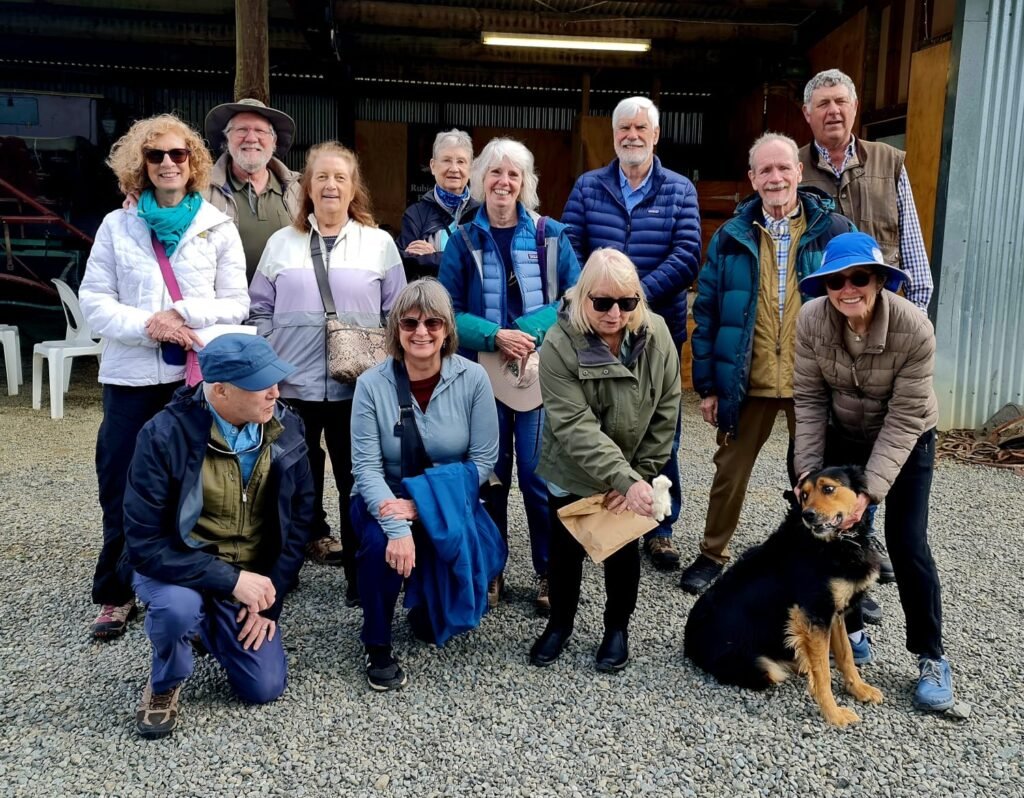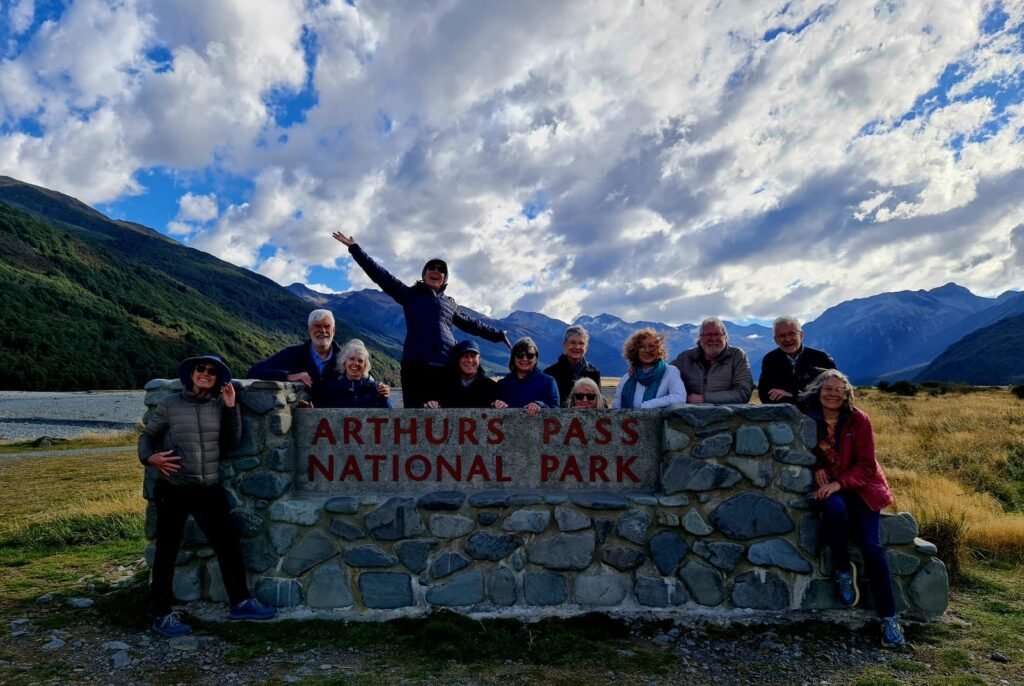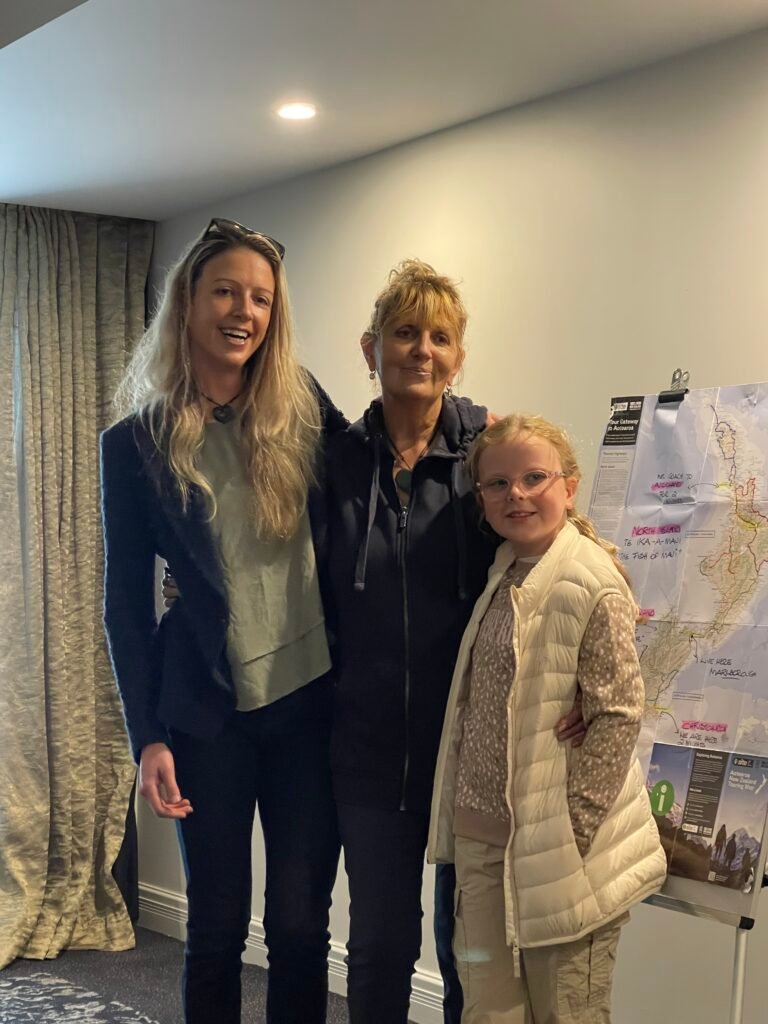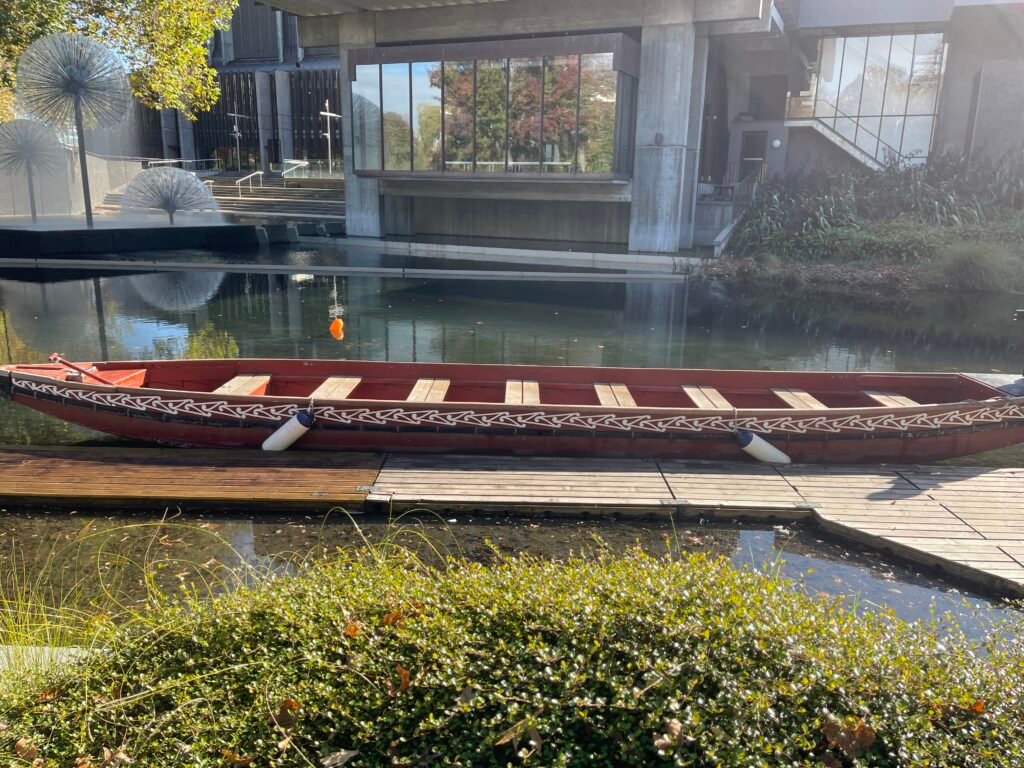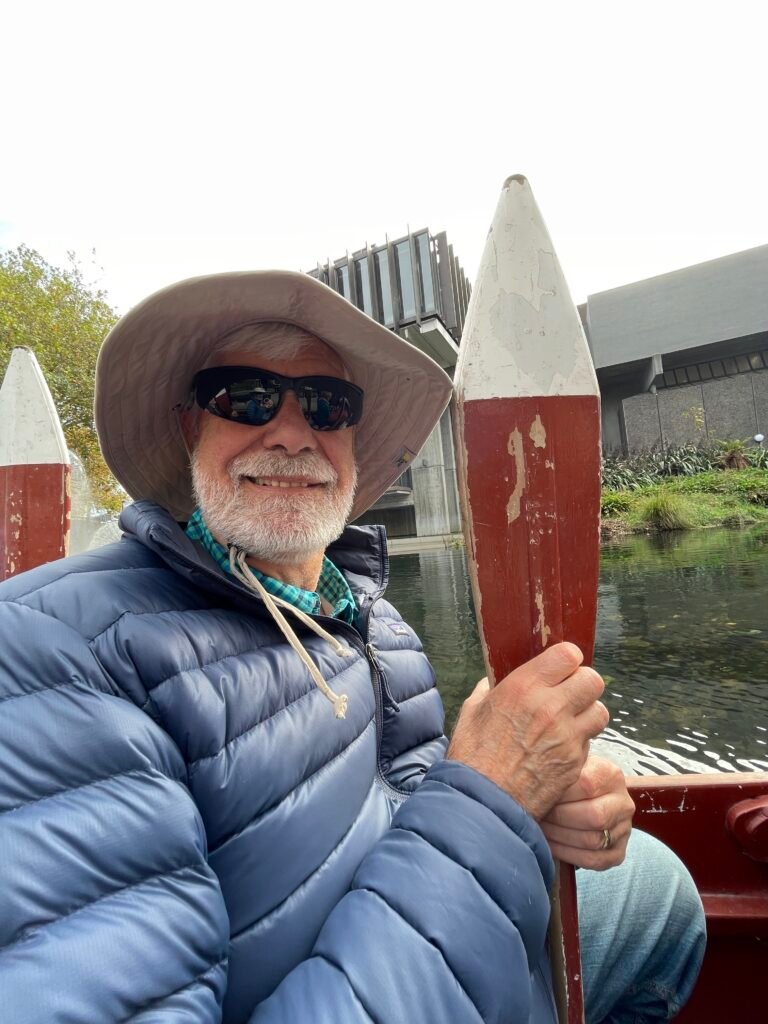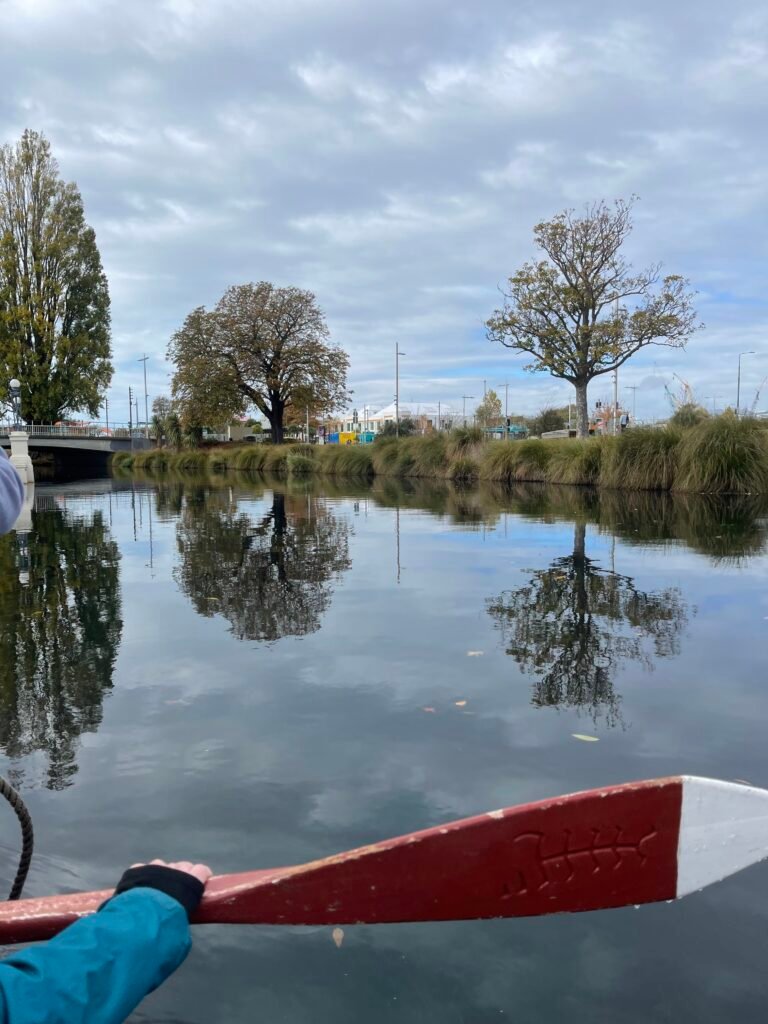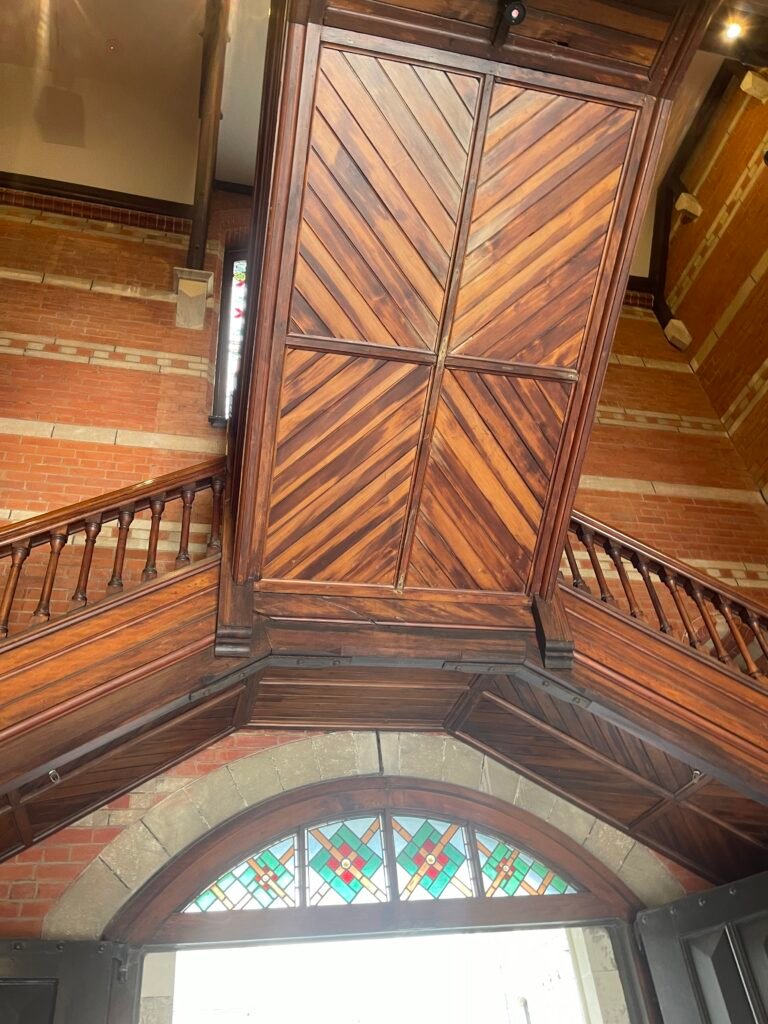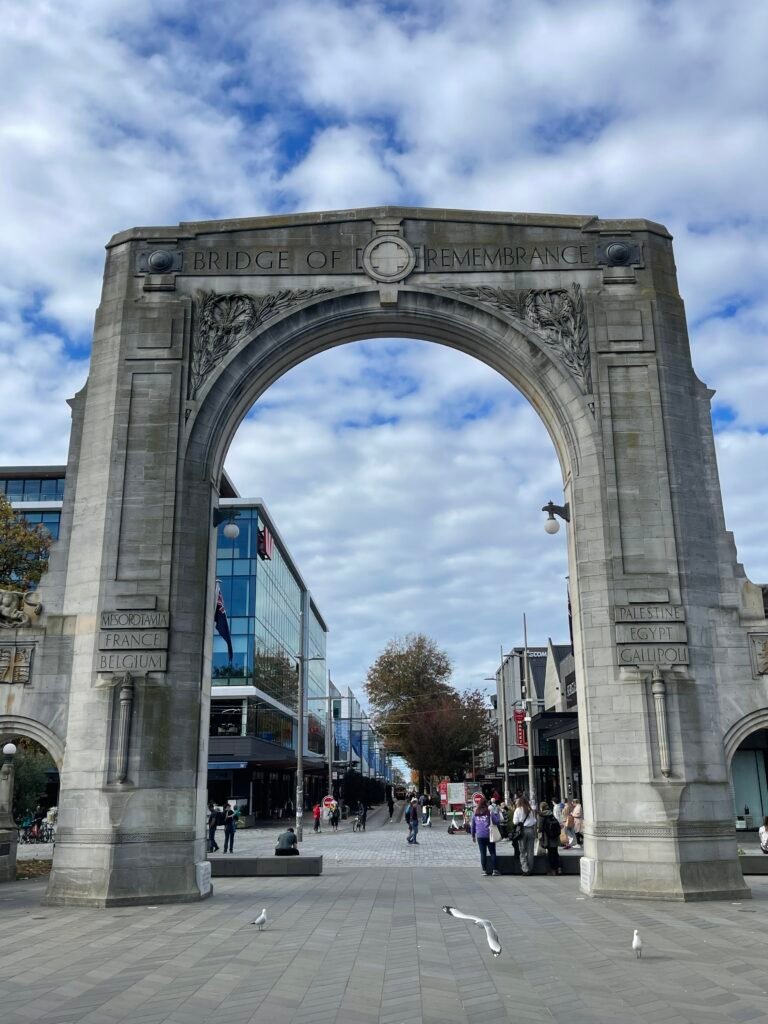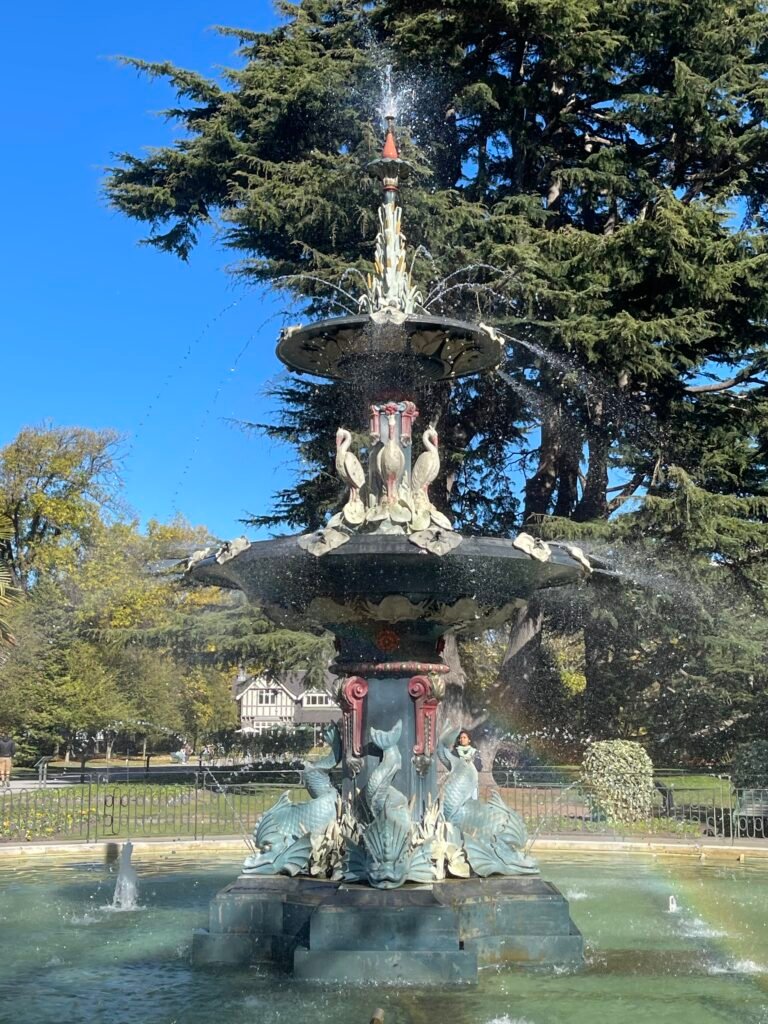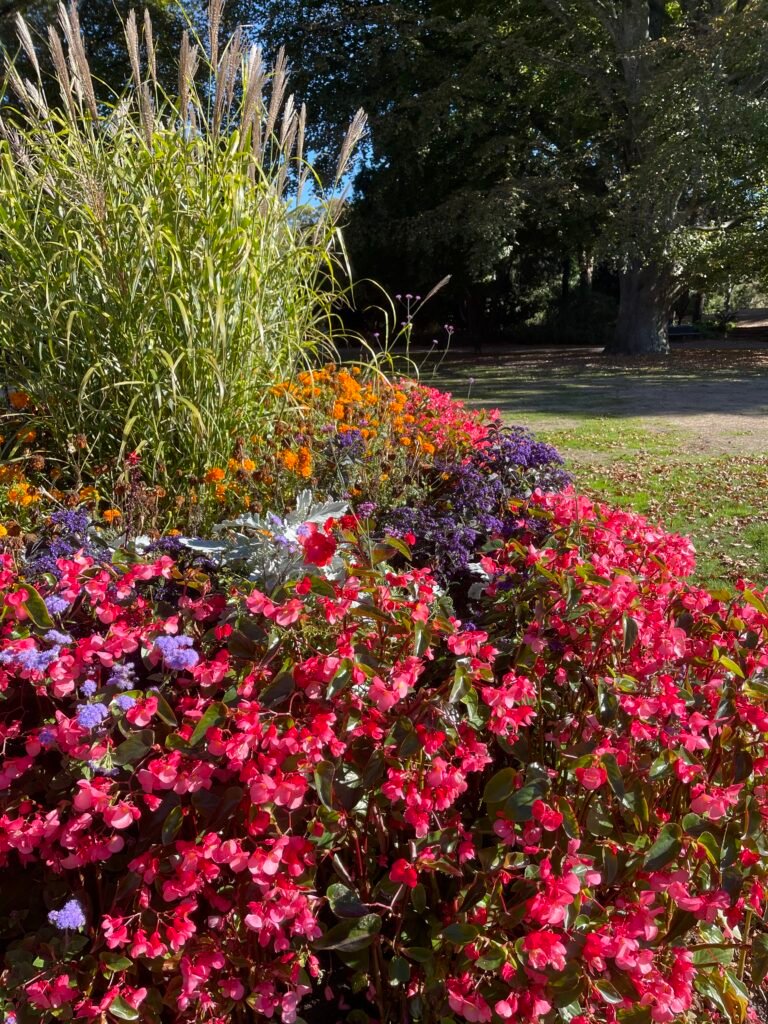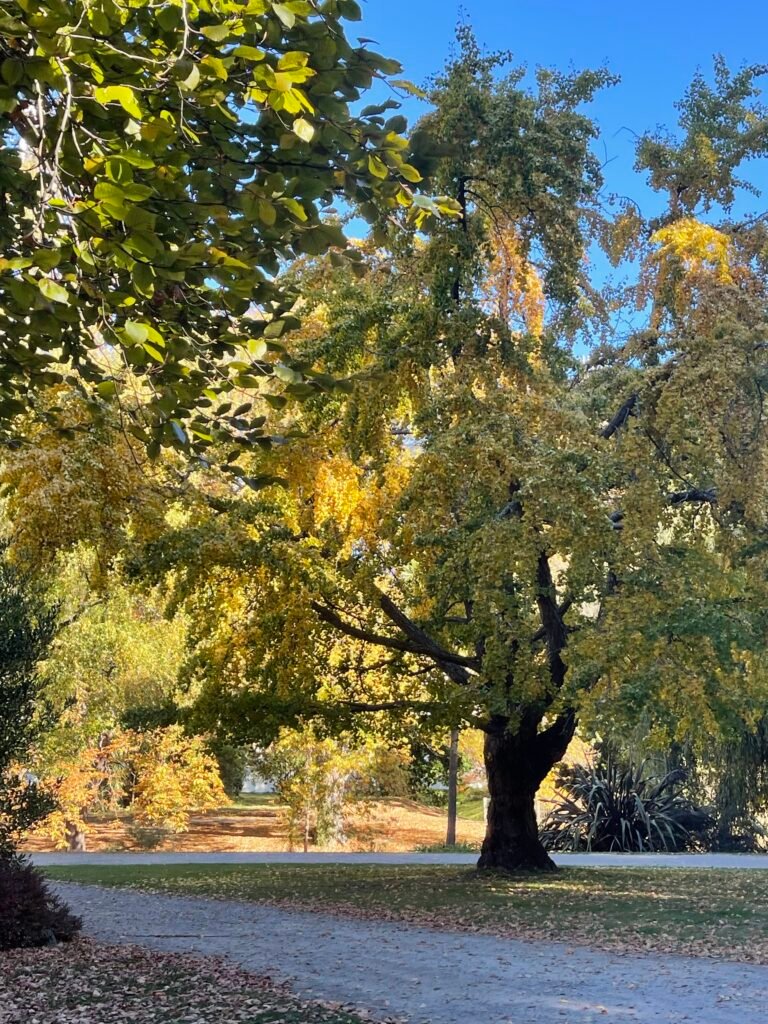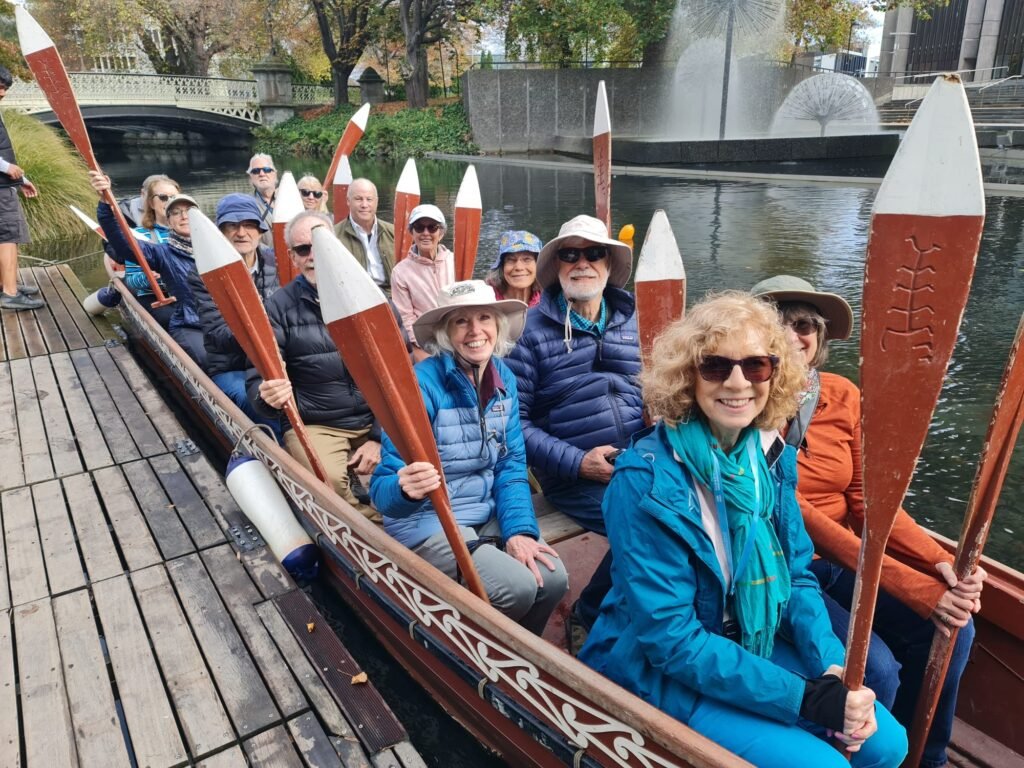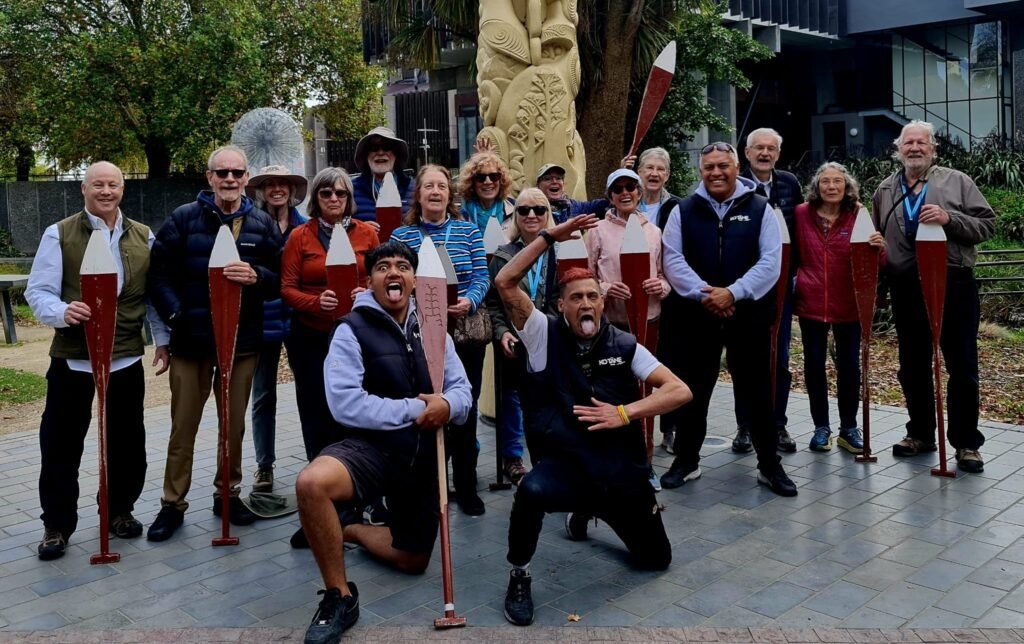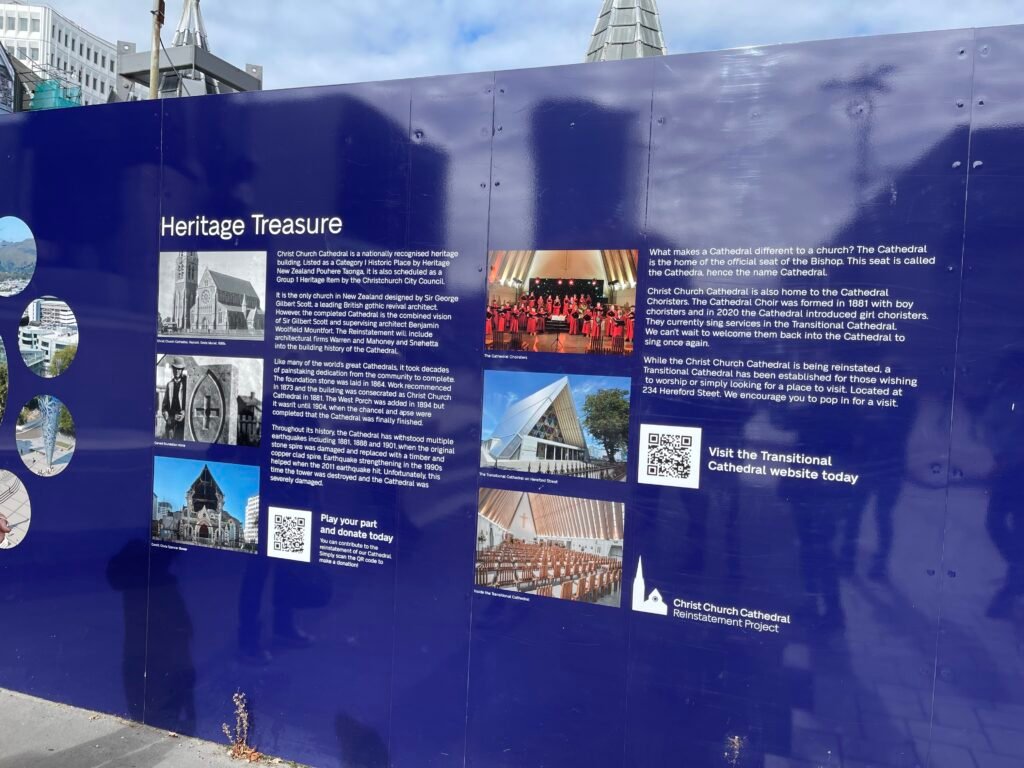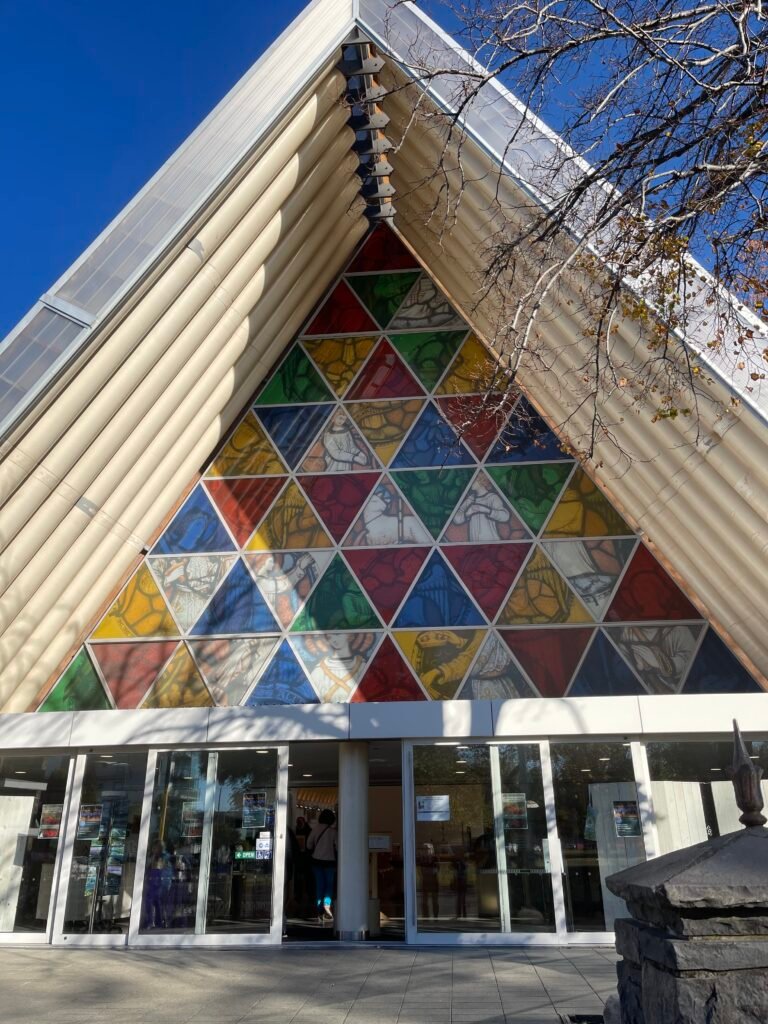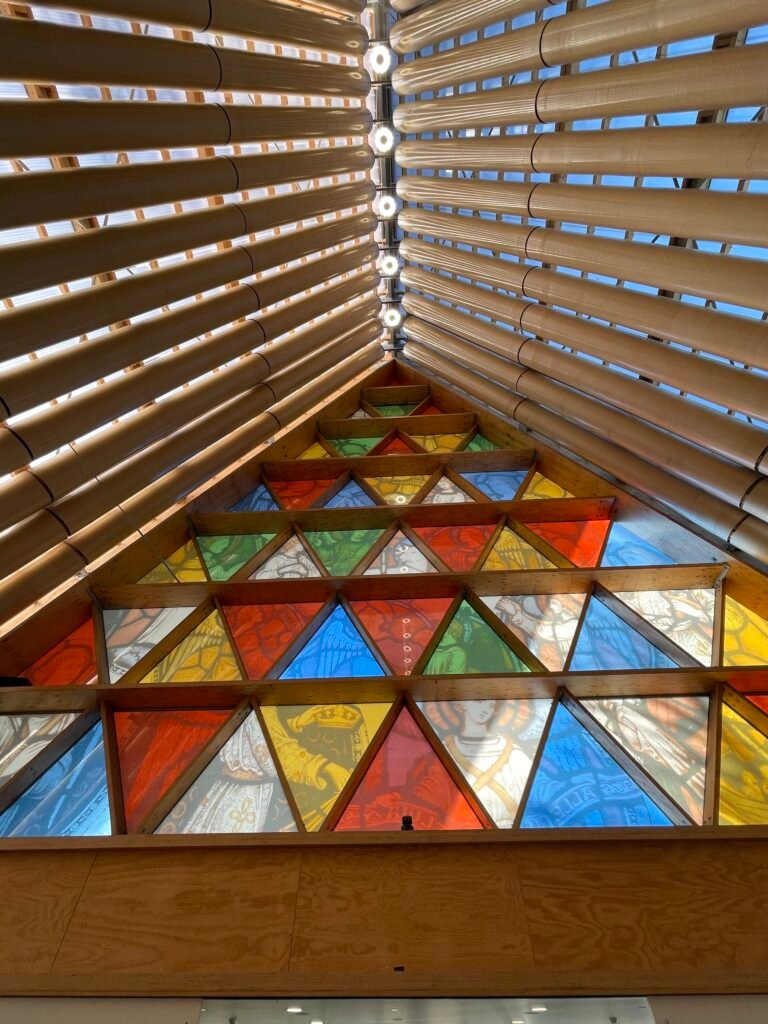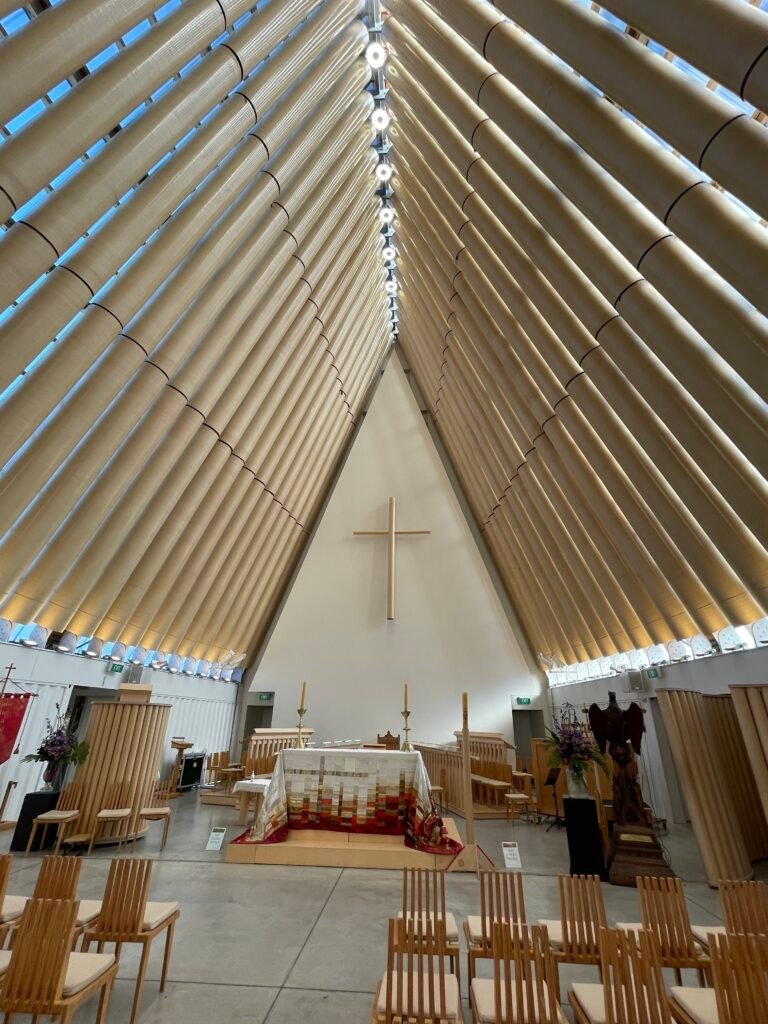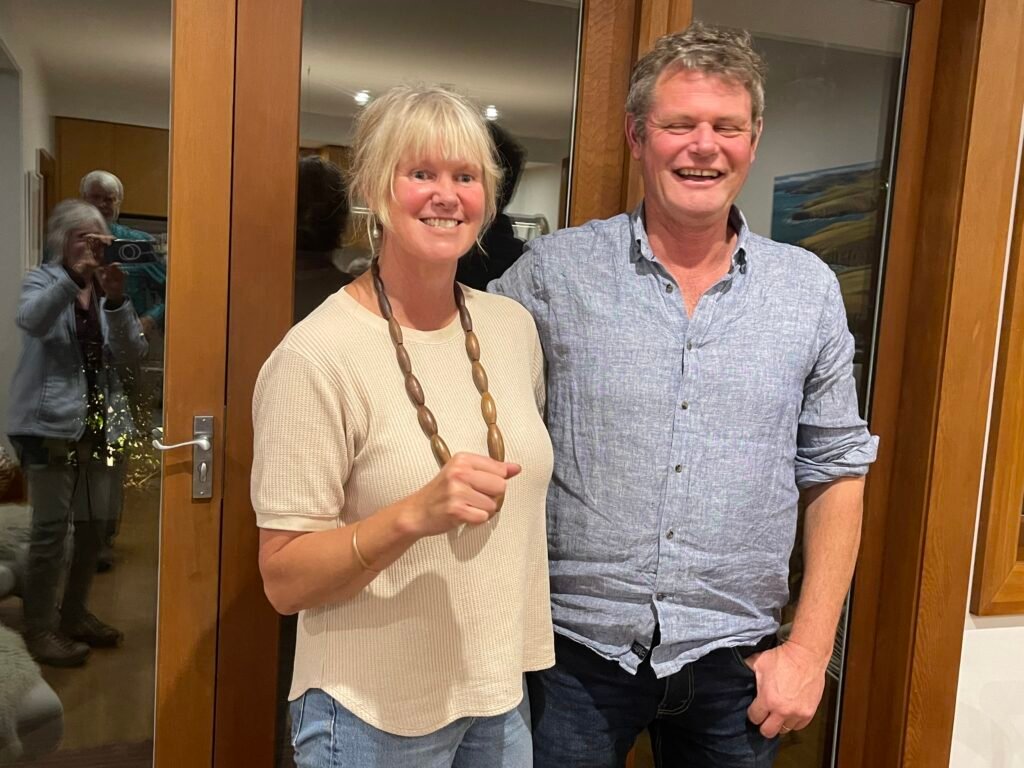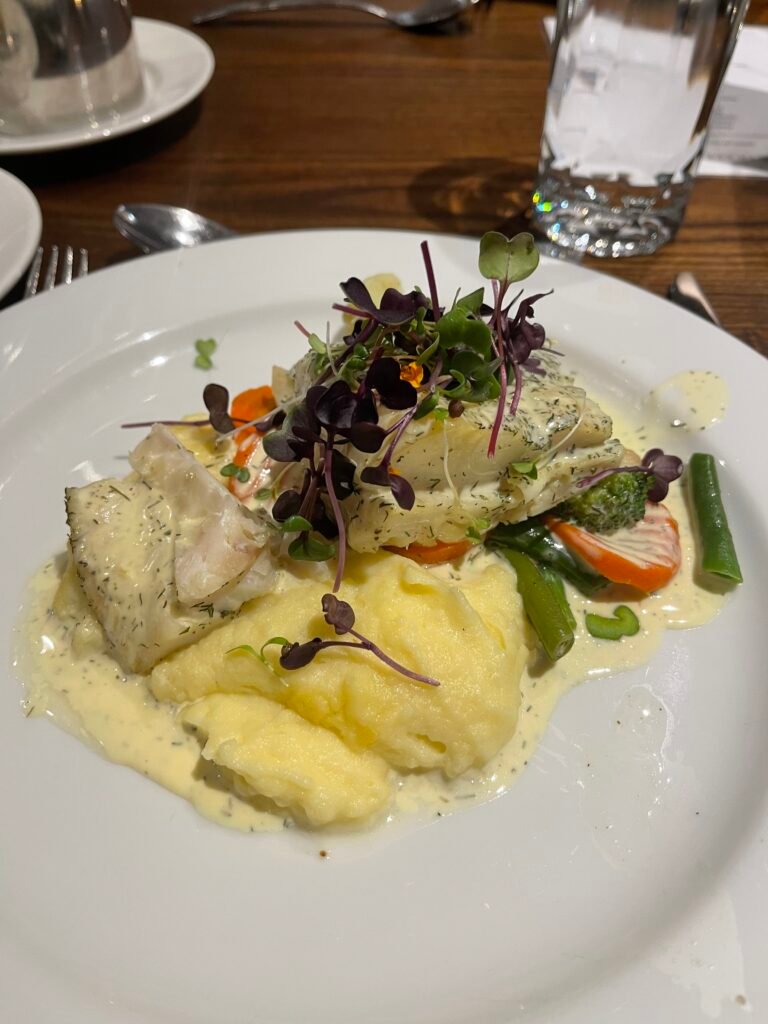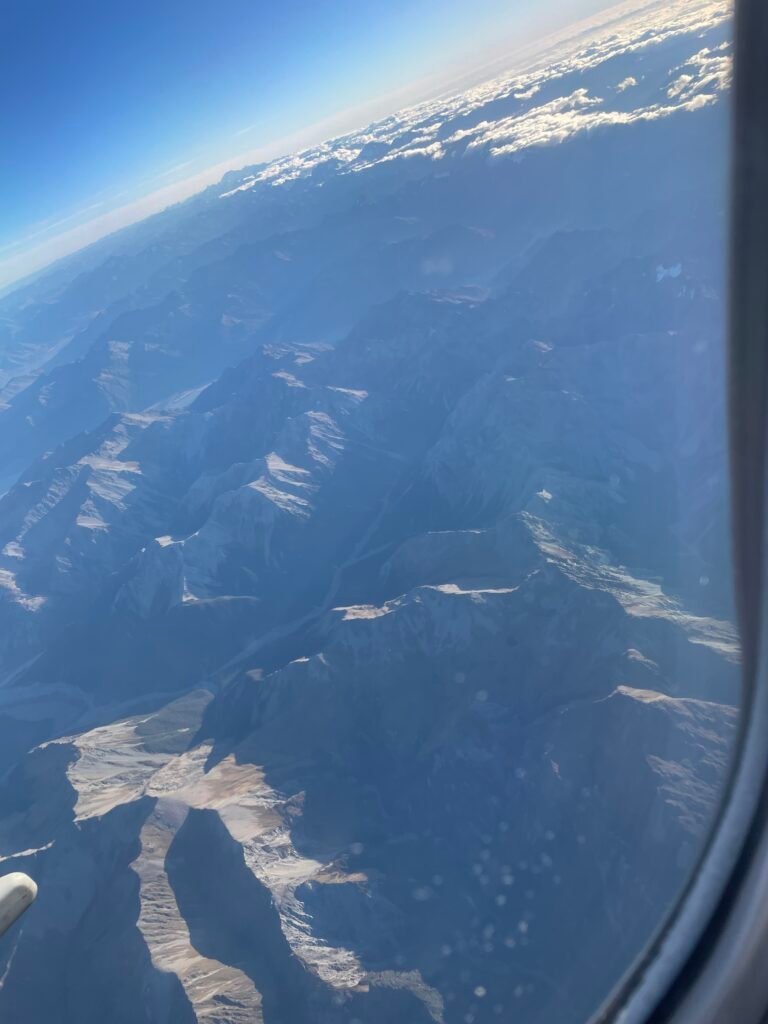Well, for the first time, even though our room is brand new, there are bugs to be worked out. When we arrived, the heat was blasting and we couldn’t shut it off. We called maintenance last night and they came and apparently shut it off. So all through the night, we had no heat since if we turned the thermostat to any setting, cold air spewed out.
We went to breakfast hoping to warm up, but since a conference is going on, we were put in the semi-outdoor area which was really cold. There was a heater but it didn’t cast much warmth. The food was a bit cold and the coffee was really, really strong so I had a cup of tea to warm up. And since the area has sliding doors to separate the cold from the heated area, there was a gully where the doors slid along and, of course, as I was trying to get my friend over under the heater, I twisted my bad foot in the gully. OUCH!!!!
We had the front desk guy in to try to fix the heat since it’s either boiling or freezing. He said he’d have to get maintenance because he agreed…for some reason it was either hot or cold…nothing in between.
Then I showed him how the towel rack pulls off the wall. His expression was hilarious as his eyes almost bugged out of his head and he said “OH WOW!!!! Never saw that before!!” Hopefully all will be fixed when we get back later today.
We boarded our bus and everyone wore masks as many people have come down with some kind of bug…fever, coughing, and feeling miserable. The rest of us are hoping we don’t catch it.
We visited The National Kiwi Hatchery this morning and learned all about kiwi, the icon of New Zealand. The kiwi hatchery is the largest and most successful kiwi hatchery in the world and is the leader in kiwi husbandry, egg incubation systems, hatching techniques, and kiwi chick rearing.
Kiwi tend to live in pairs, forming monogamous couples. These bonds are generally till death and have been known to last over 30 years. About every third day, the pair will shelter in the same burrow together. The relationship tends to be quite volatile and physical, the female generally calling the shots over her smaller partner. Kiwi are more mammalian than bird-like in that they have a belly button and they have an umbilical cord. The eggs of the kiwi are very large and would be the equivalent of a human giving birth to a three year old. The egg takes up about 20% of the mother’s mass. And most times, the kiwi has two eggs brewing at once.
After the kiwi hatch, the mom leaves and the dad sits on the egg. (I’d leave too after birthing a three year old!!!!) The dad kicks the egg with his foot to turn it, sits on it, and keeps kicking and sitting on the egg until it finally hatches which can take about 80 days. The mom eventually comes back when the chick has hatched and has gone on its own and the dad and the mom mate again.
After the baby is hatched, it sleeps for 48 hours and doesn’t have to be fed for five days since it has already received nourishment from the yoke of the egg.
The eggs and the baby kiwi are very vulnerable and are eaten by possum and other animals in the forest. Only about 5% of the kiwi survive in the wild. Dogs that are not on leashes are particularly lethal to the kiwi since they enjoy eating both the egg and the chicks. In 1987 a dog was loose in Waitangi State forest. For six weeks it rampaged through the forest killing every kiwi it encountered. By the time the dog was found, perhaps as many as 500 of the 1000 kiwi living there had been slaughtered.
The kiwi is the only bird in the world that has nostrils at the end of its beak. It can sniff out its food below the surface.
At the hatchery, we learned how the volunteers look for eggs in the wild and bring them back to the hatchery. They candle the egg to make sure there is a chick inside and then they incubate the egg, turning it 4 times a day while waiting for it to hatch. The kiwi doesn’t use its beak to peck out of its shell but rather uses its shoulders and legs. This takes about five days.
After the chick is hatched, it is taken care of until it is old enough to survive in the wild, and volunteers then put the kiwi back in the area of the forest where the egg was found.
We walked through the kiwi nocturnal house. They keep it very dark since the kiwi have sensitive eyes and can’t see very well. We weren’t allowed to take photos while in the house. We did see a few kiwi and the guide said we were lucky because sometimes, they are in their burrow and do not come out.
It is the end of the hatching season so there was only one egg in the hatchery, but its shell was cracked so it was in the ICU area and we couldn’t see it. They actually put duct tape around the shell to try to save a chick whose shell has been cracked or broken.
We did see one chick that was already quite large and he would eventually be out back into the forest. Some kiwi are about the size of a chicken.
It was very interesting learning all about kiwi and it was truly a unique experience.
After we visited the hatchery, we went to an authentic Māori village in Ohinemutu, home to the Ngāti Whakaue tribe.
Our guide Nicky (his Māori name was too long to remember) guided us around. He told us all about how the Māori live and how they use the geothermal resources to cook and to bathe which they have done for centuries. His family goes back 35 generations and his grandmother now owns most of the land. He is considered a chief. Catherine chose one of the men in our group, Tom, to be our chief, and Tom greeted Nicky and told him that we came in peace and we were honored to meet with him and to hear about his ways and his life. Nicky said a prayer and then we sang a song to him that we had been practicing. The words were:
Te avoha. (Love). Te Whakapeno. (Hope).
Me te rangimarie. (Peace). Tatou tatou e. (For all of us)
Then some of the group performed the hongi, the traditional Māori greeting performed by two people pressing their noses together and then deep breathing as one. The greeting is used at traditional meetings among Māori people, and at major ceremonies, such as a pōwhiri.
Traditionally, men receive a Mataora tattoo on their face – as a symbol of nobility. As māori believe the head is the most sacred part of the body, facial tattoos have special significance. Moko kauae is received by women on their lips and chin. A moko kauae represents a woman’s whānau and leadership within her community, recognizing her whakapapa, status, and abilities. Nicky did not have any facial tattoos as of yet, but he has decided on who he wants to do the tattooing and what he wanted tattooed on his face. He has already bonded with the tattoo artist, since both of them have tragically lost their brothers recently.
I believe I already posted about how the face is cut into the design the Māori wants on his or her face. The first cut is deep and when that heals it is cut again in the same area. After it is done a third time, the ink is then put into the areas that were cut, making permanent markings. The modern tool is a needle, although some artists alternate between traditional and modern methods. While the needle is faster and more precise, hand tools bring the ritual more in line with how it was done traditionally. I should have asked what method Nicky was going to have done.
We did see a Māori with the tattoos today and he played some music for us. This apparently was a rare and unplanned encounter, so we were lucky to be able to talk and listen to him.
We walked around the village and went into the Anglican Church and also saw the numerous areas where the geothermal gases are being released. One part of the sidewalk was cracked recently where the gases were escaping.
We enjoyed lunch in the cafe that is run by the Ngāti Whakaue. I had a delicious decaf cappuccino. We bid Nicky goodbye. He had us bow our heads and he said a prayer before we left, thanking God for the beautiful day and for meeting with us and sharing his life with us.
From there we went to the Whakarewarewa Forest, where a diverse range of exotic tree species and native undergrowth reside. The forest is most well known for its stand of Californian Coast Redwoods. They were truly magnificent to see as they all competed in height to tower over each other. We saw ferns and palm trees and the walk was just lovely. The forest path had rocks and tree roots all throughout, which wasn’t the greatest for my wonky foot, but I soldiered on and when I got back to the hotel, I took some Advil and Tylenol and rested so I could participate in tonight’s night canopy walk.
Redwoods Nightlights is one of New Zealand’s top places to visit. We had been there this afternoon of course, walking through the redwoods, but tonight promised a walk ABOVE all the trees. 9 meters high off the ground… which is 3 stories….30 feet!!! WTF was I thinking????? I have a terrible fear of heights and actually can only go up two steps on a ladder. Catherine said since it will be dark, I won’t see how high up we are. NOT!!!! I could see everything and after I went up the circular ramp which went up and up and up and started on the first swing bridge, I was hyperventilating and pretty freaking scared. But you can’t go back…so on I went, clutching the side rails and praying it would soon be over.
It apparently was beautiful so they tell me… with 34 lanterns designed by a world-renowned designer…David Trubridge. But I hardly saw anything since I just wanted to get down on terra firma. The walk over the swing bridges is almost 3,000 feet long with 27 platforms where mercifully, I could stop and catch my breath. There were 28 suspension bridges and it took about an hour to complete. I had more fun having my wisdom teeth out. I barely looked at the light display and the lanterns.
So all in all, between my wonky foot, the terror of the Redwood Night Walk, and the problems this morning with the heater, the day was not the best.
Catherine said she was so proud of me, as was Allan, that I did something that was really out of my comfort range.
We returned from the night walk and went directly to the bar. That should sum it all up!
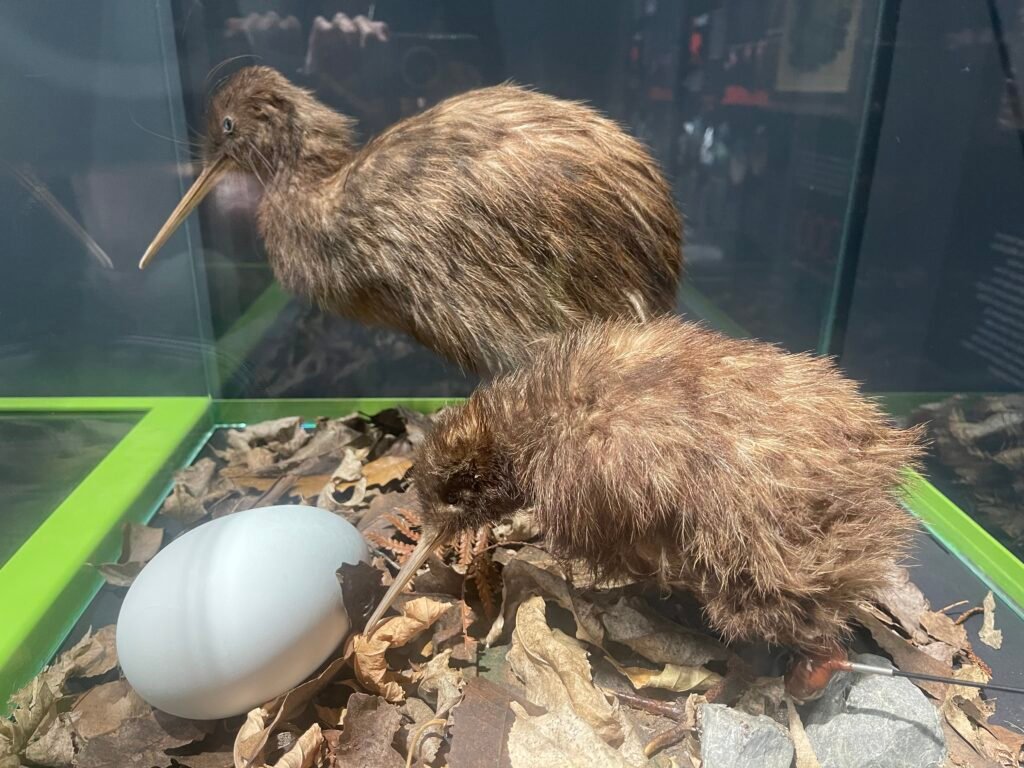
Kiwi and egg on display in the hatchery


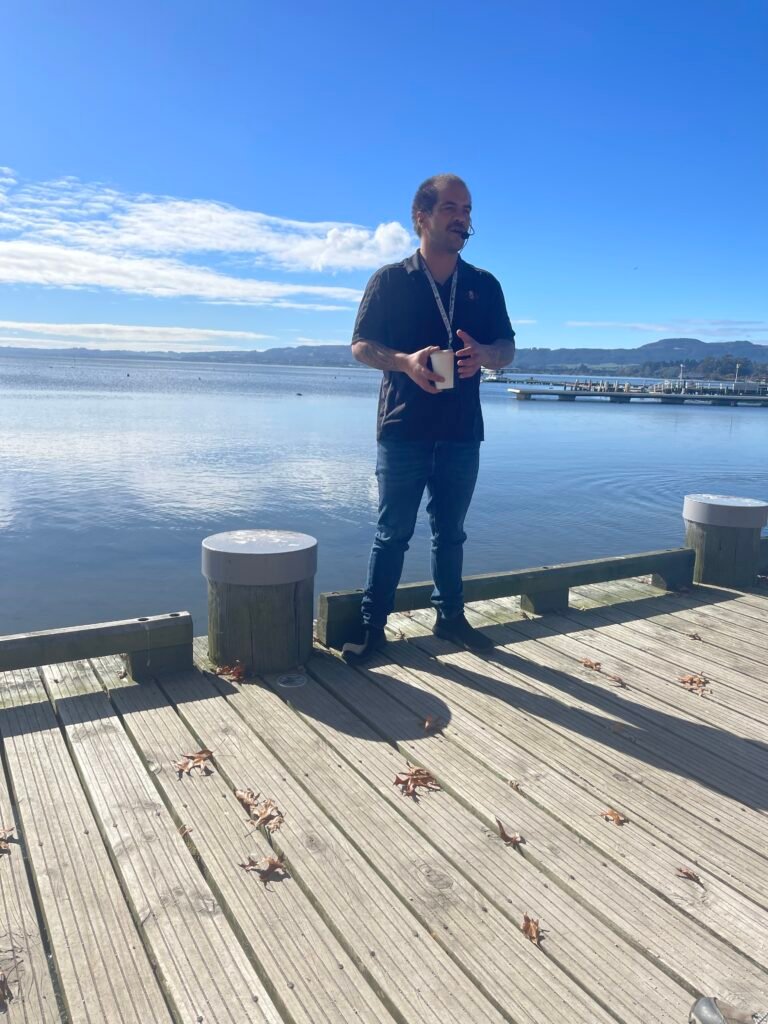
Nicky our Māori guide
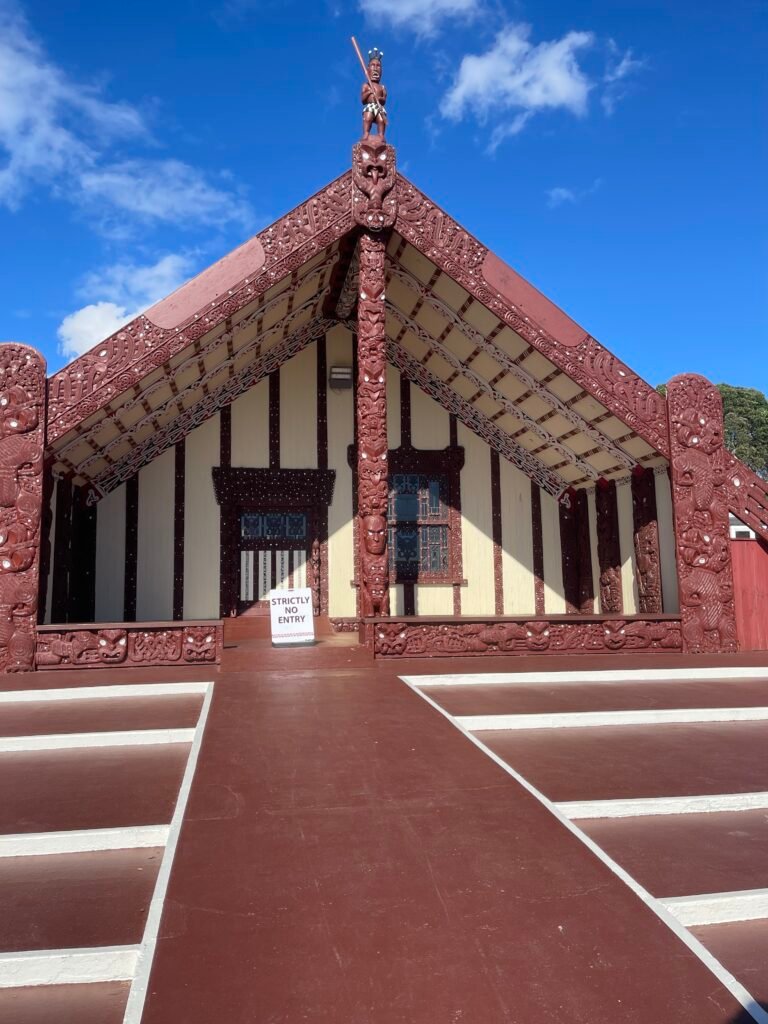
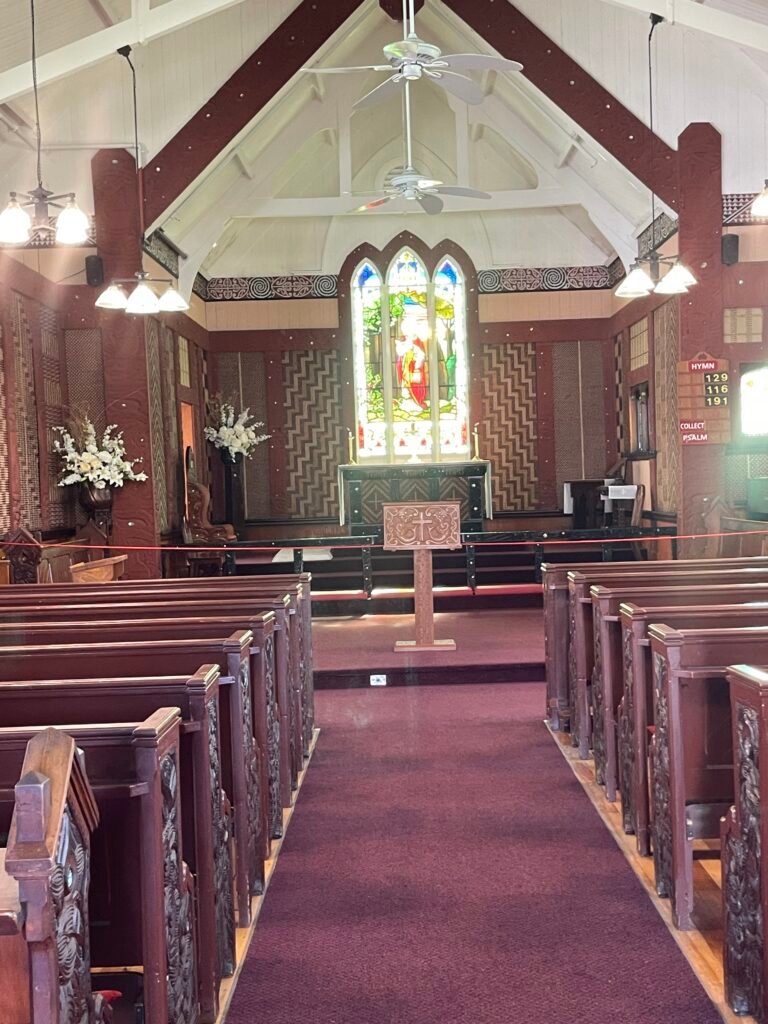
St Michael’s Anglican Church in the Māori village
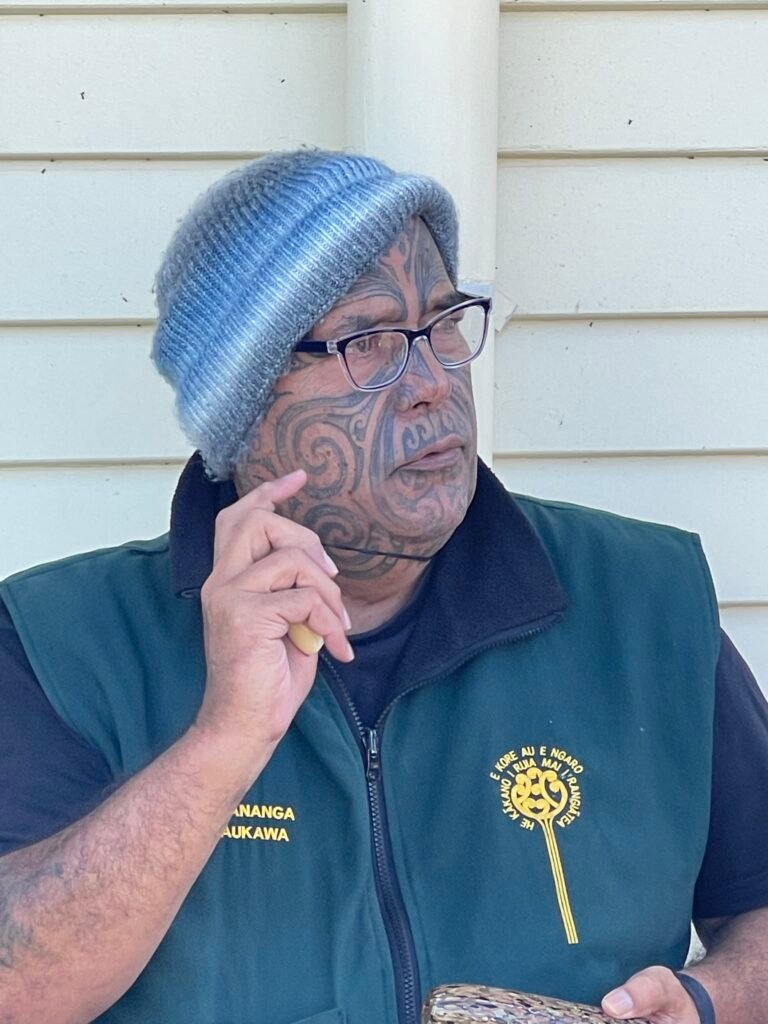
A Māori who we had the opportunity to speak with.

Whakarewarewa Forest
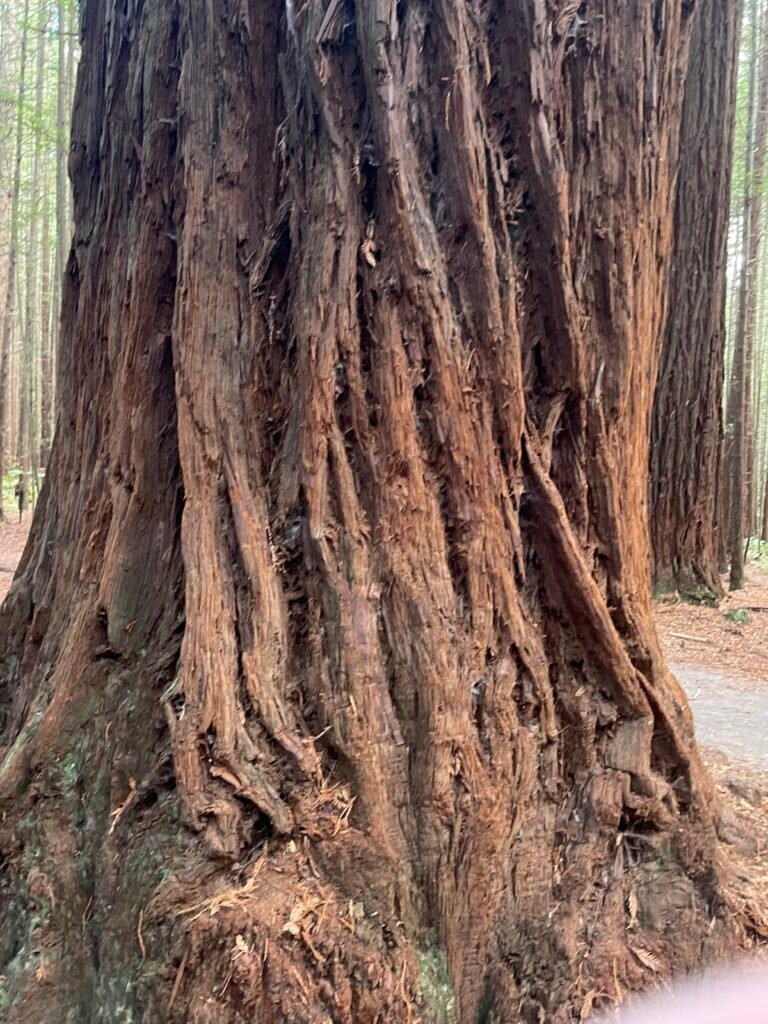
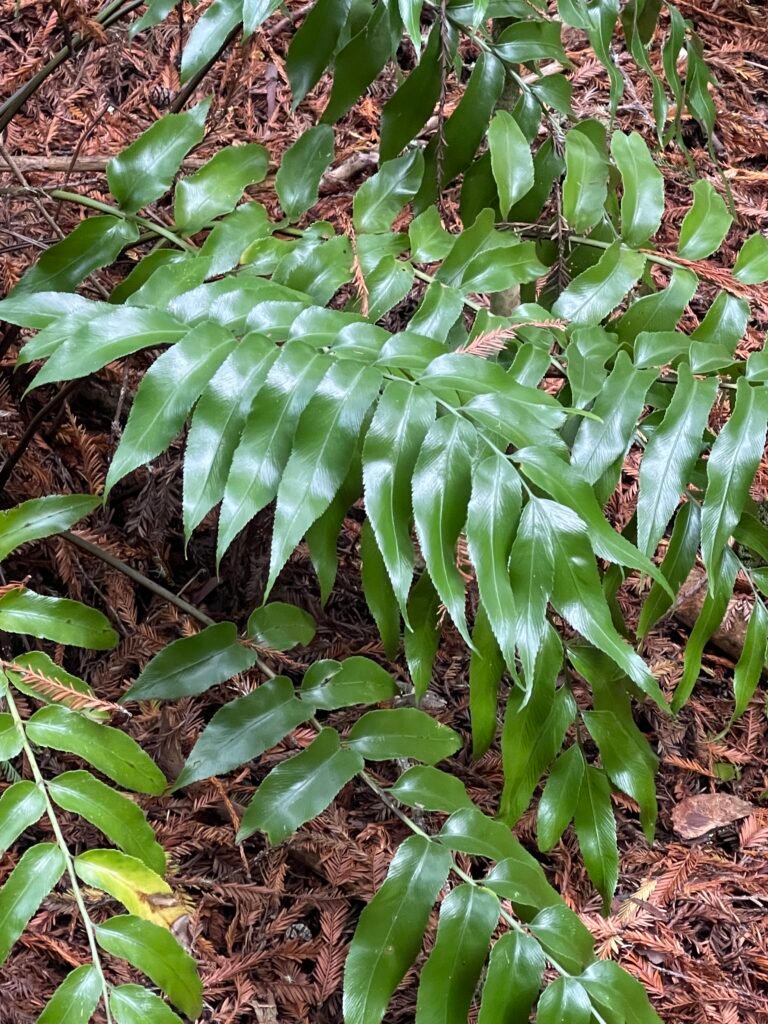
Very poisonous fern to touch

People would pull off the fronds and lay them in the forest so they could find their way back. The fronds almost glow like silver.
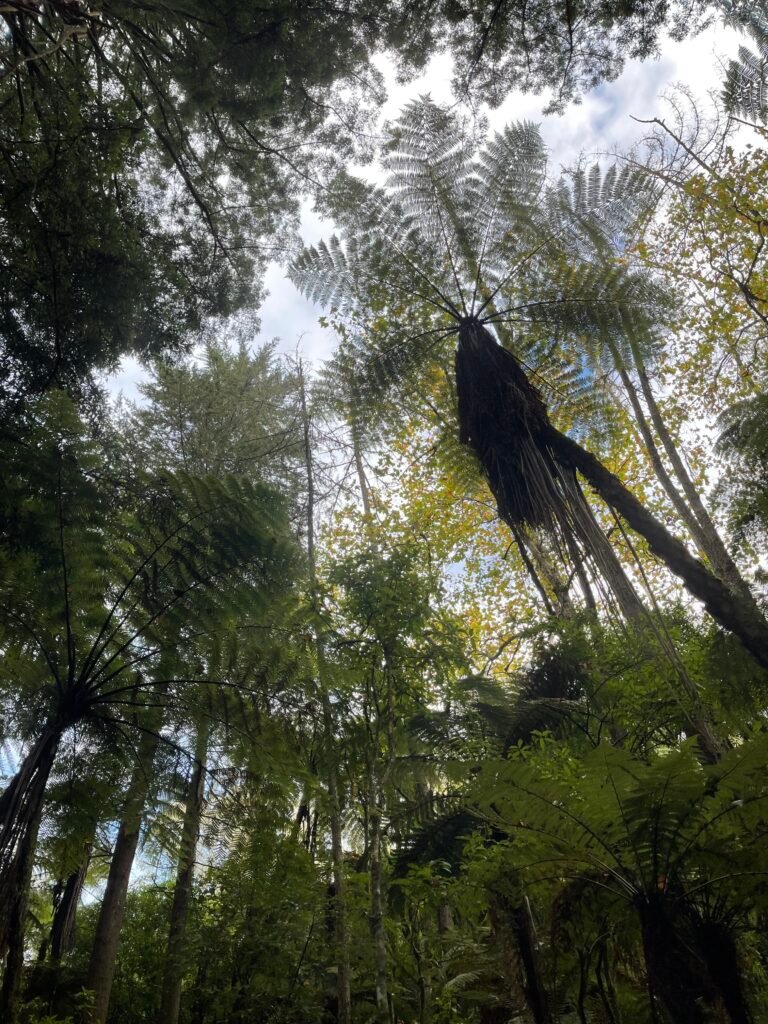
Beautiful trees all throughout the forest
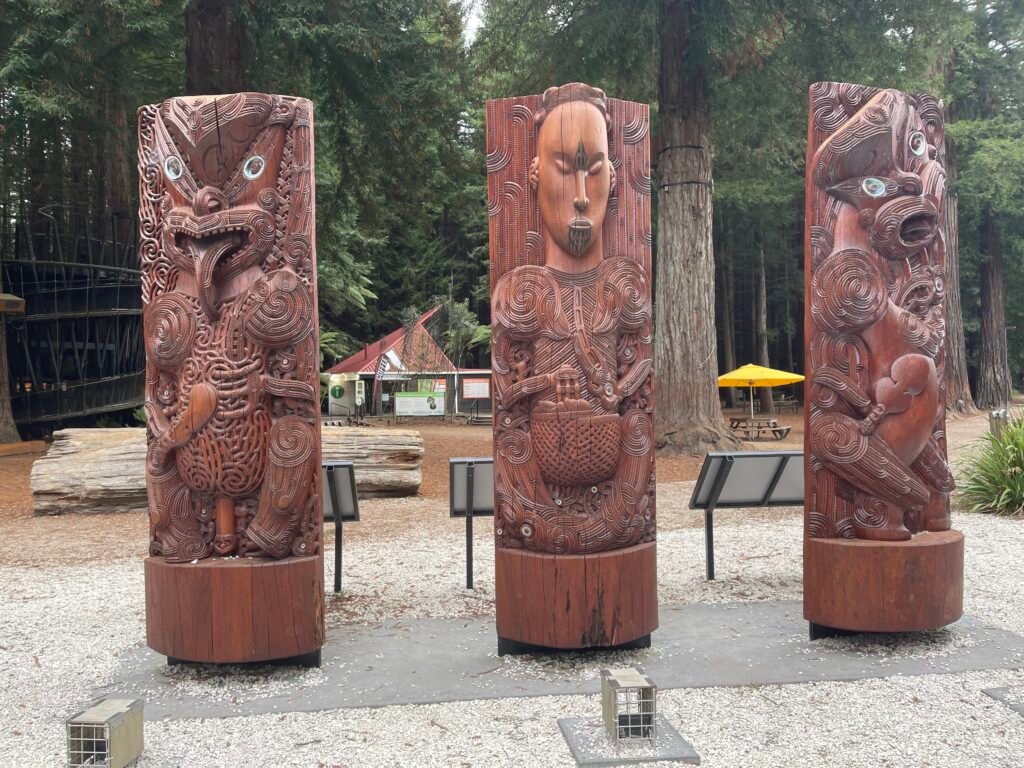
Carved from red wood trees
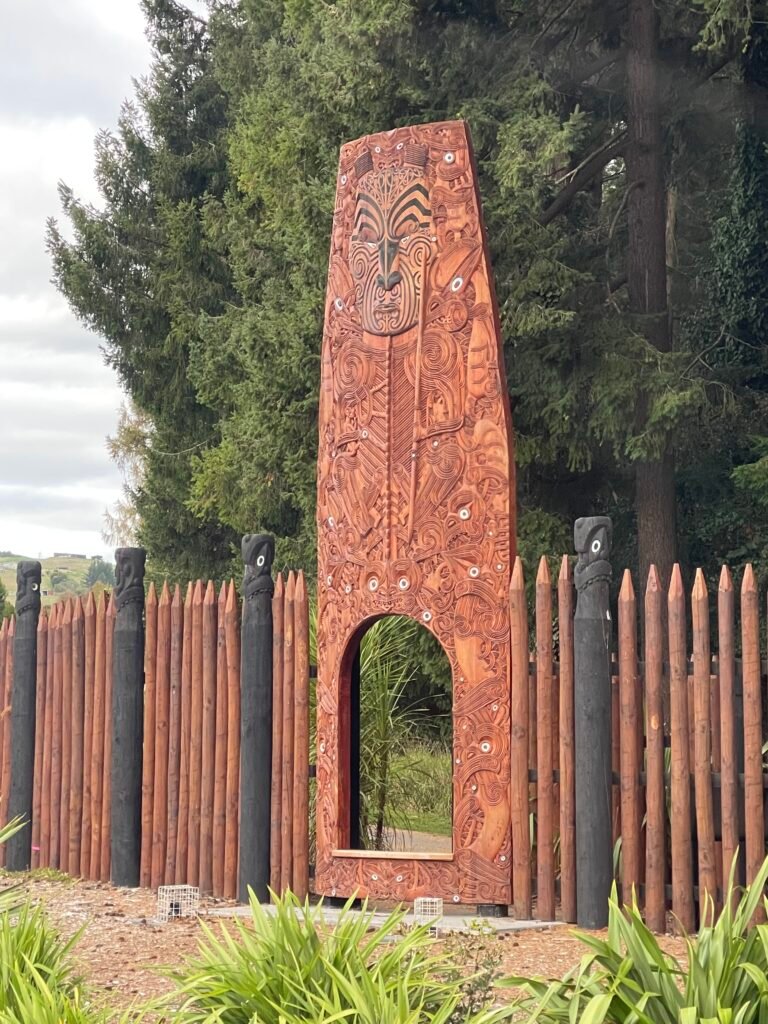
Entrance to the forest
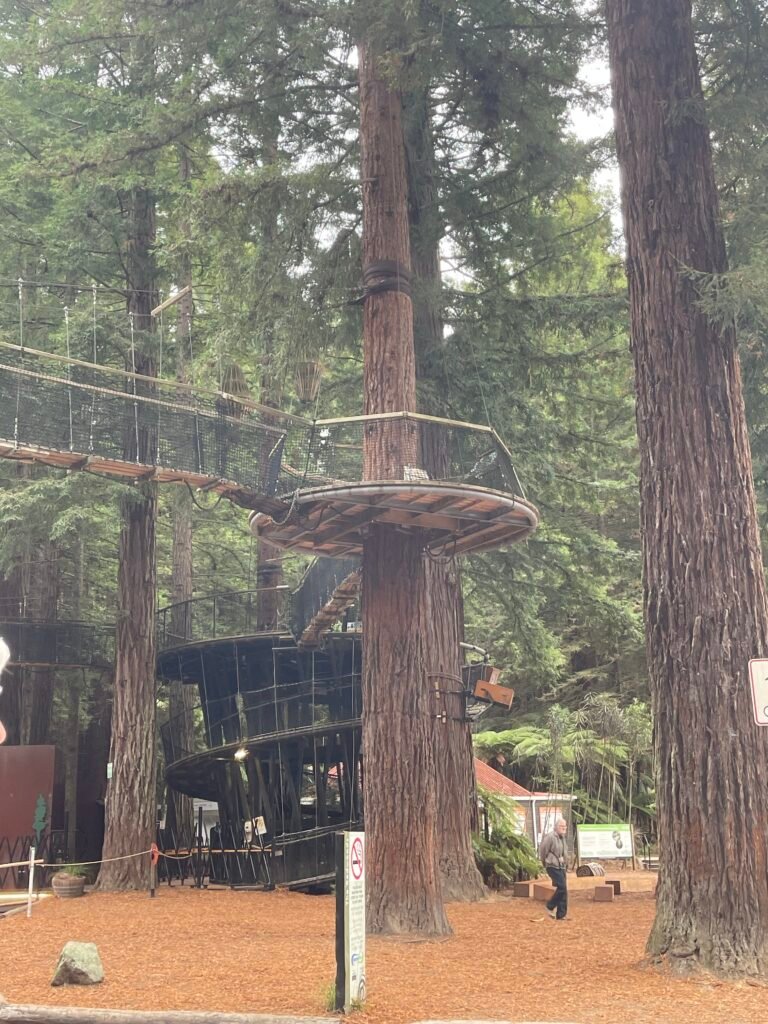
The night walk in the daylight
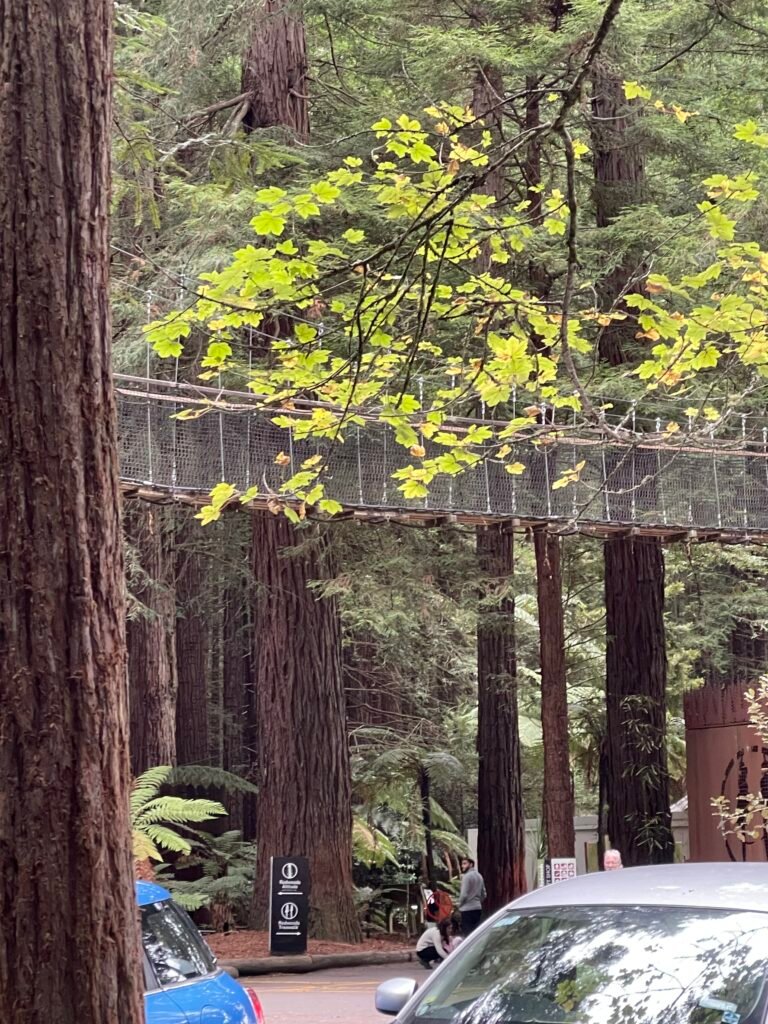
The swing bridge
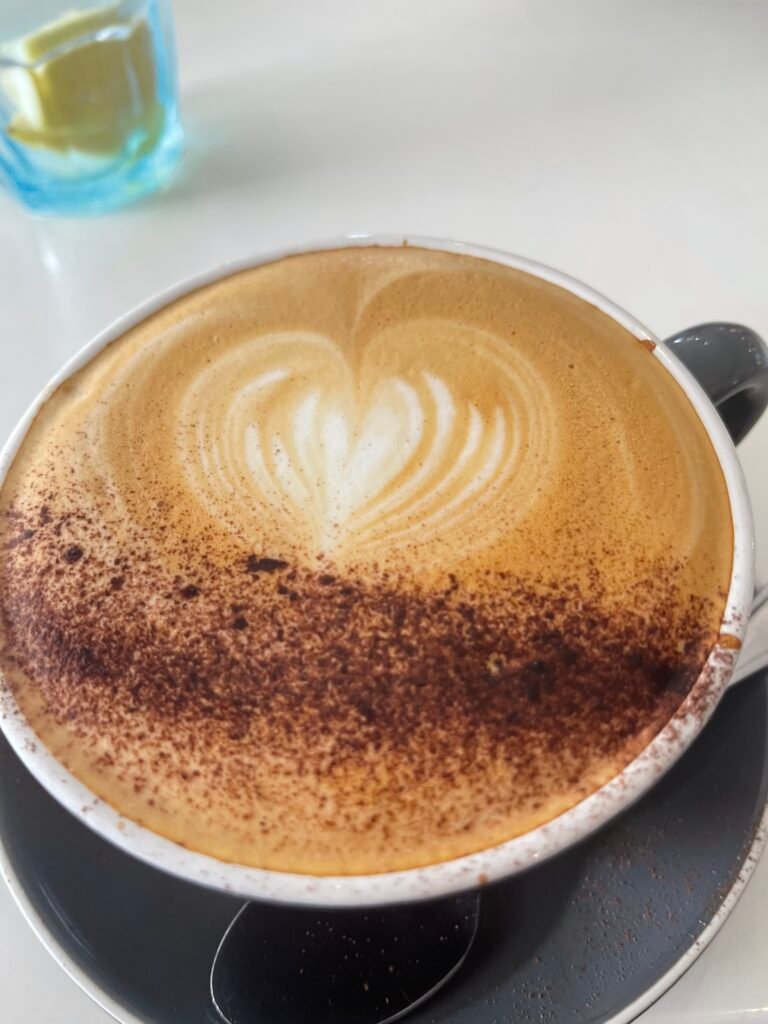
My cappuccino at the Māori village
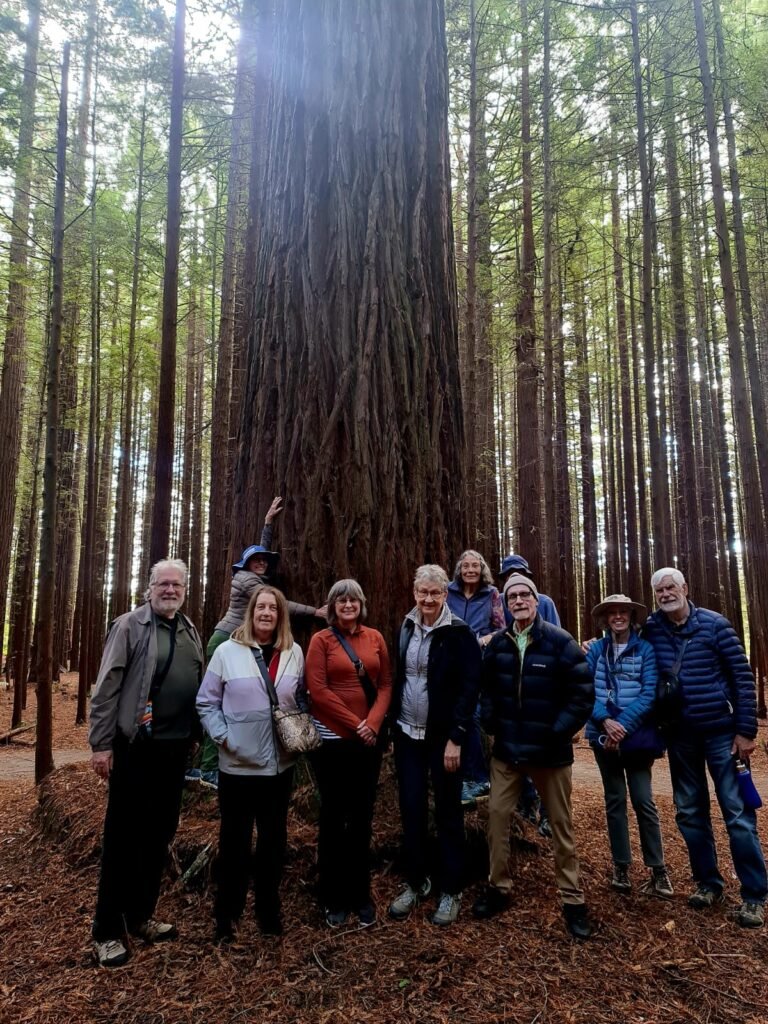
Our group in the redwood forest. Look at that trunk!!!!
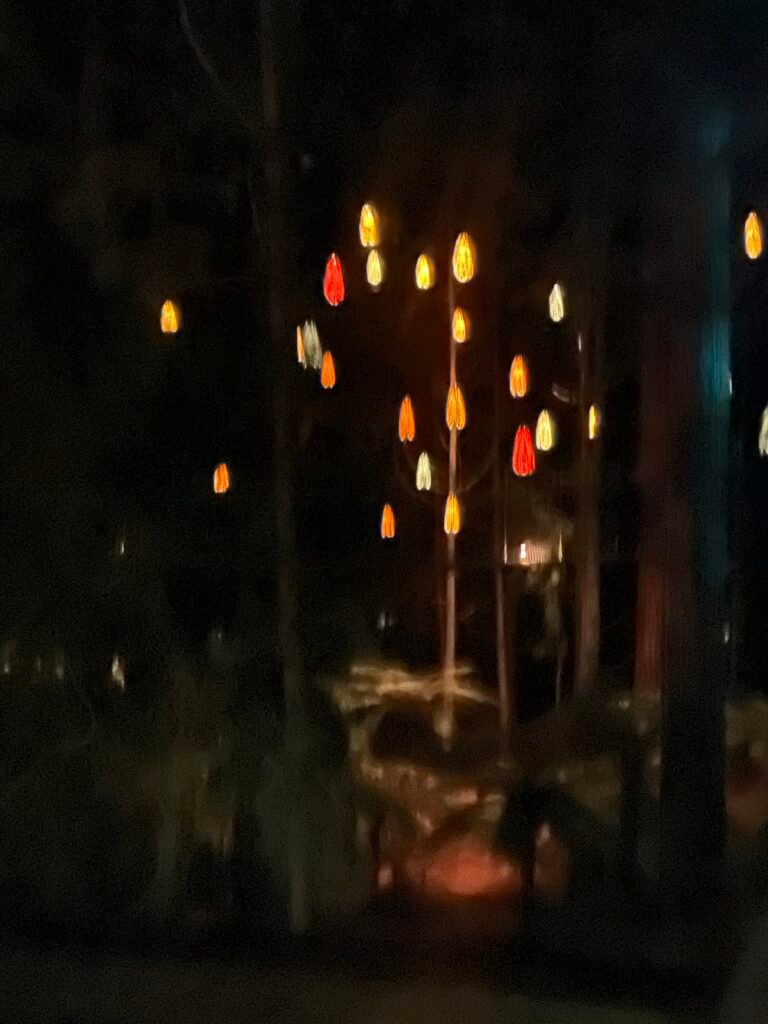
The night walk lanterns
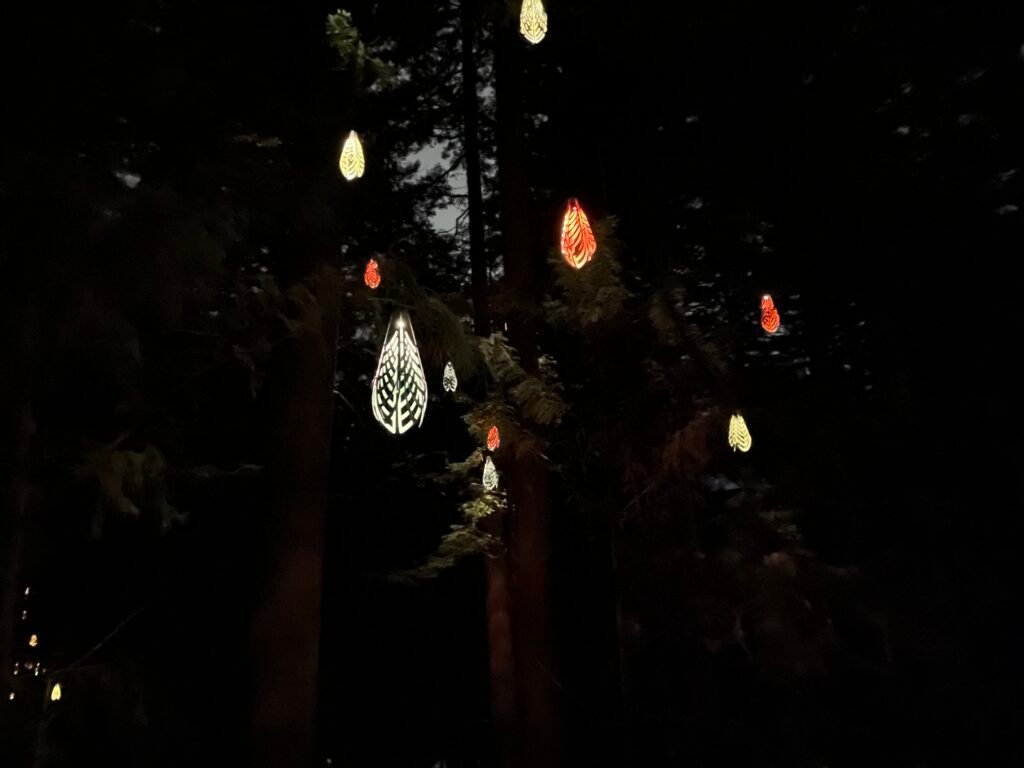
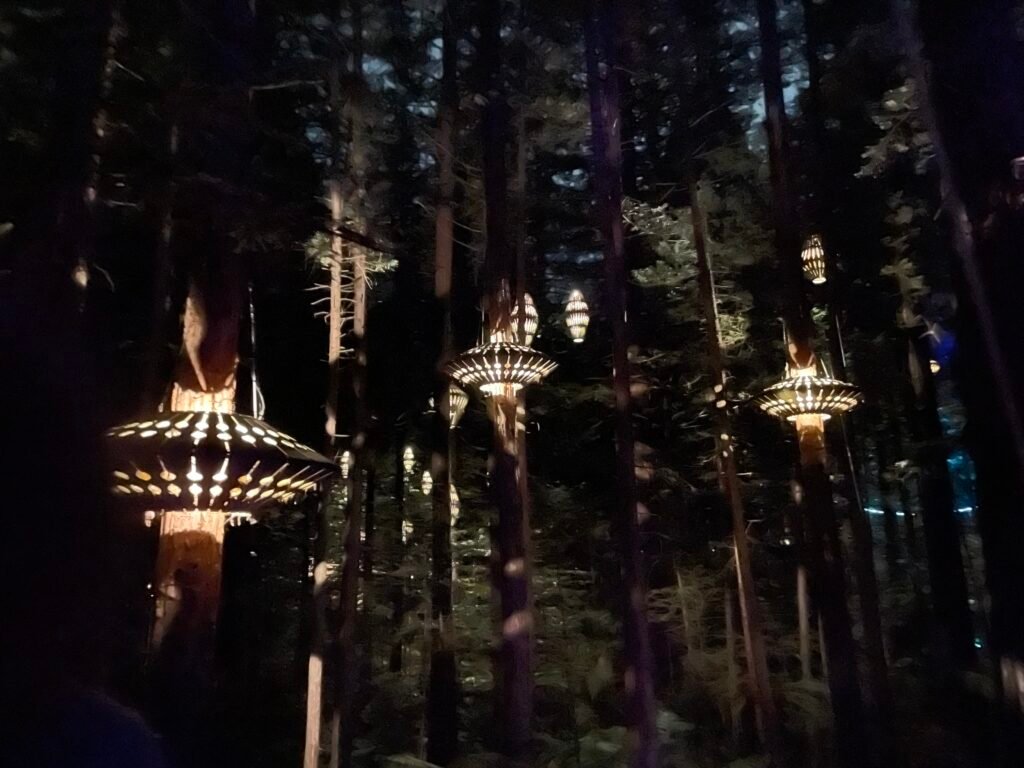
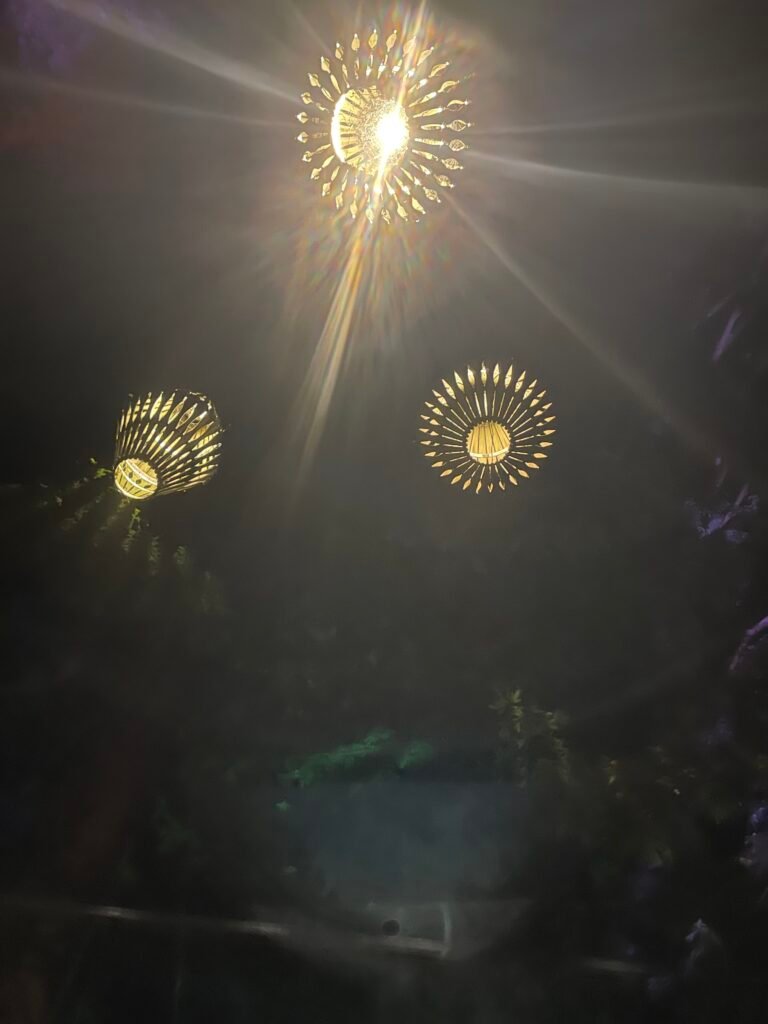
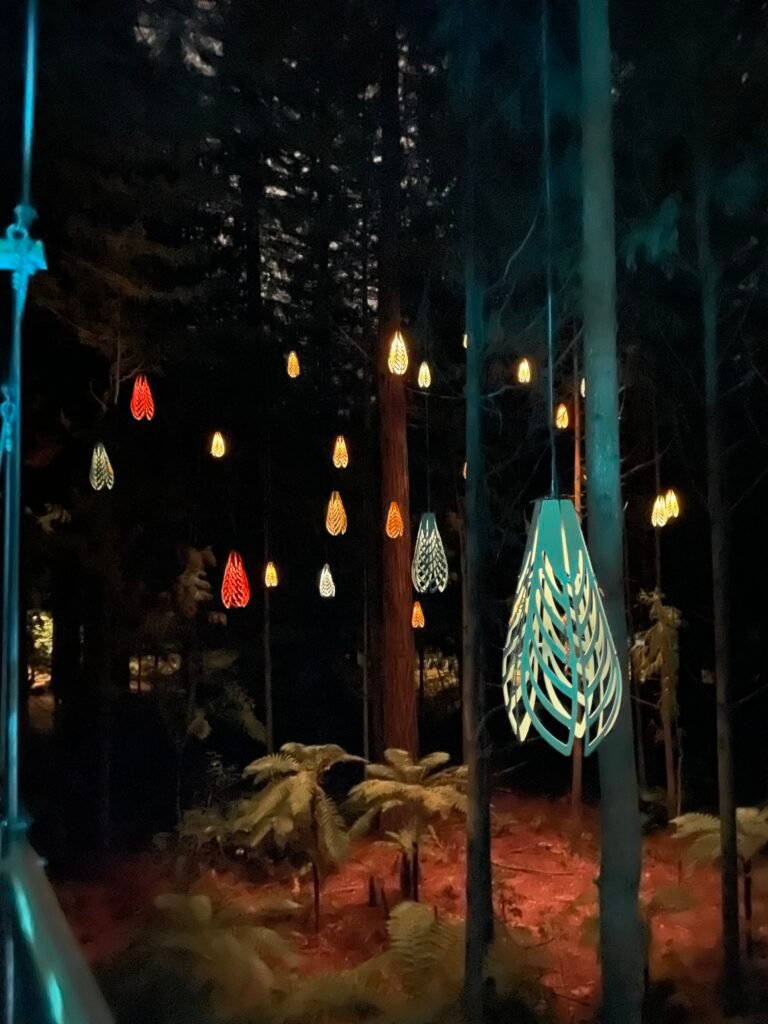


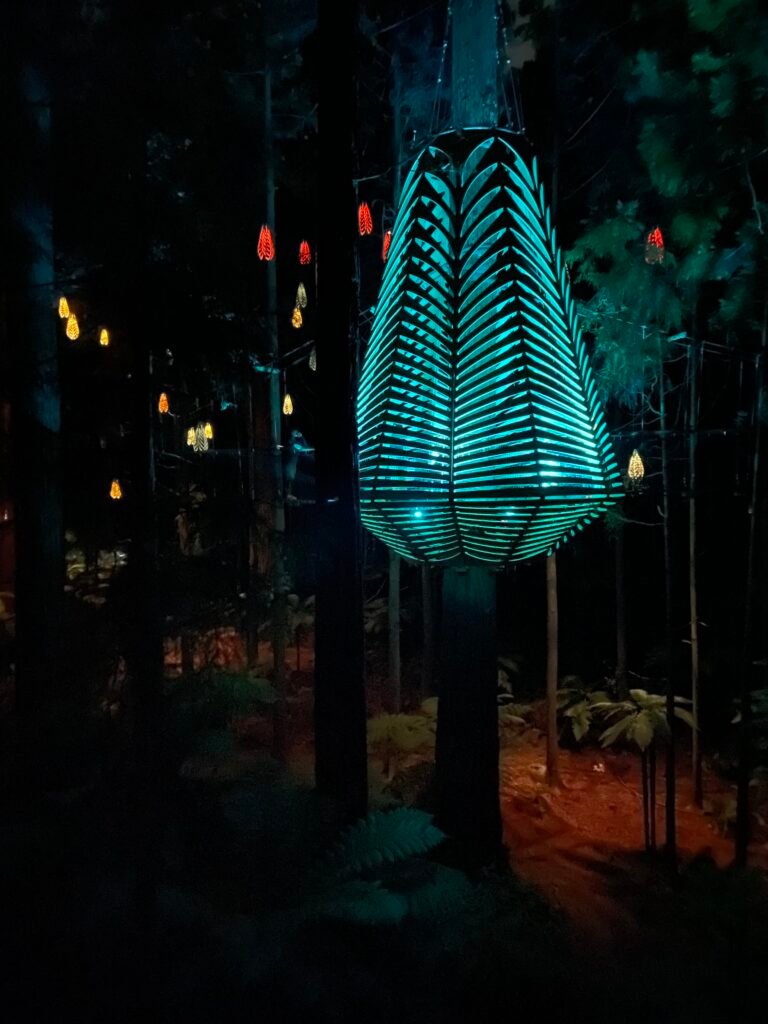
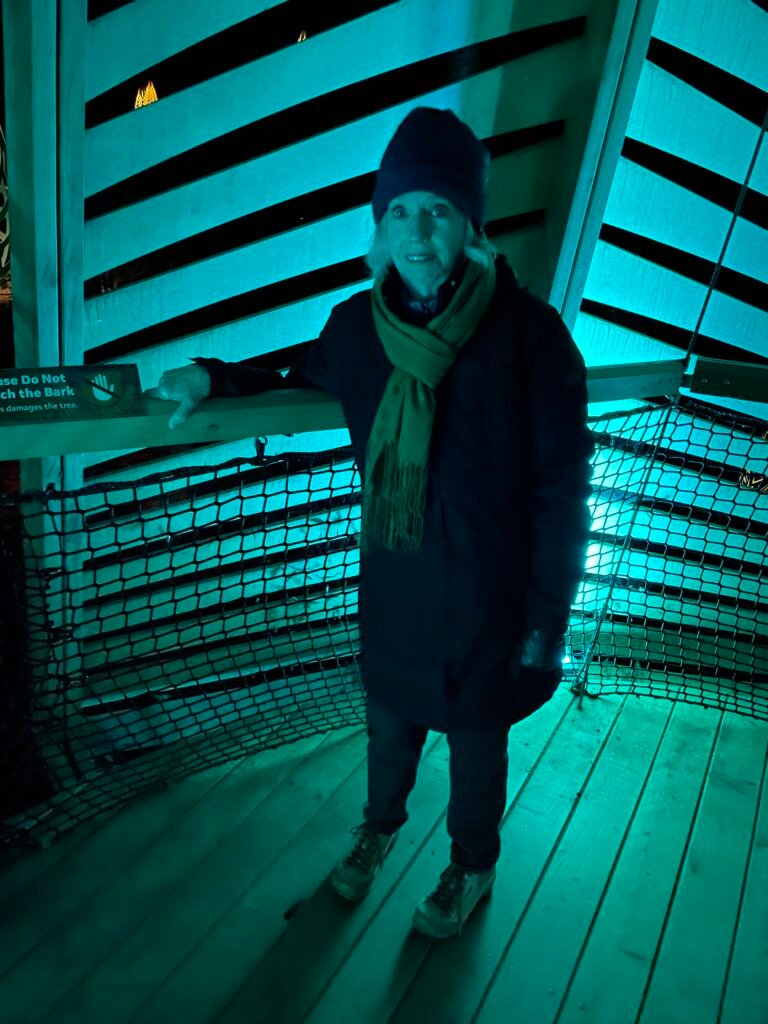
Still clinging for dear life.


The swing bridge

